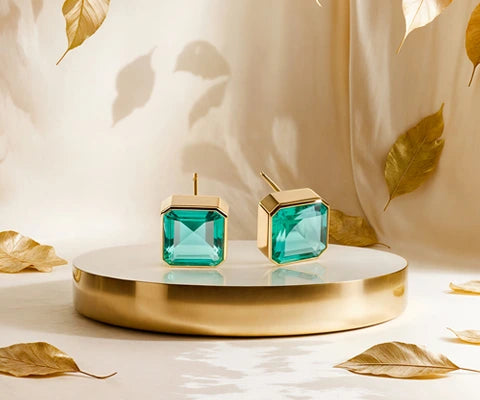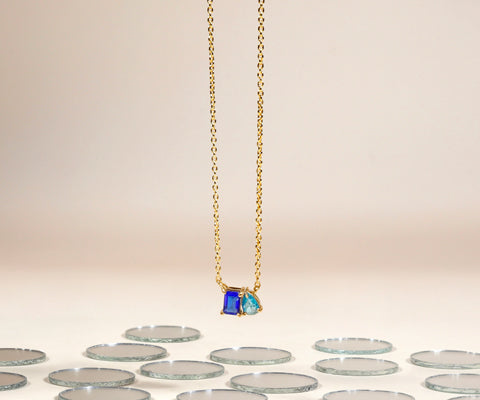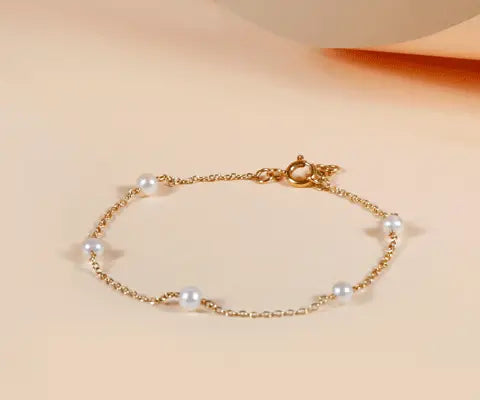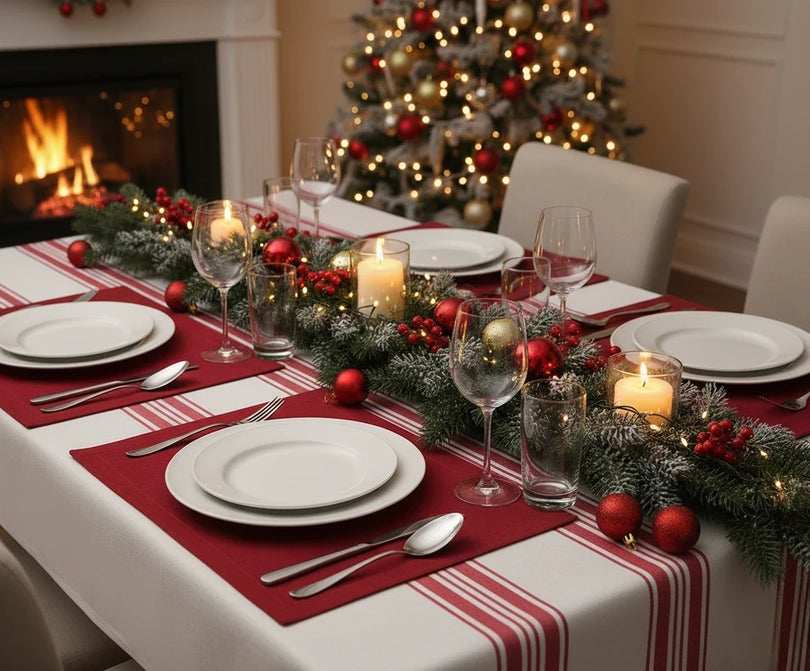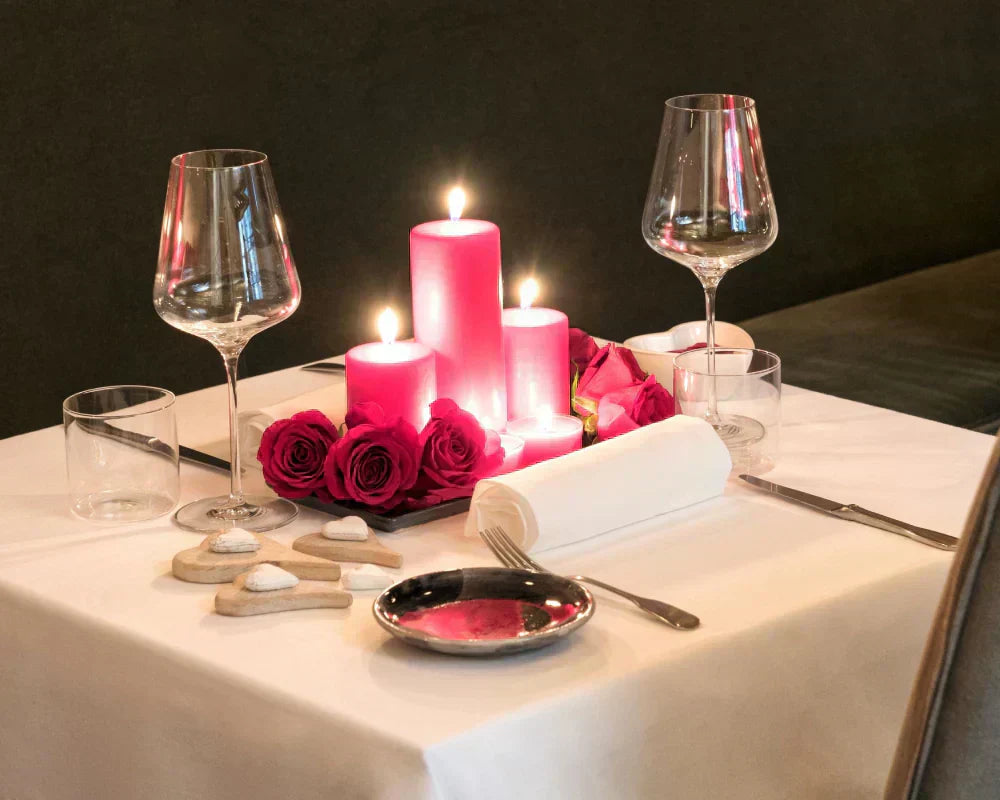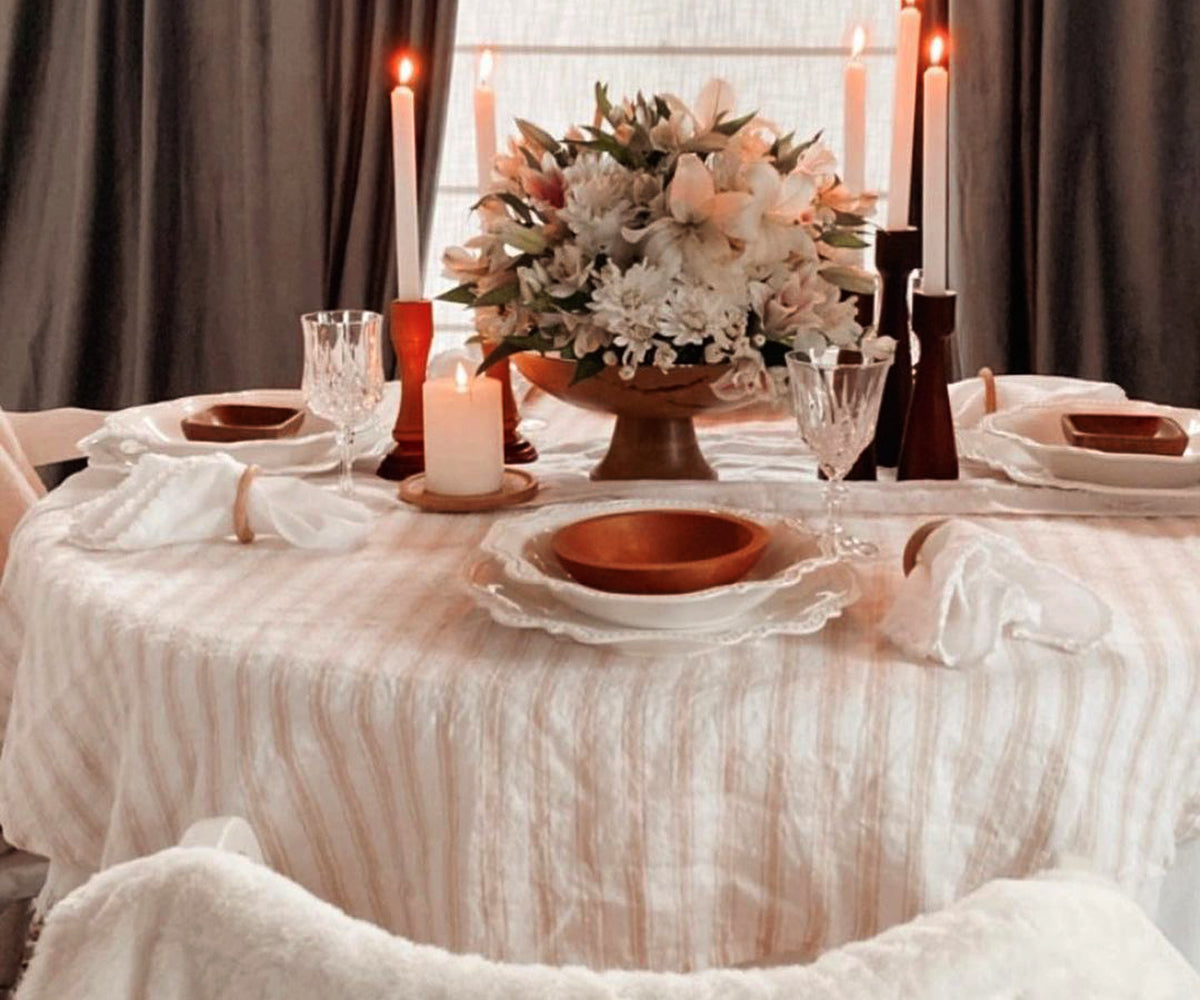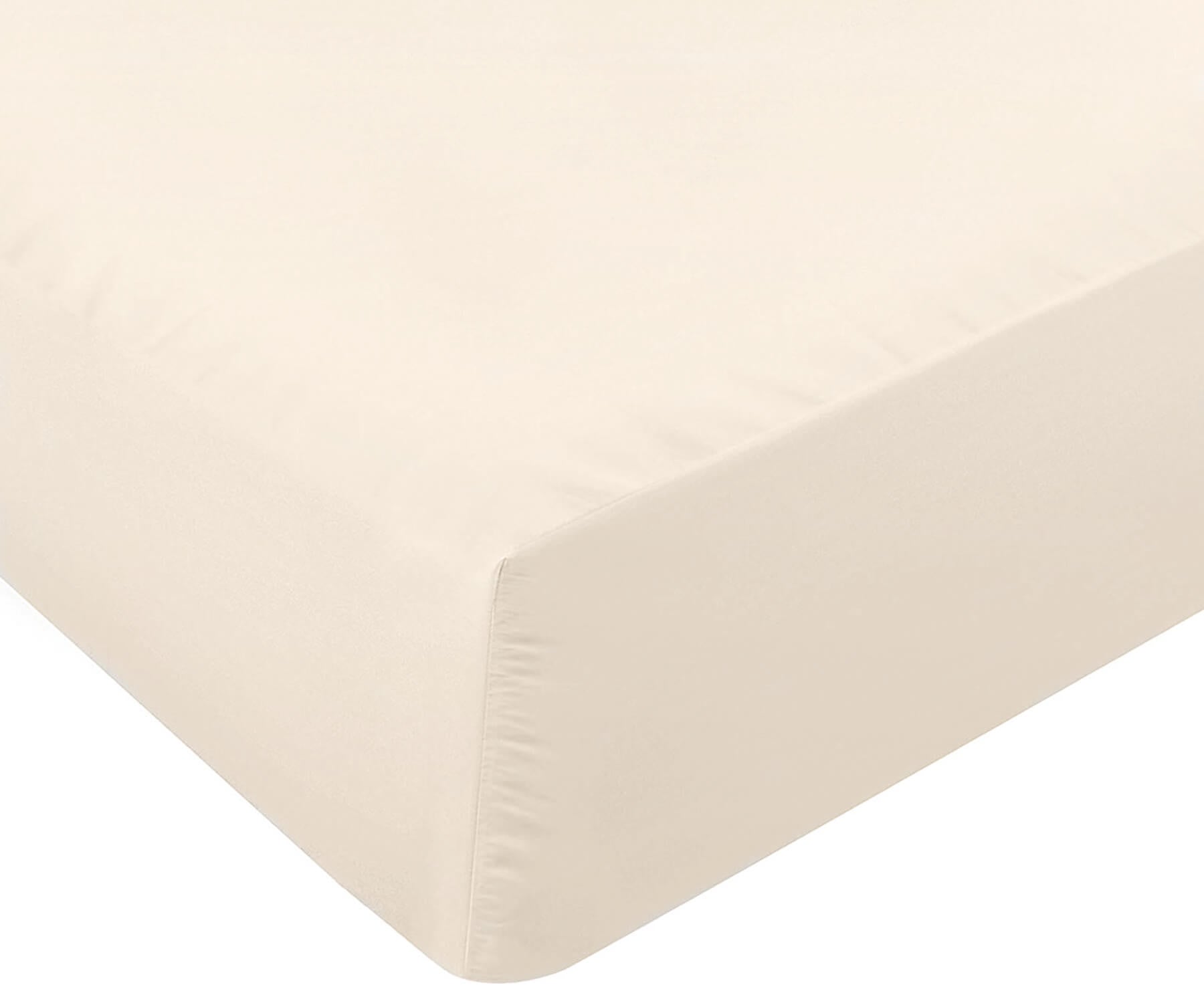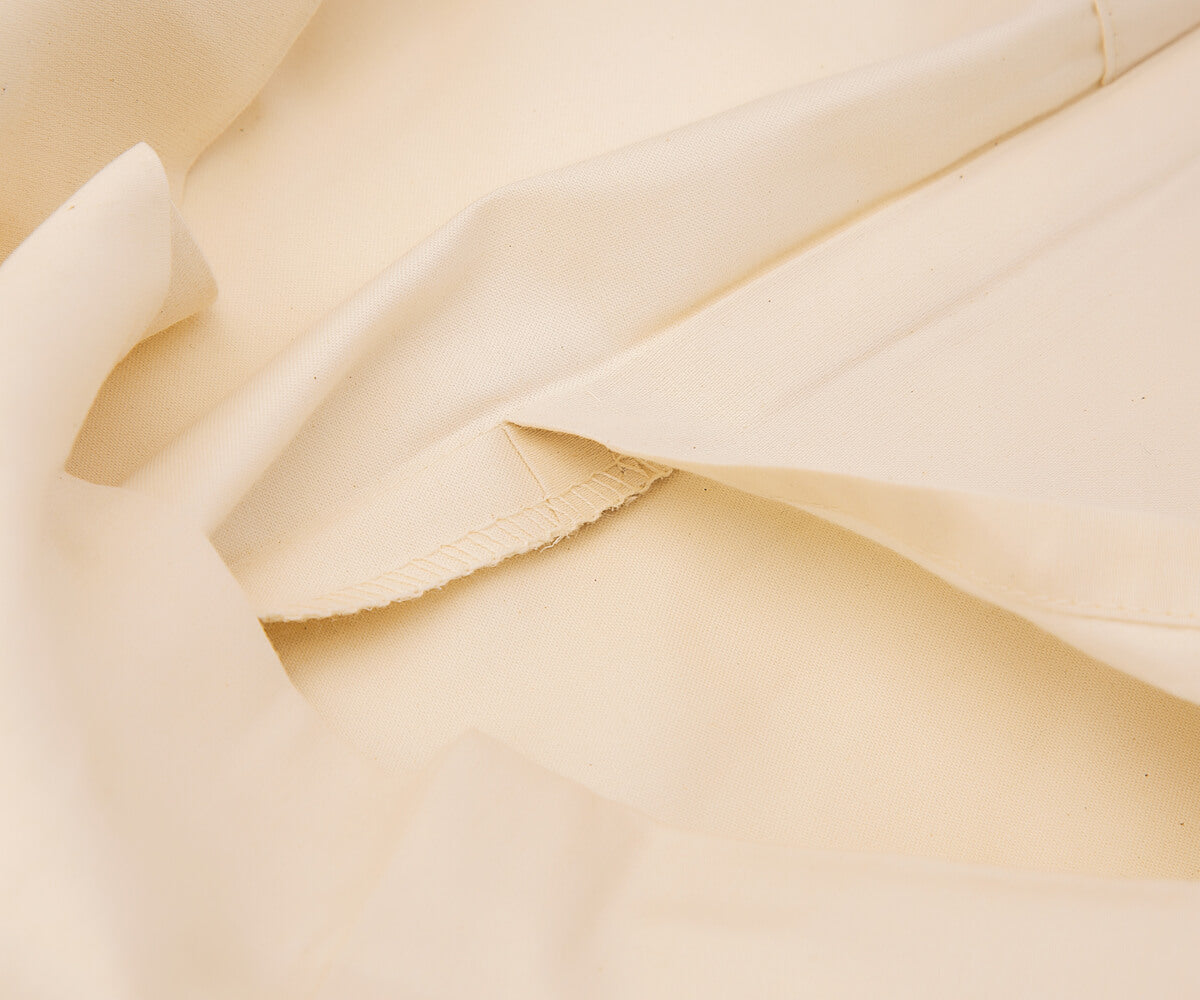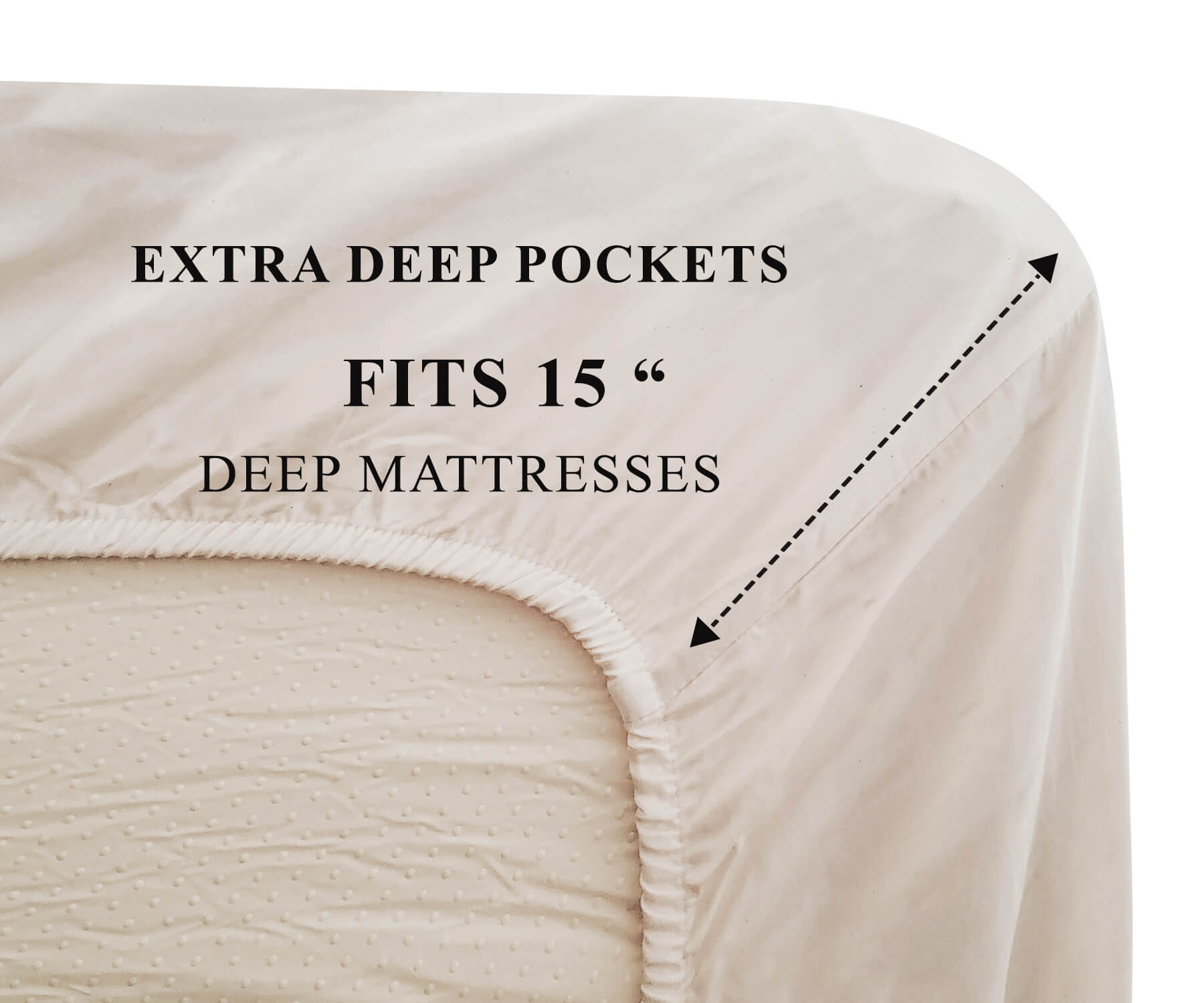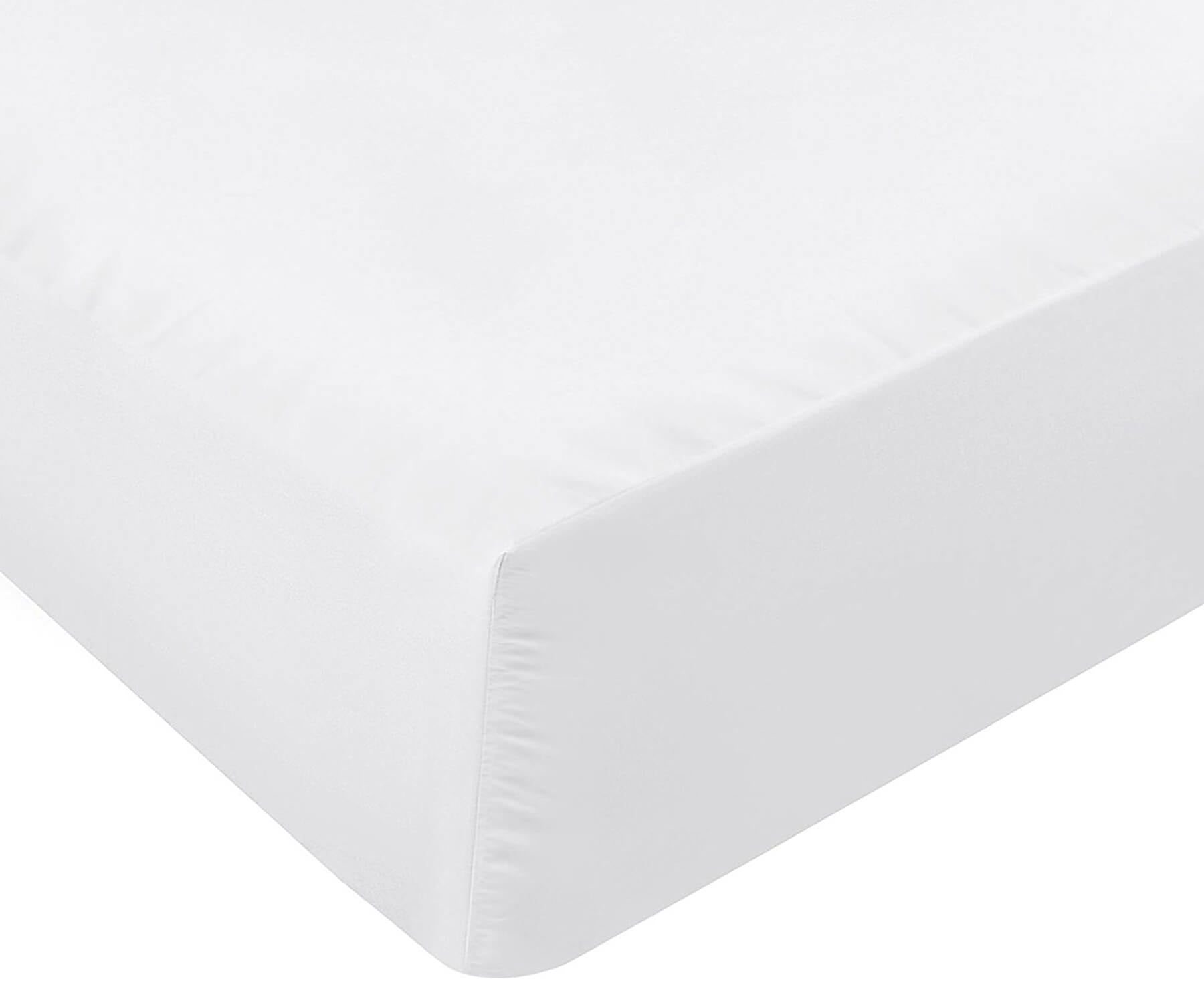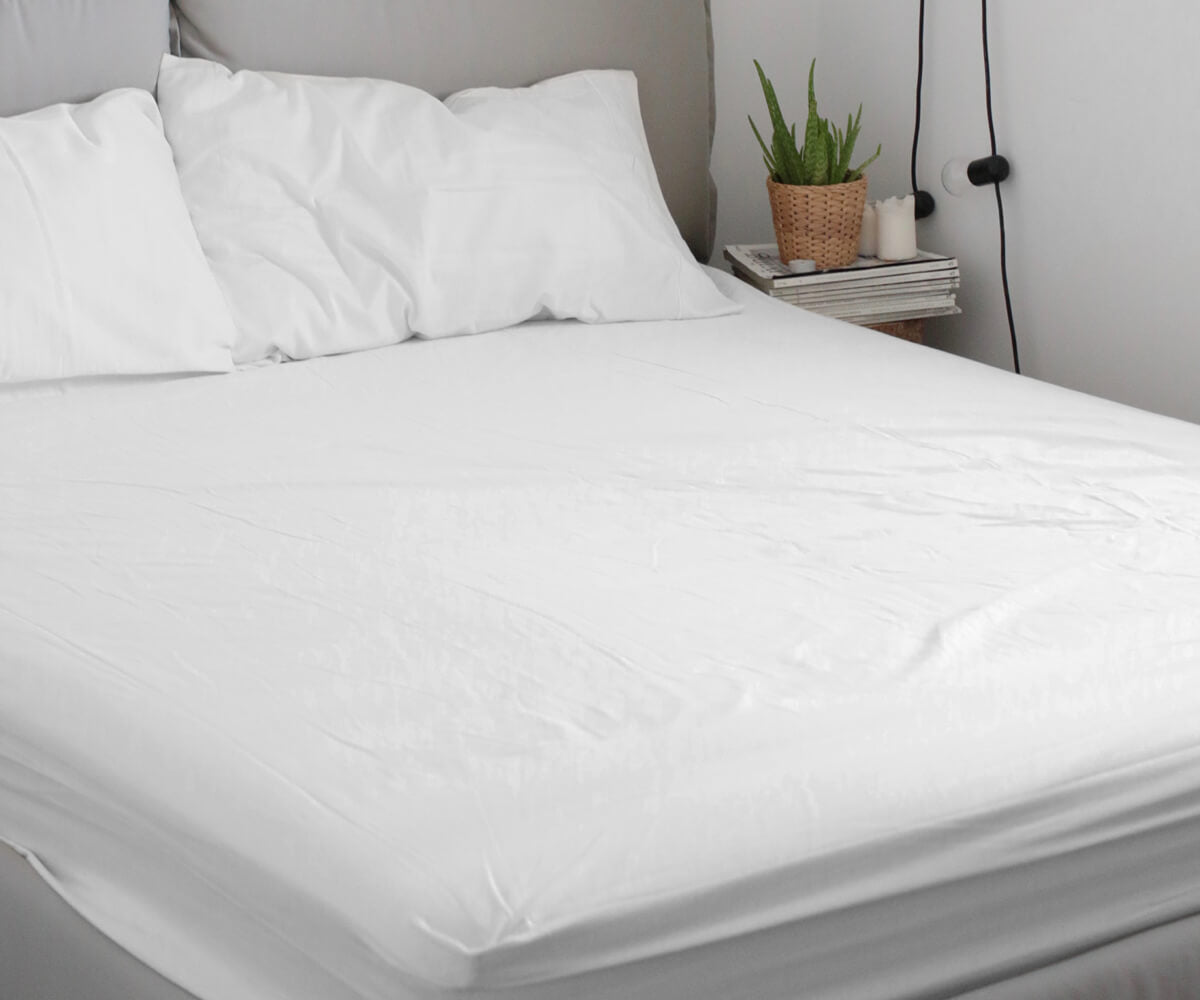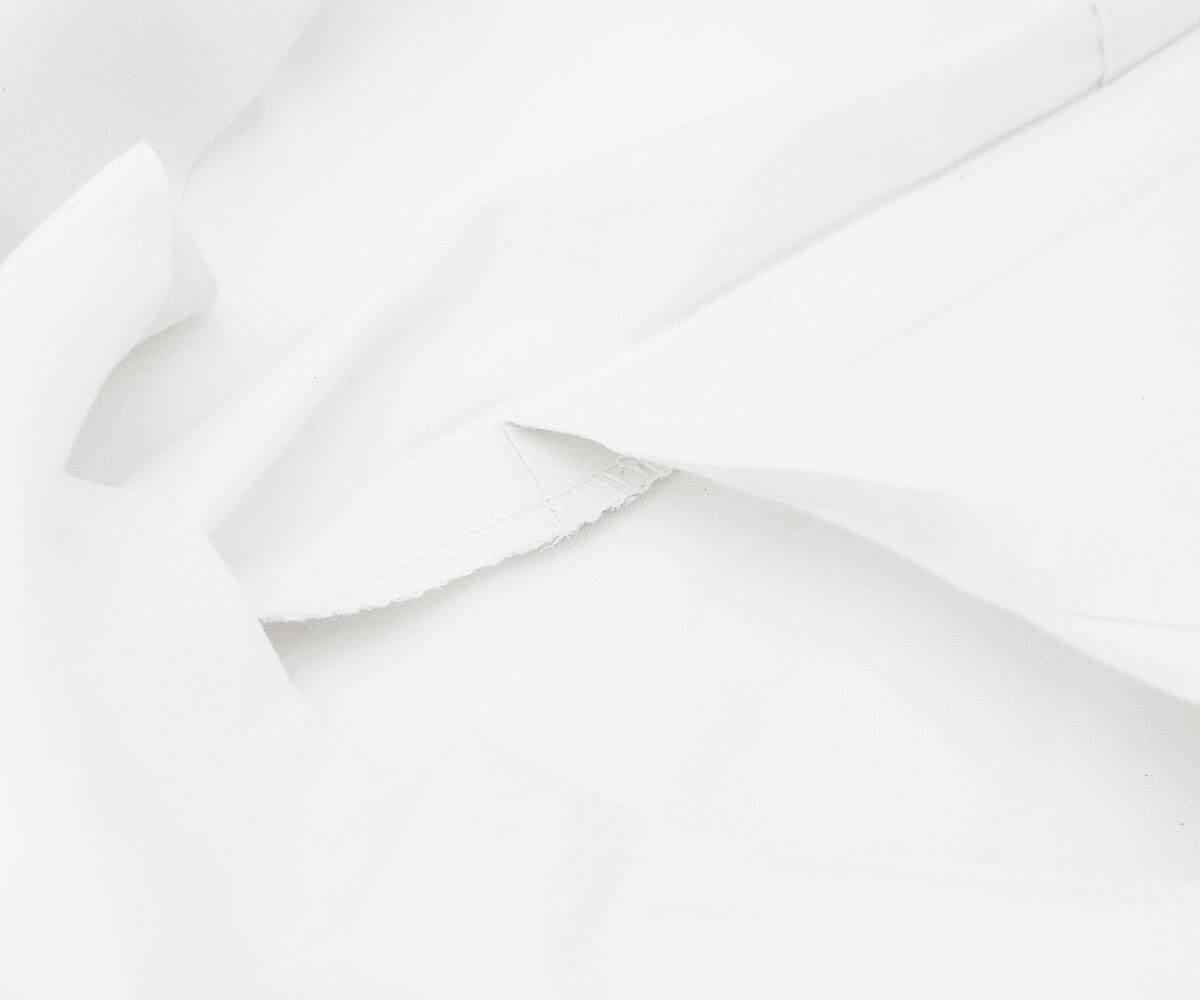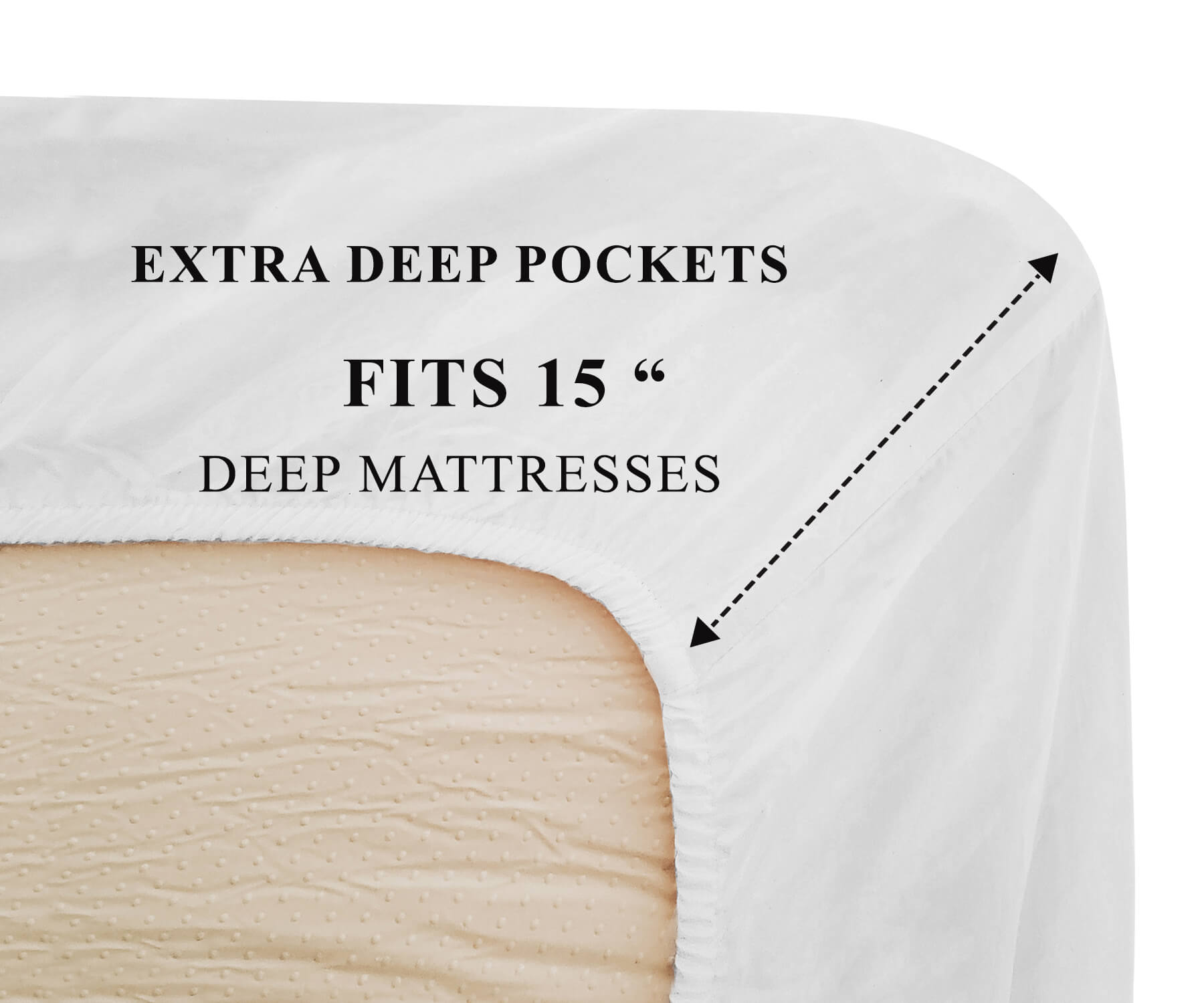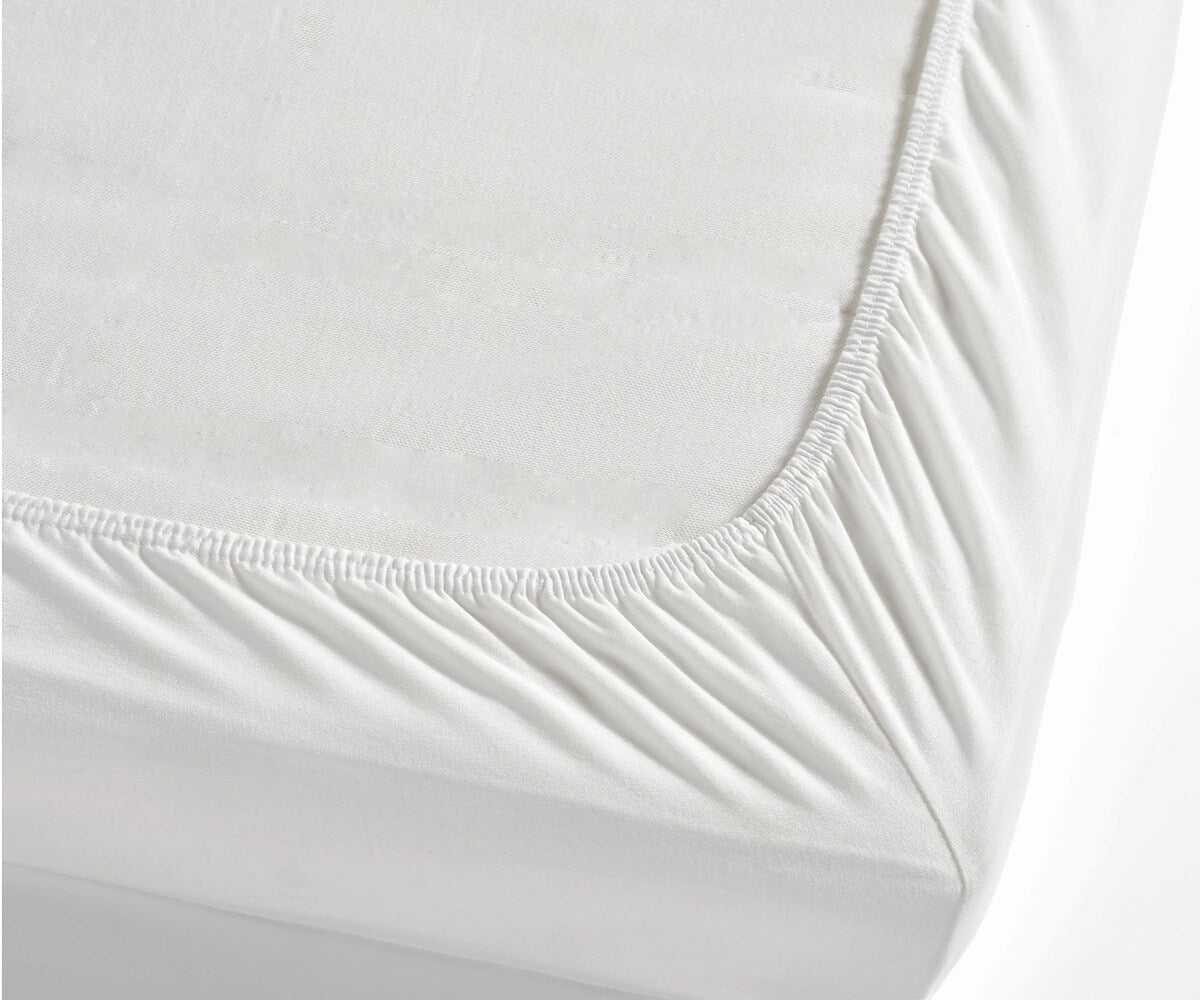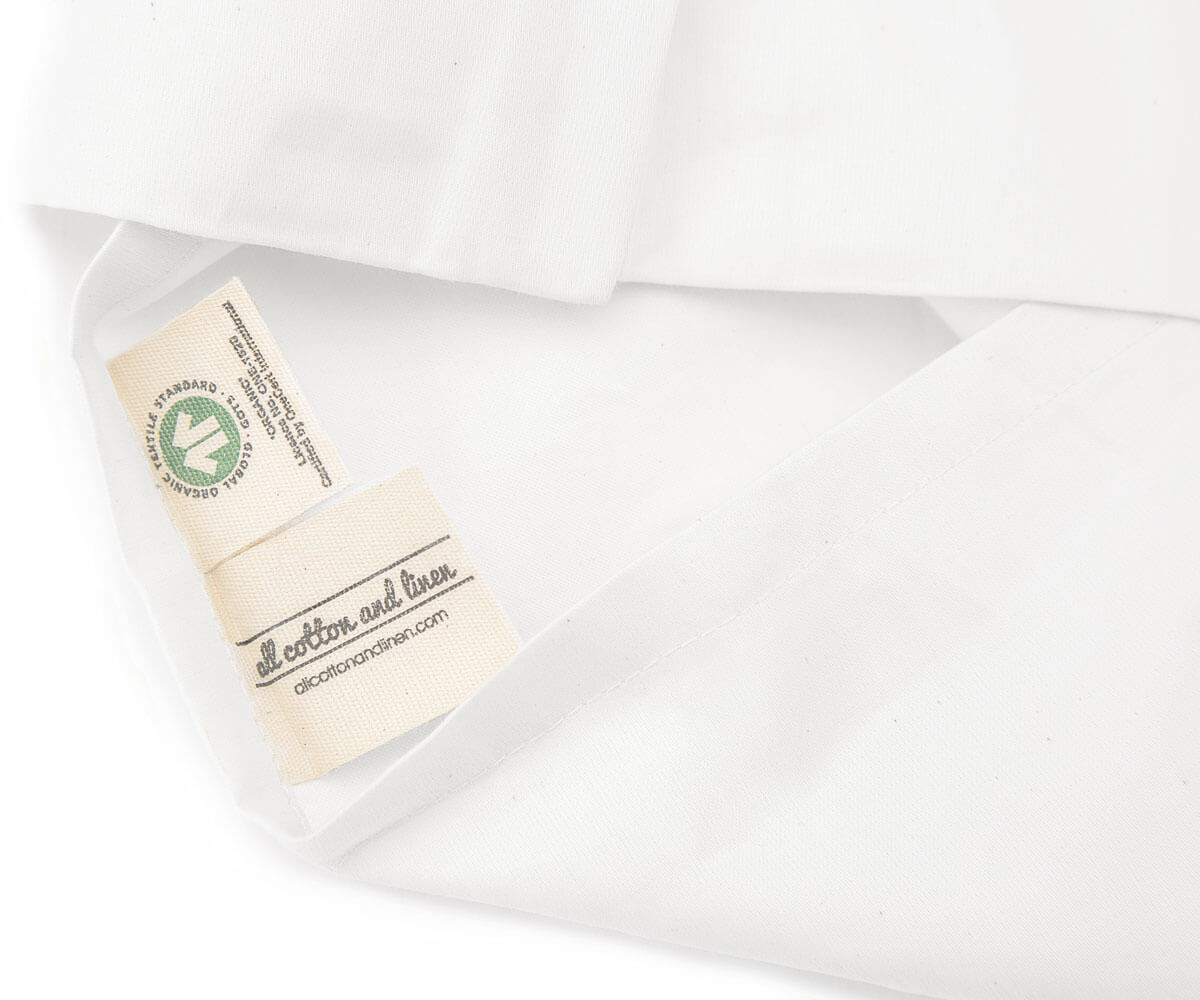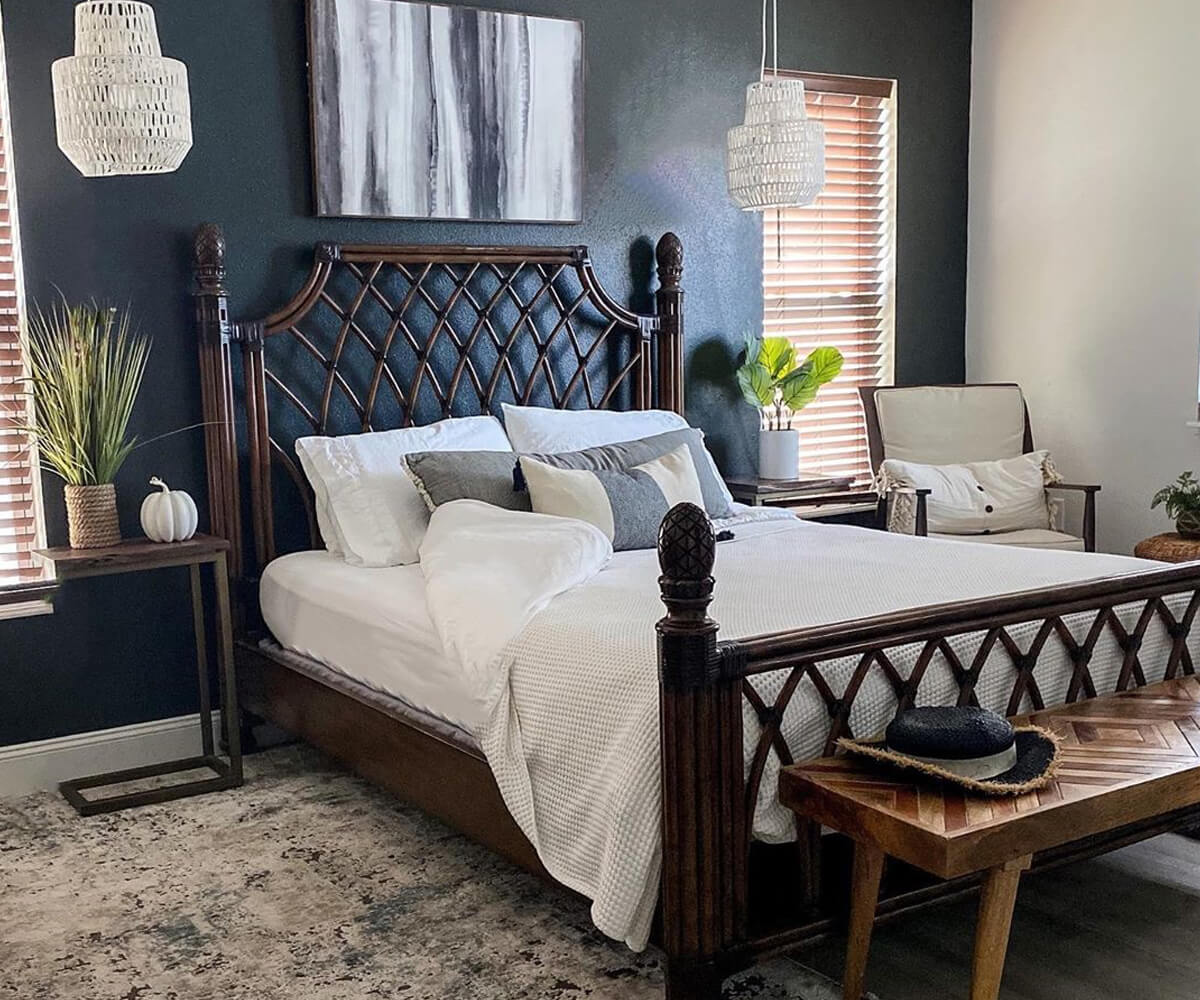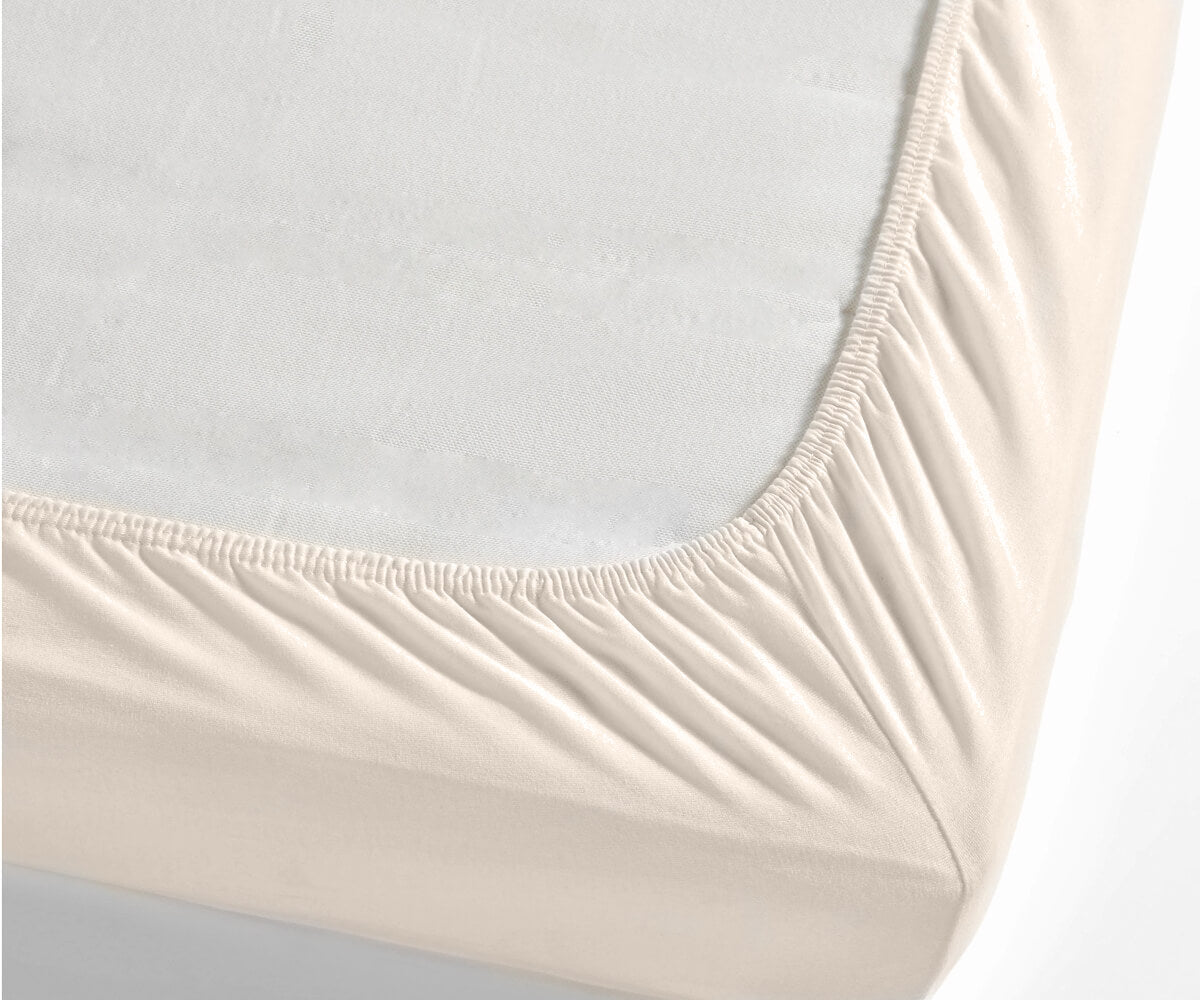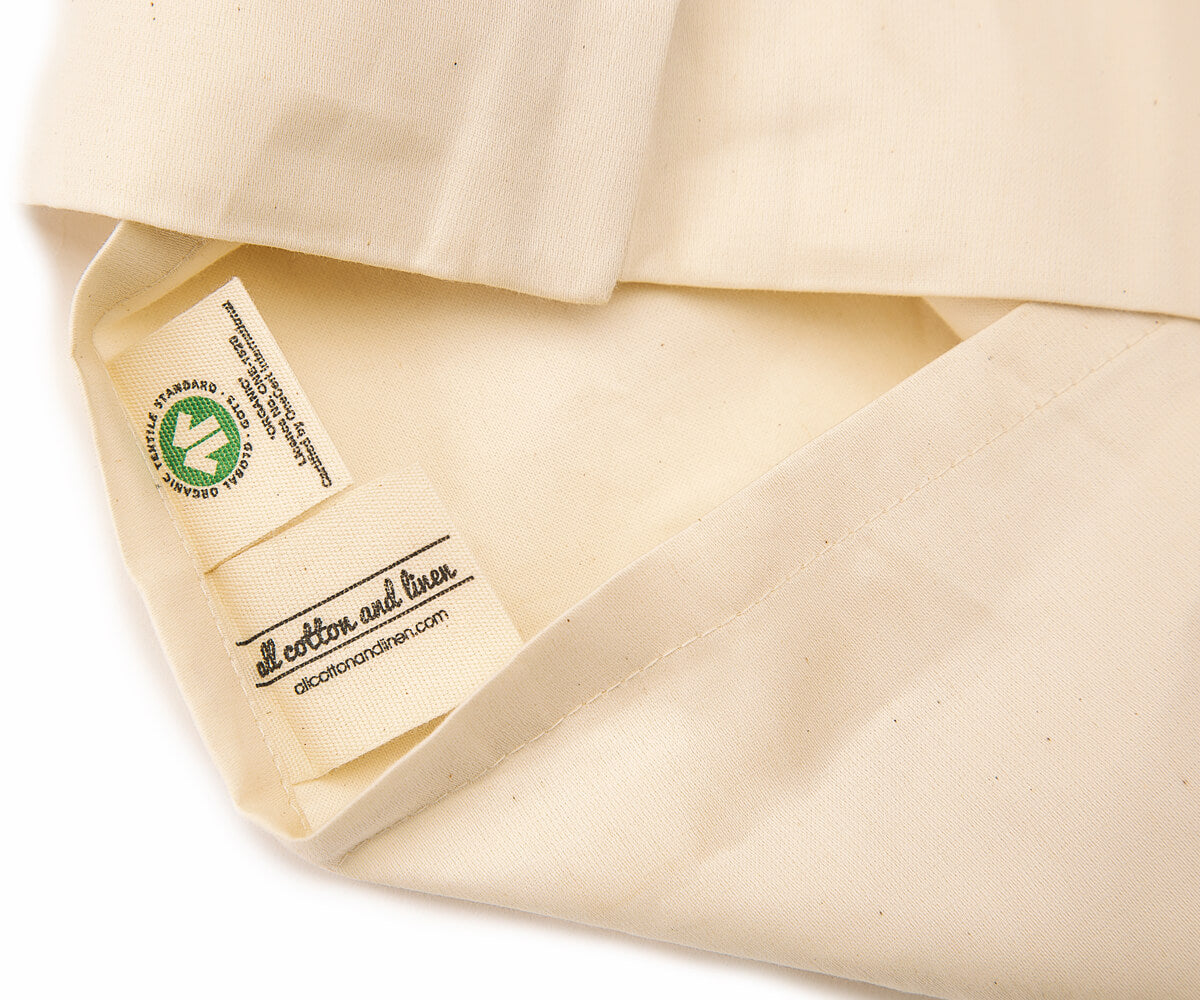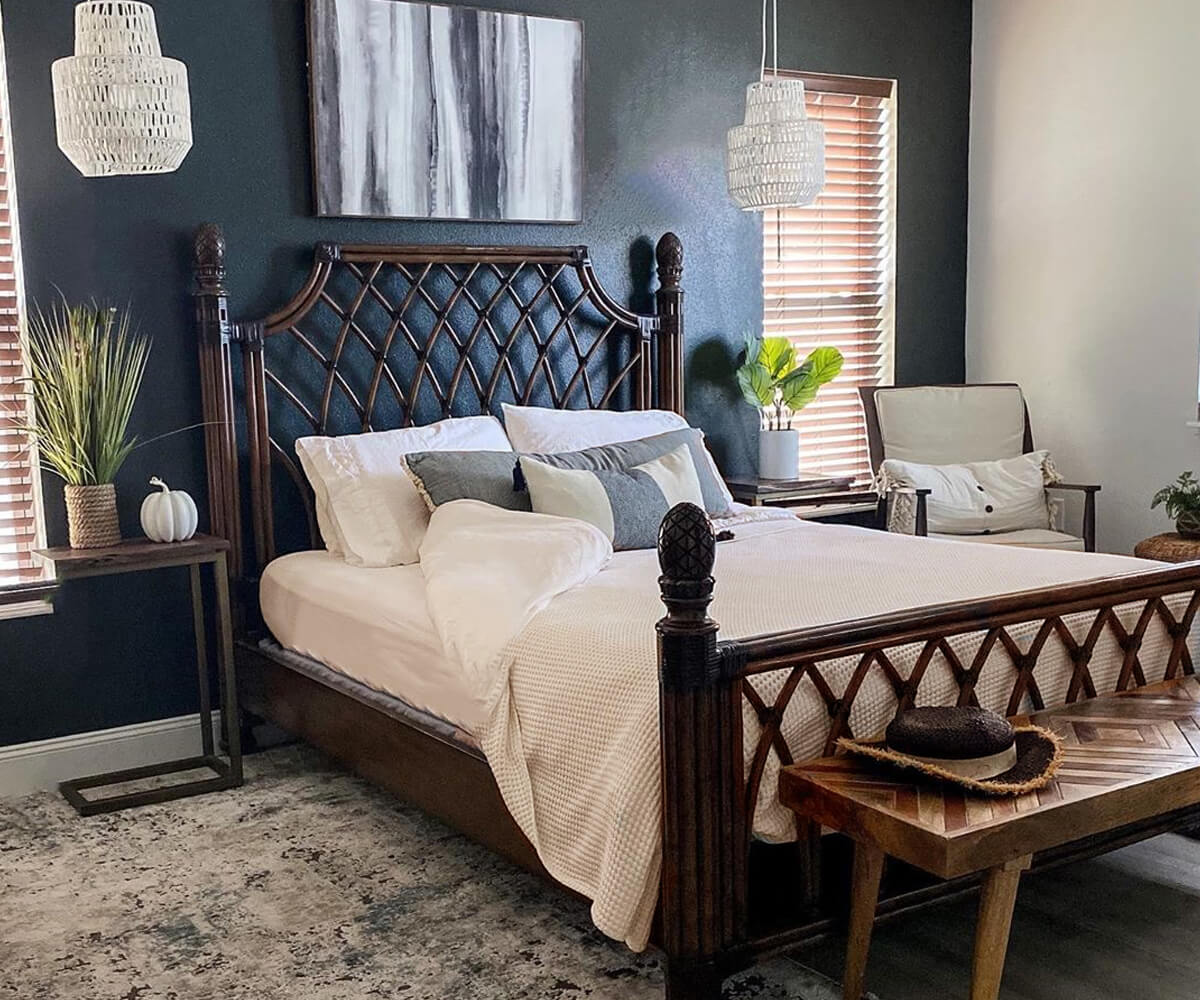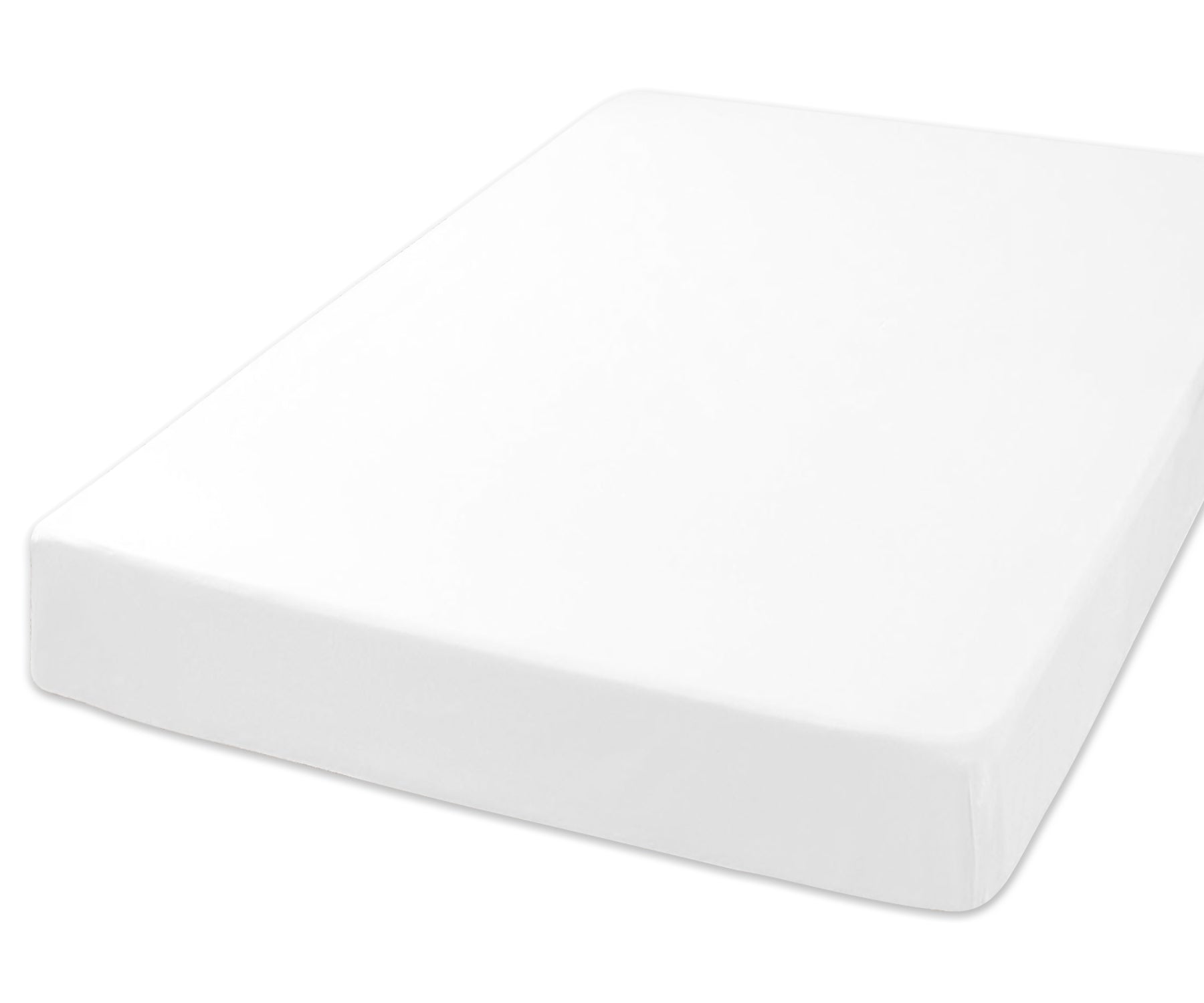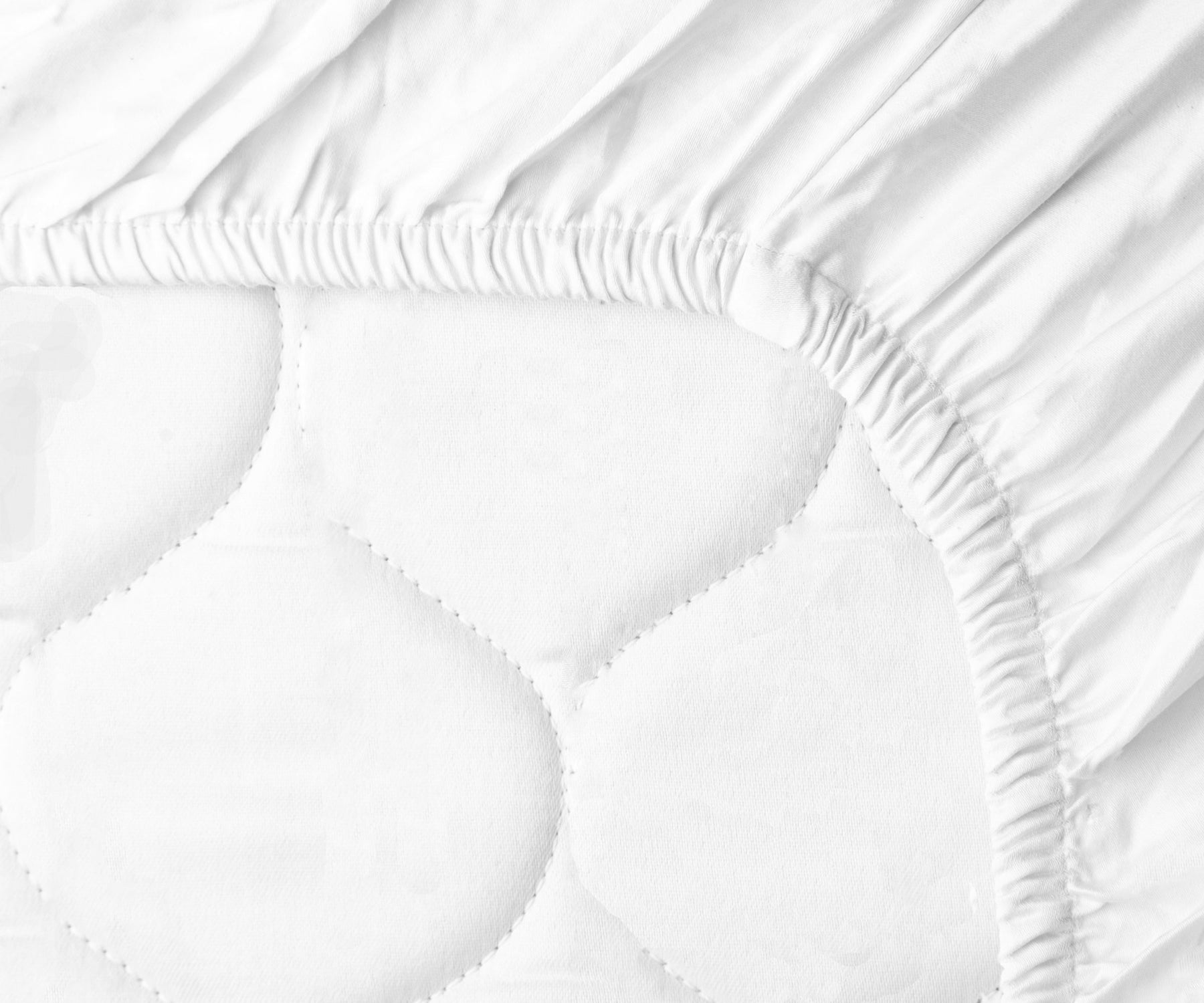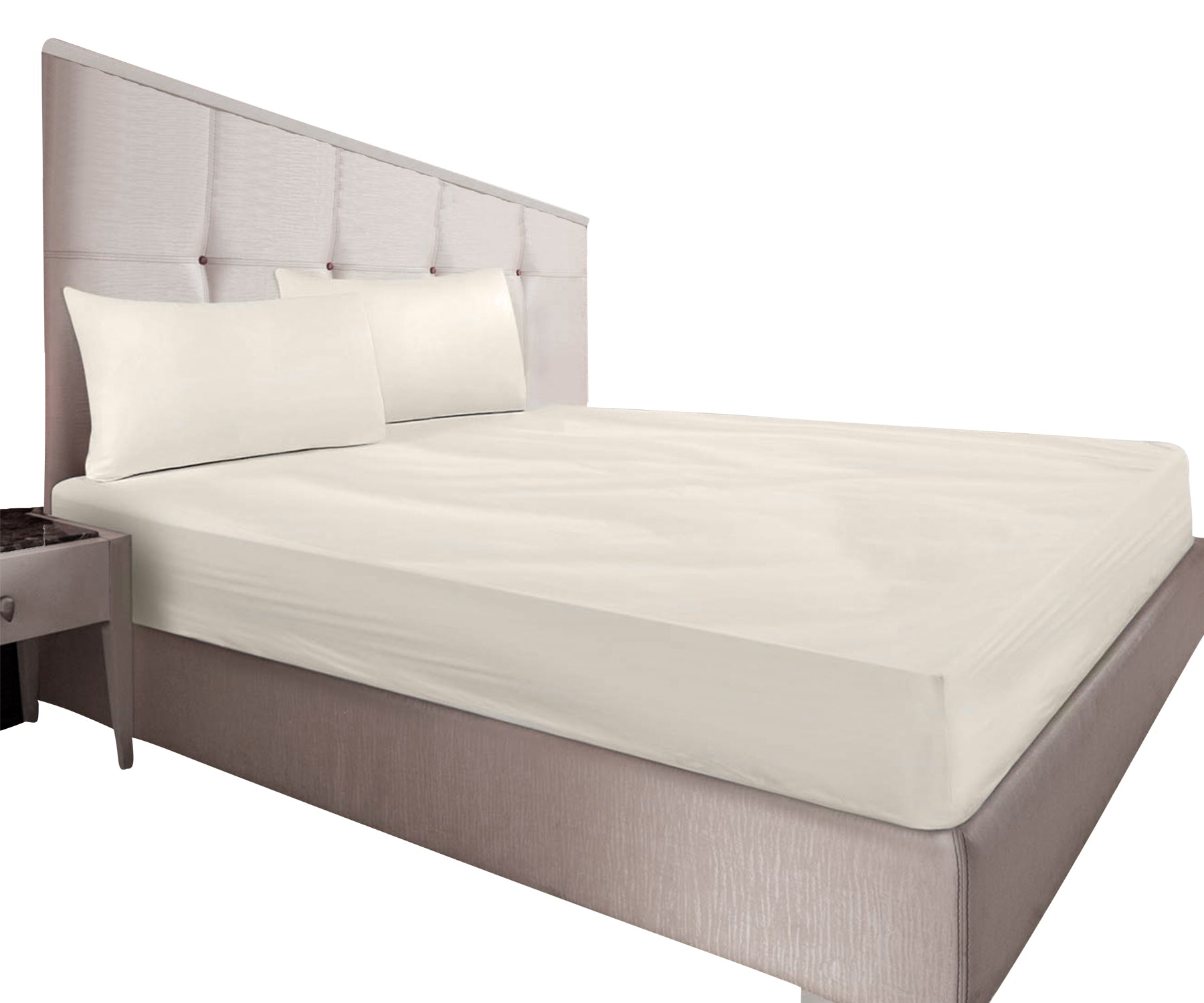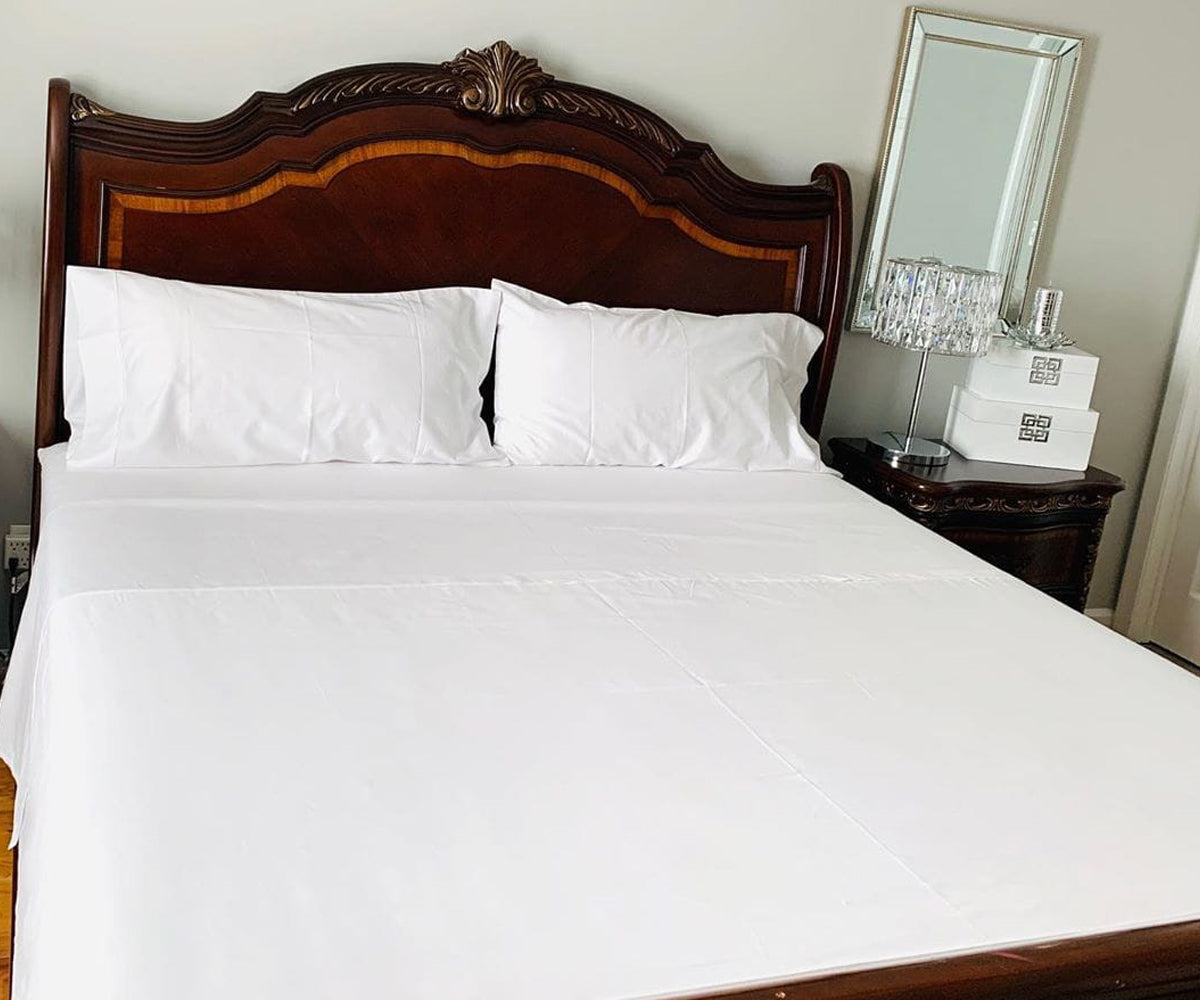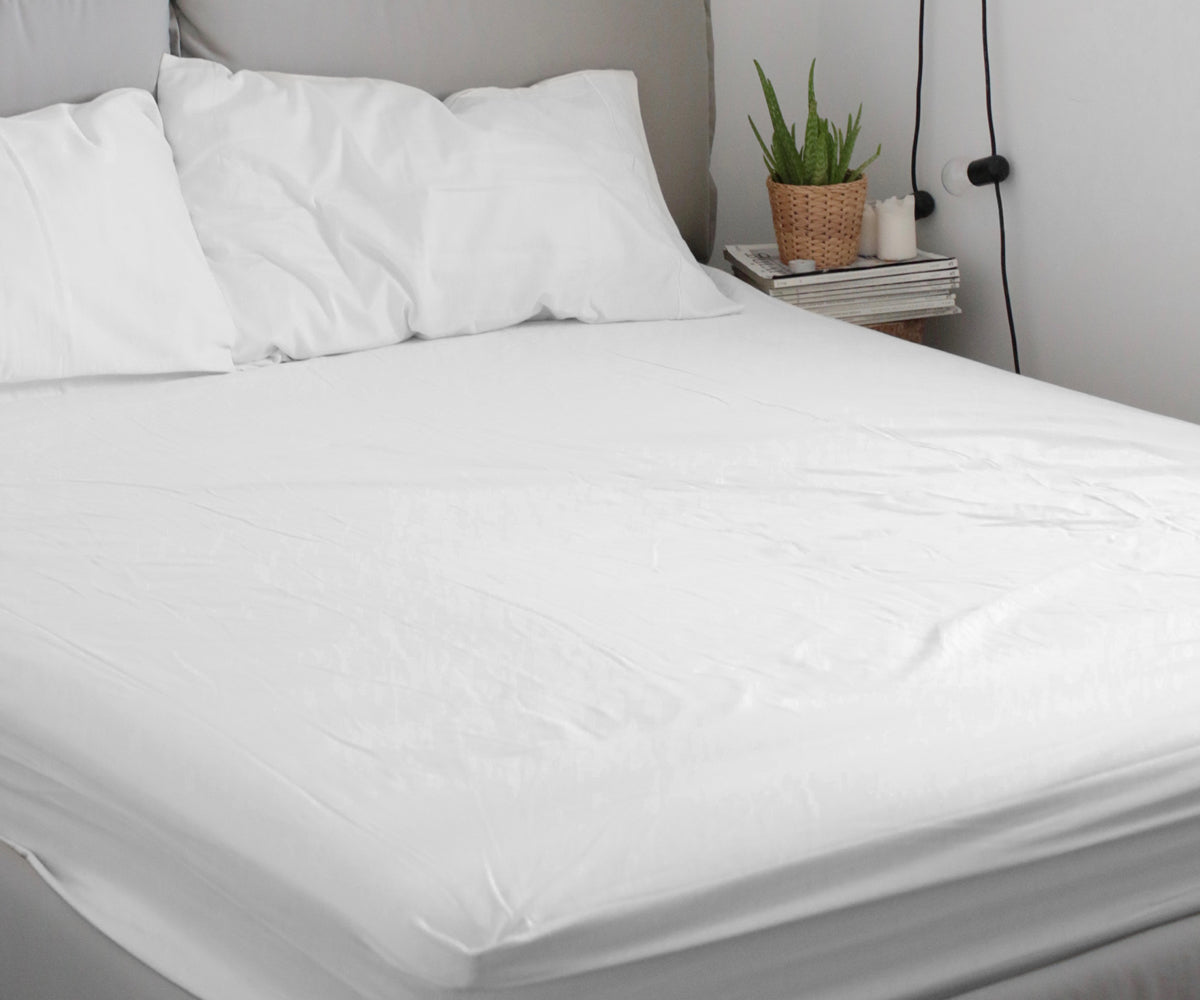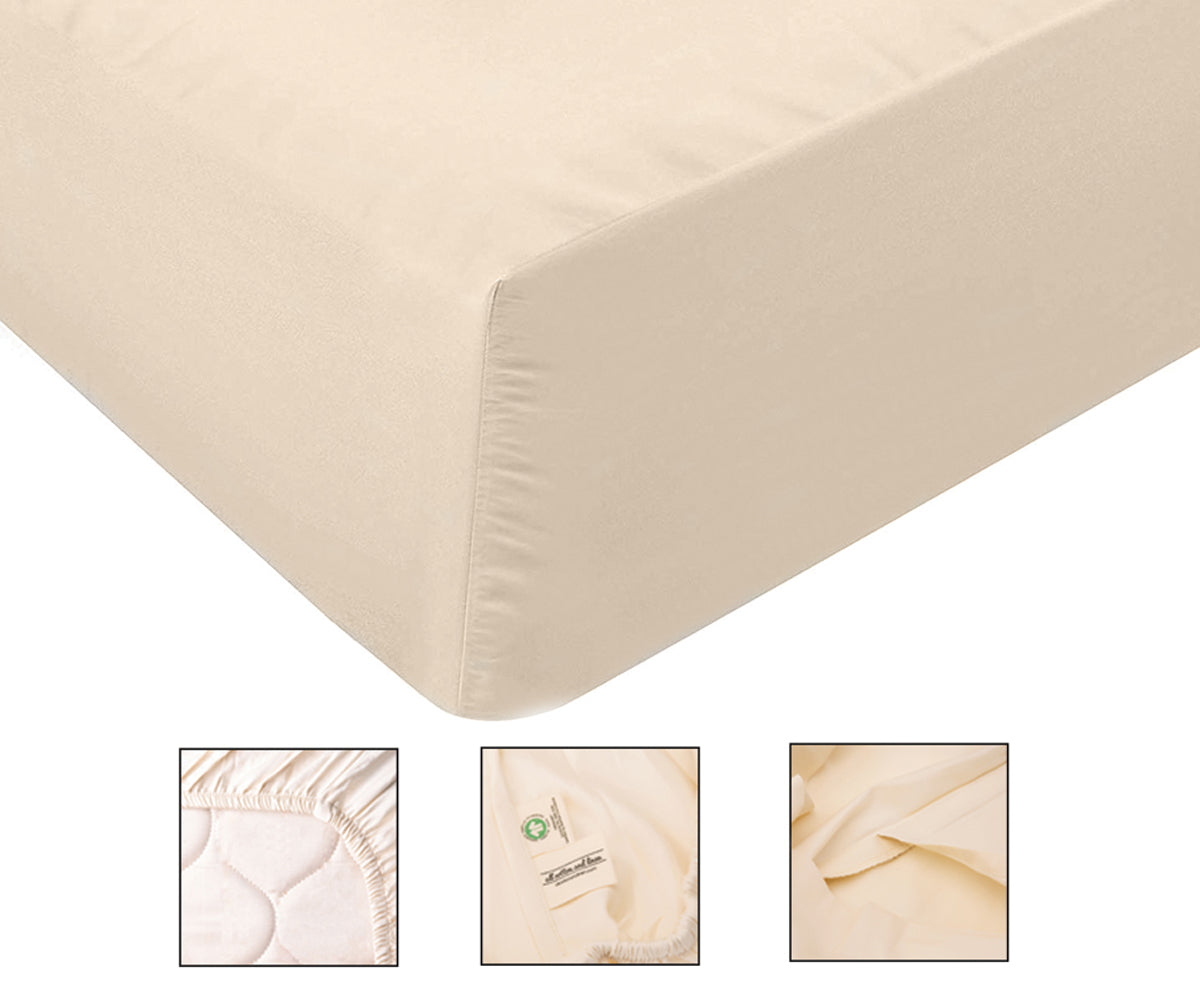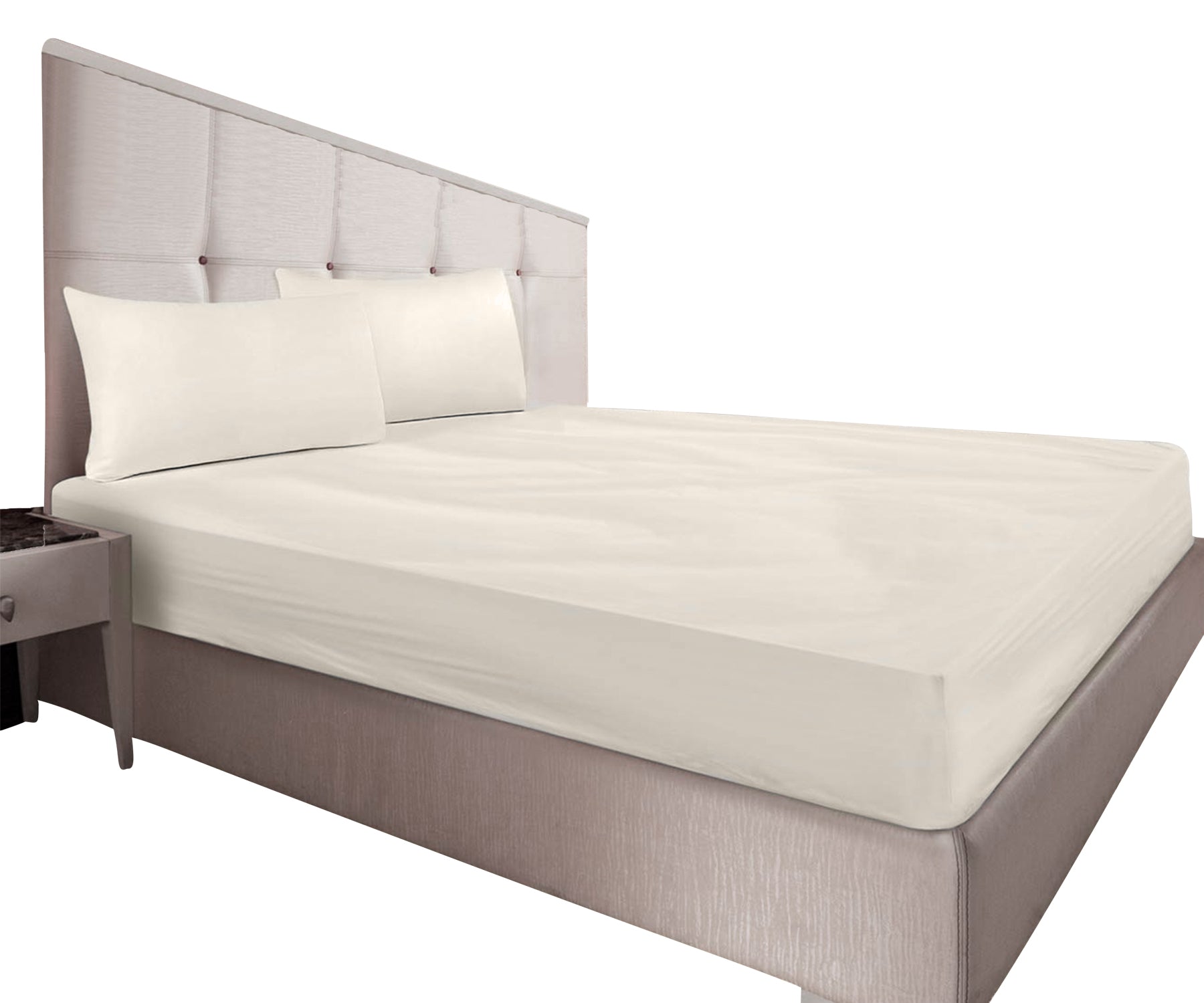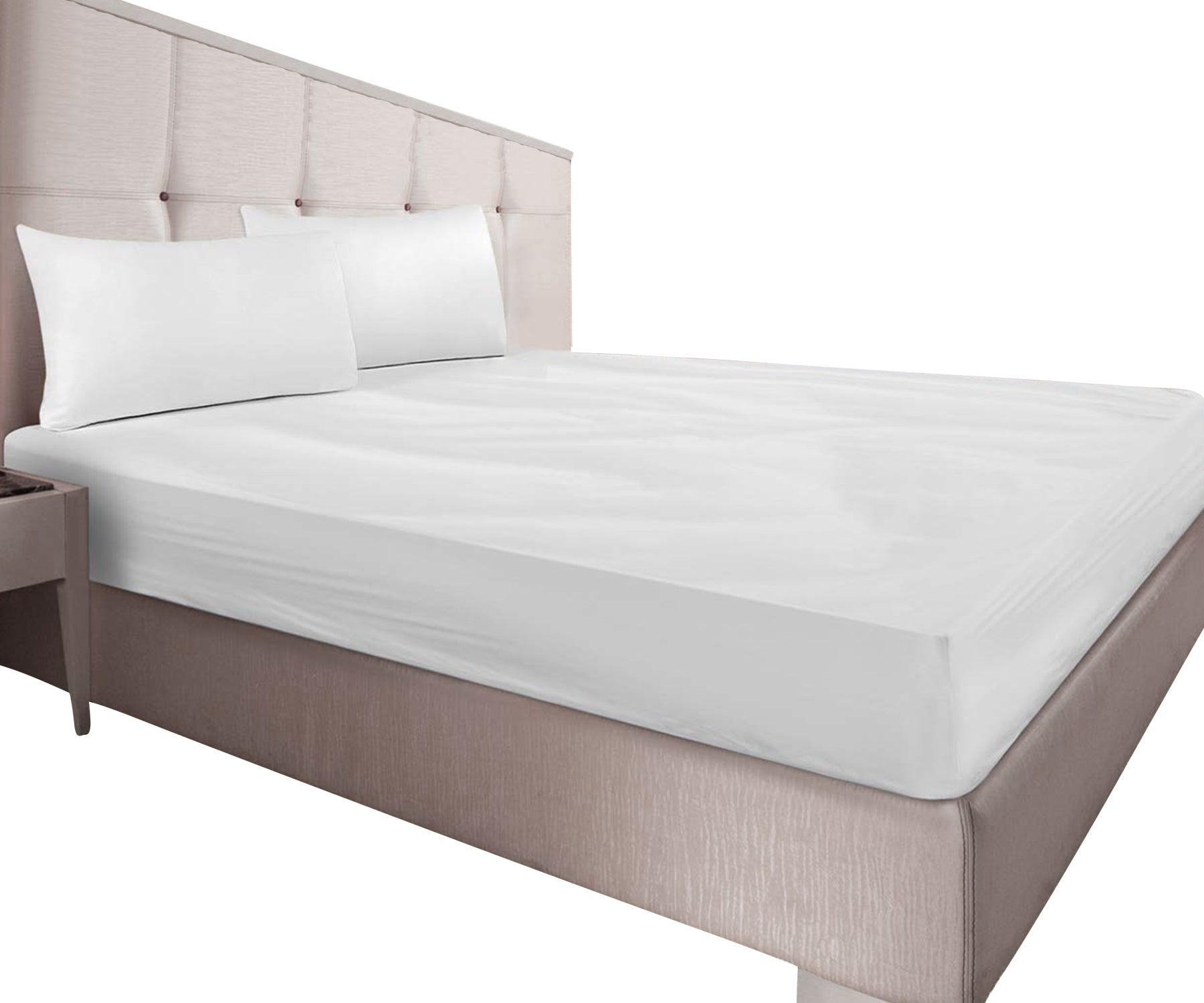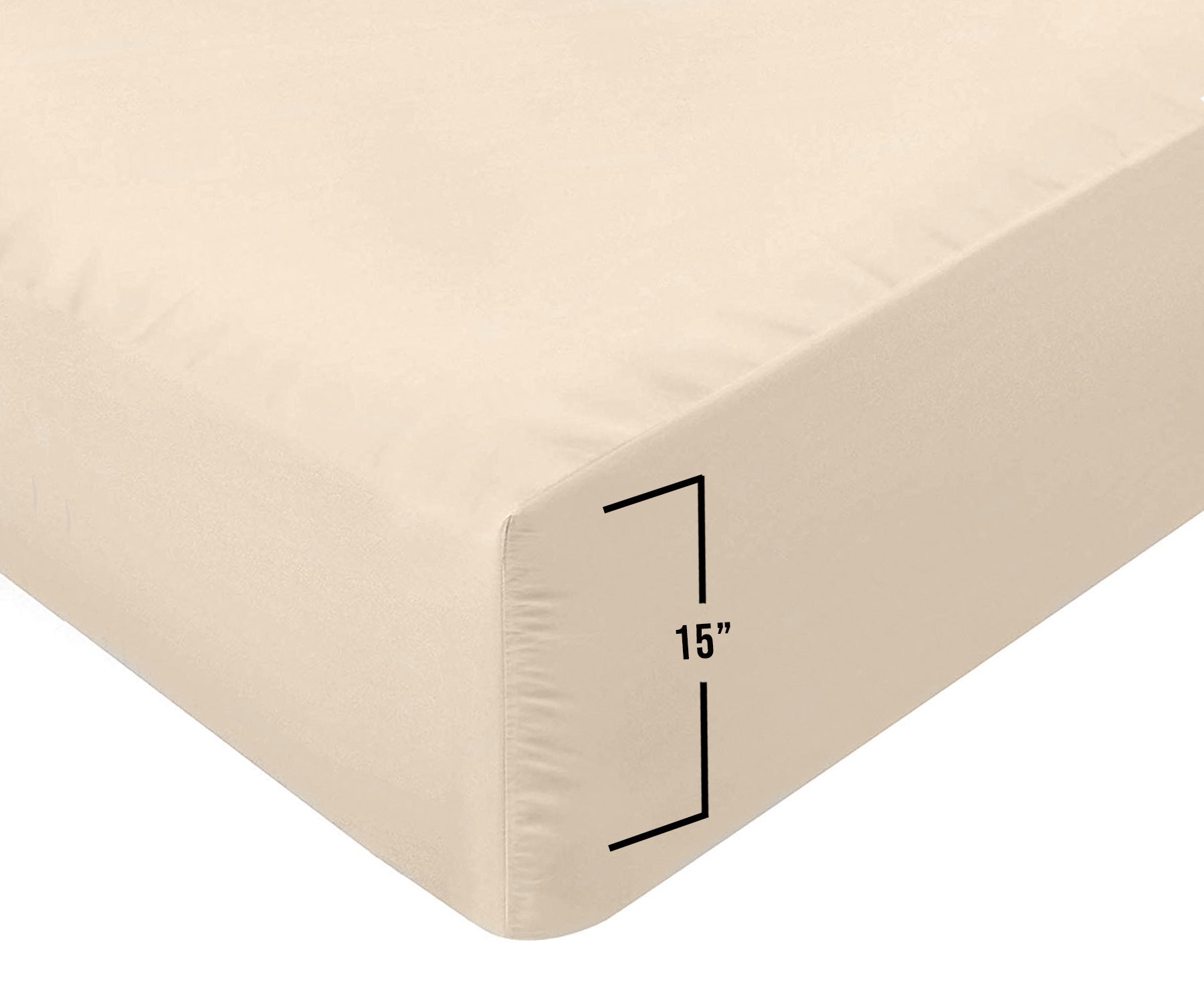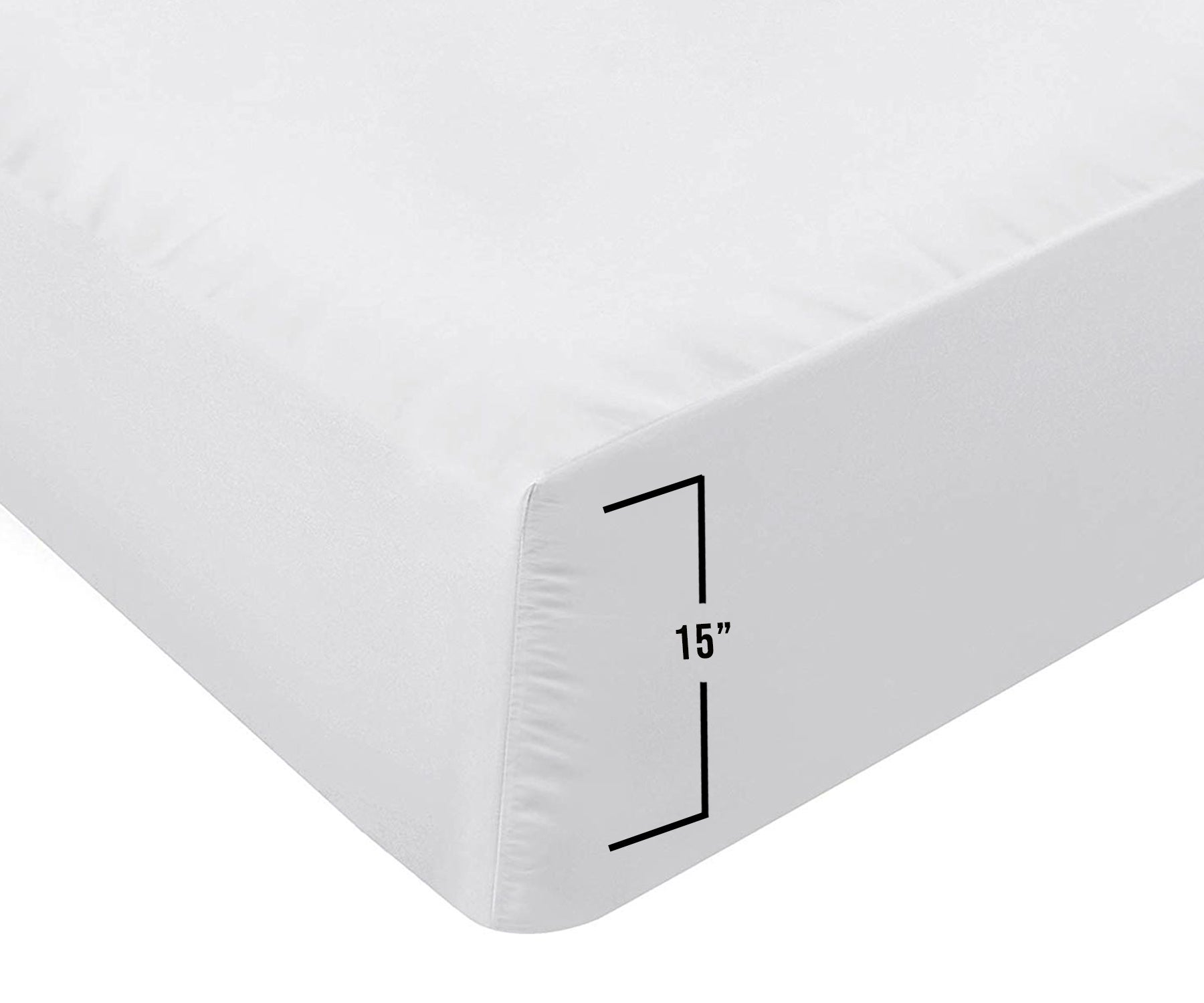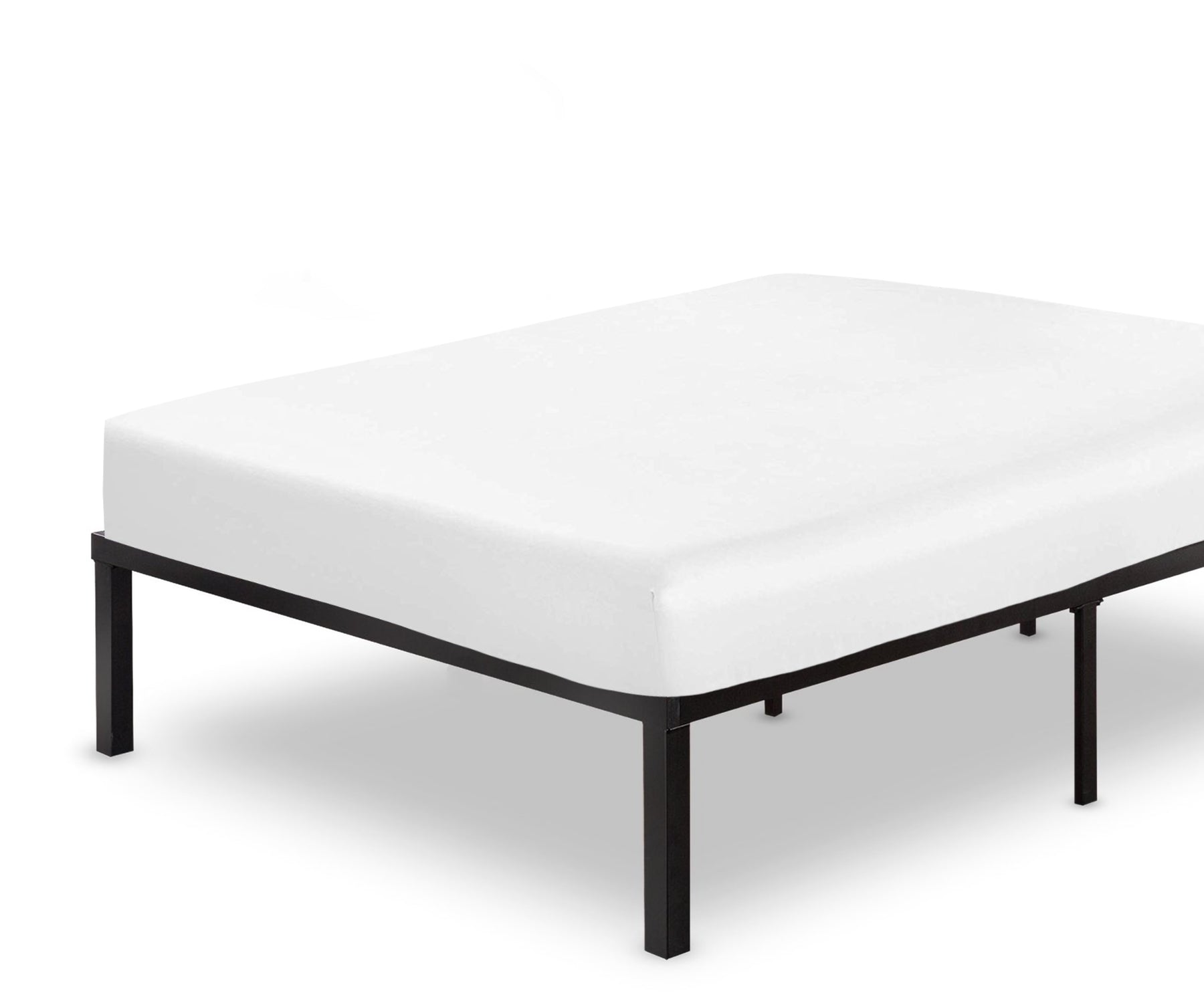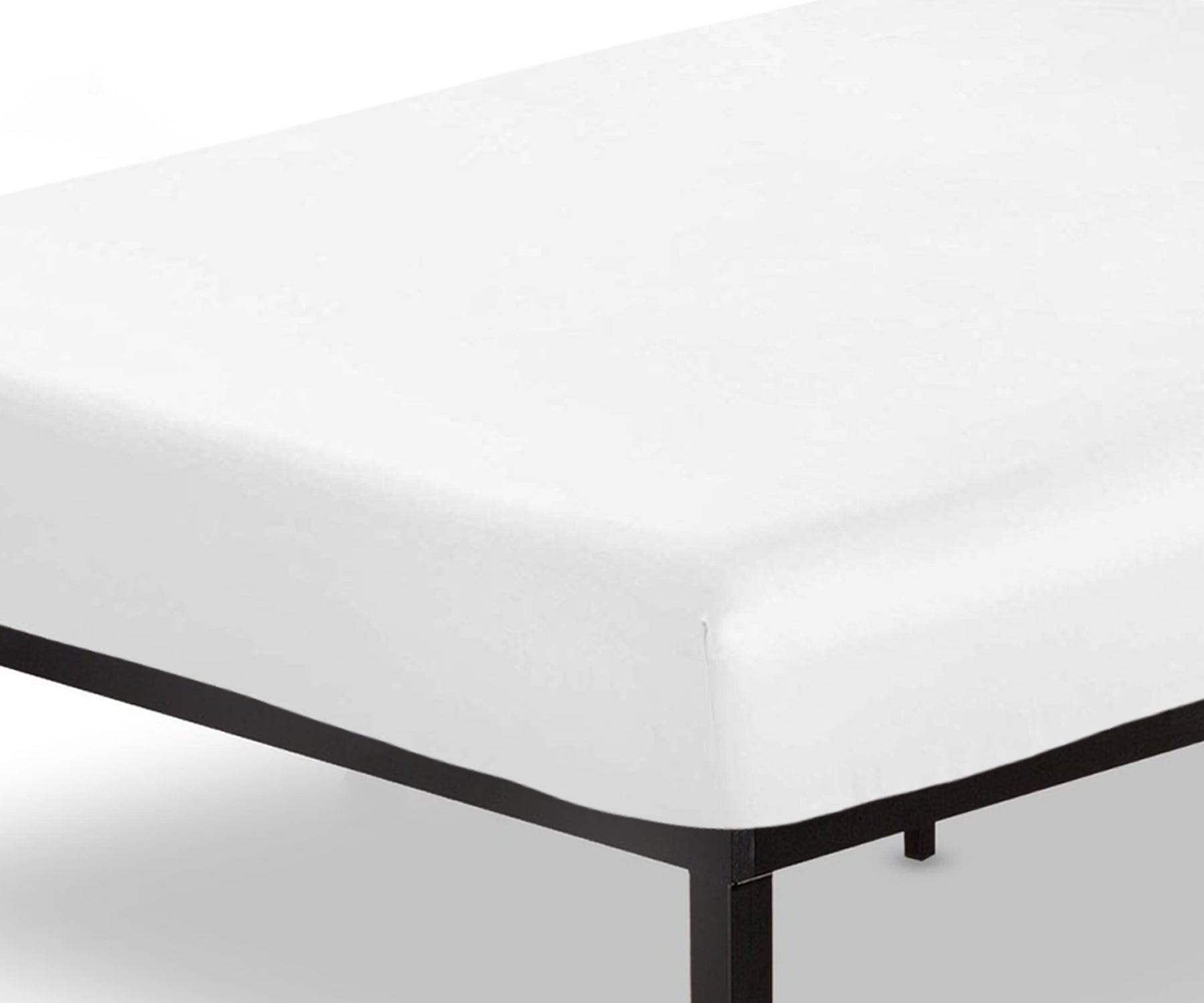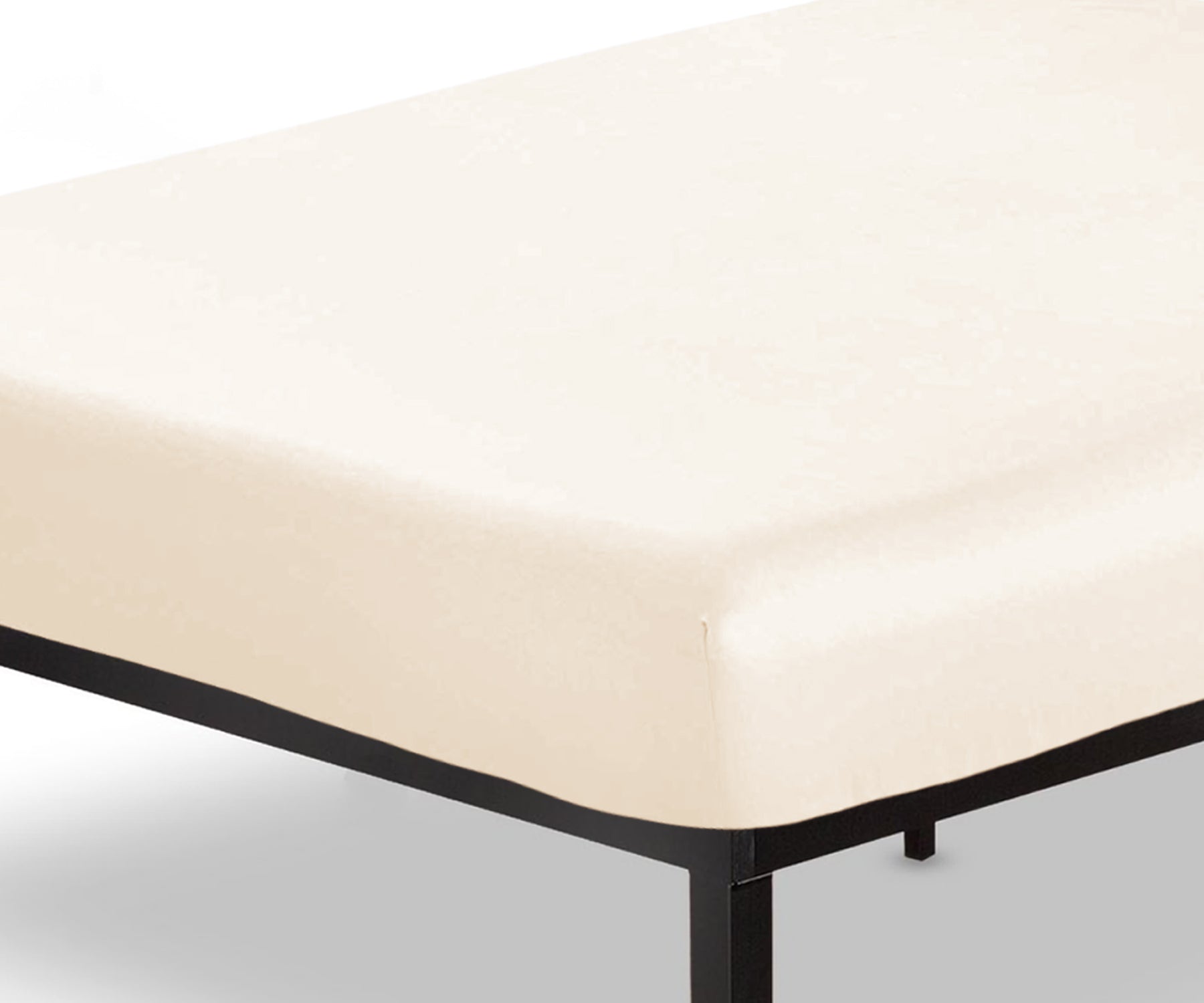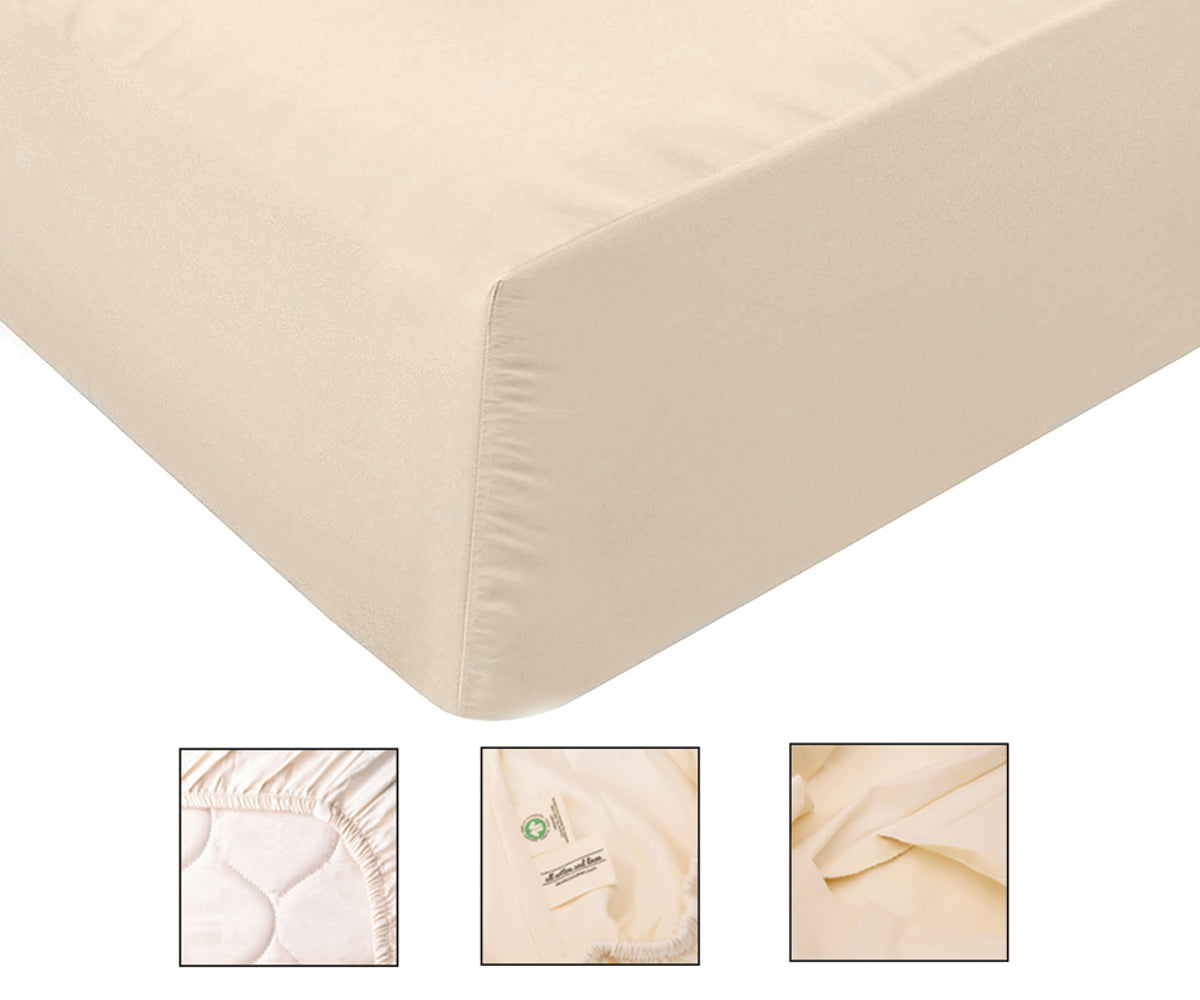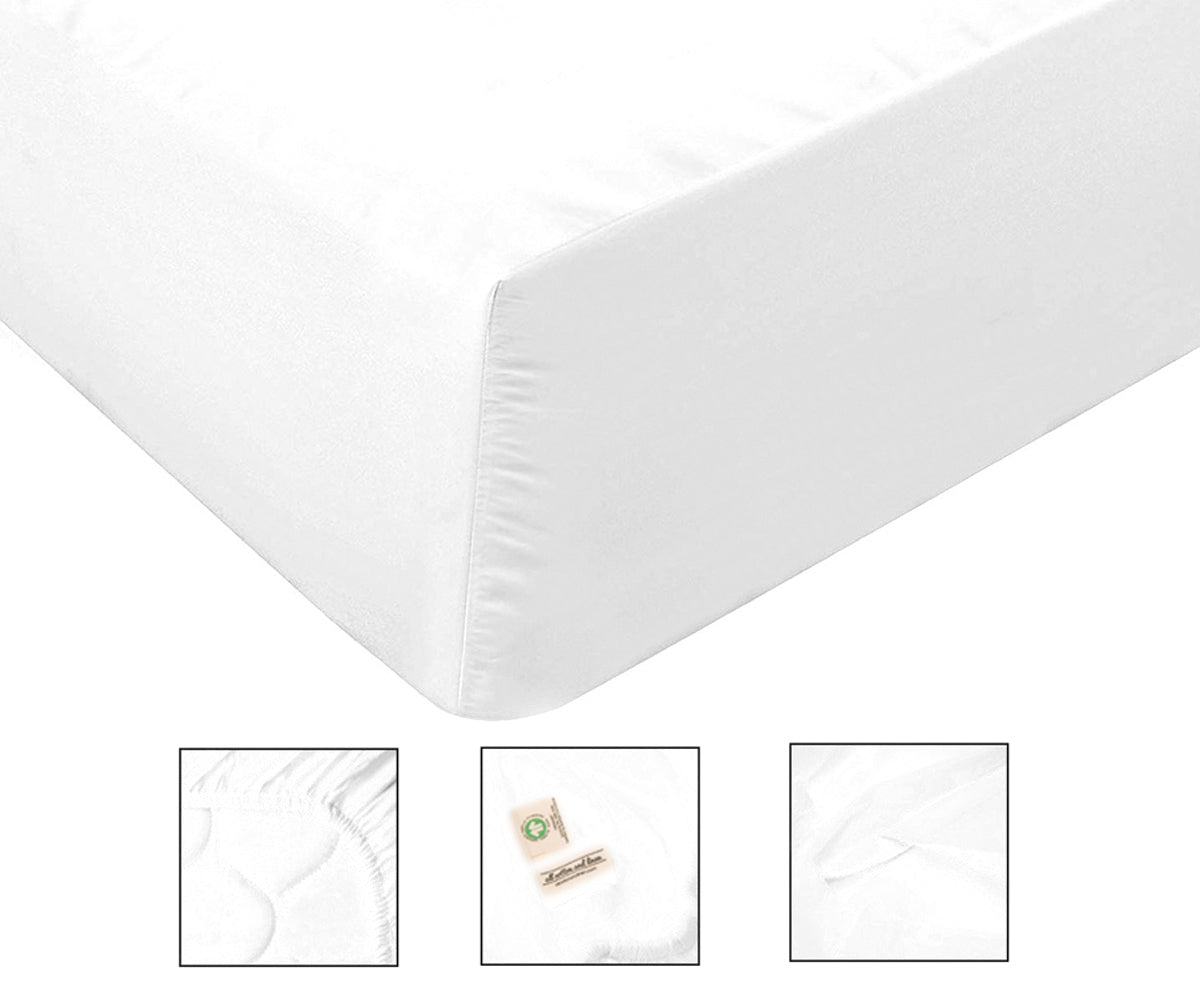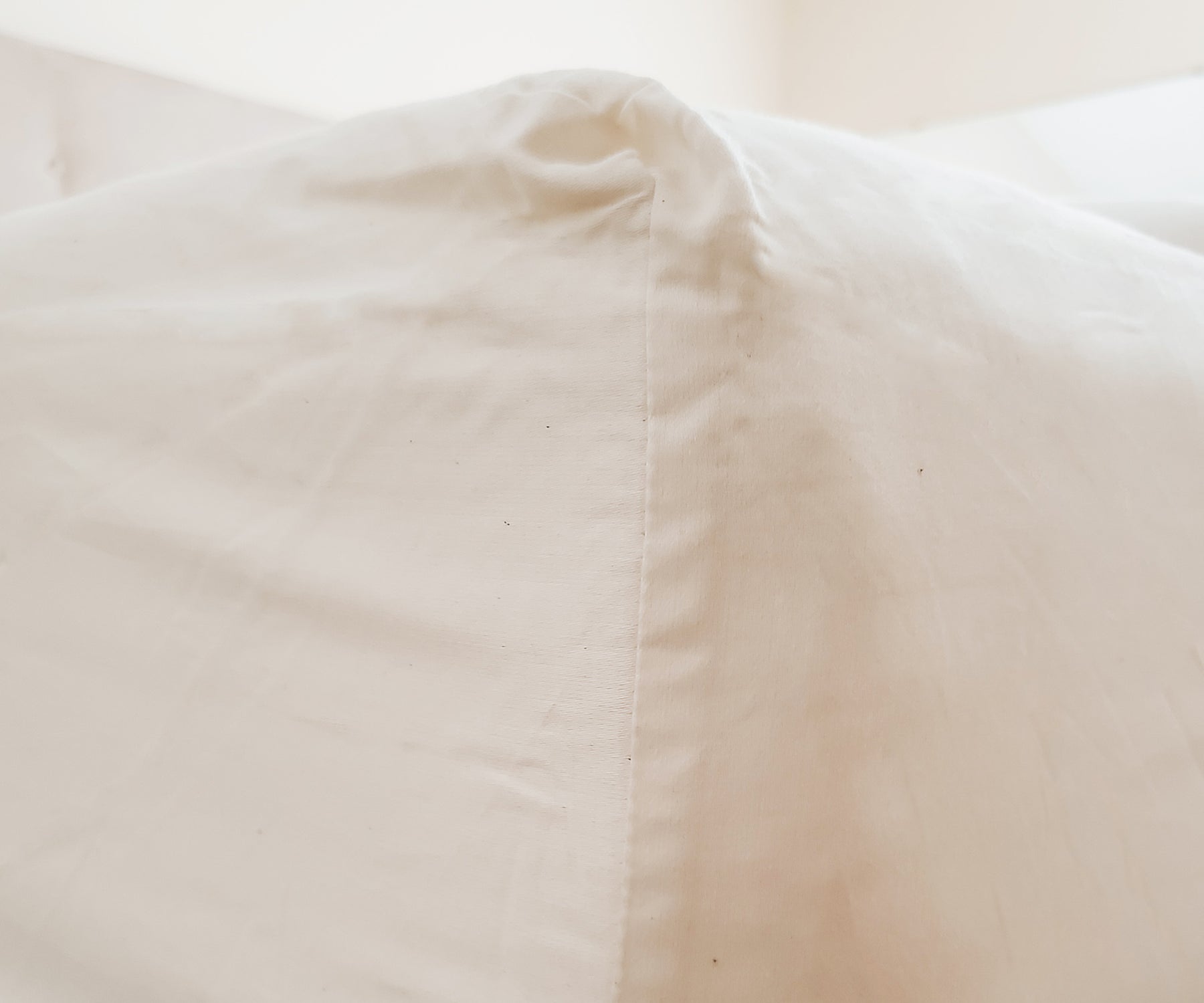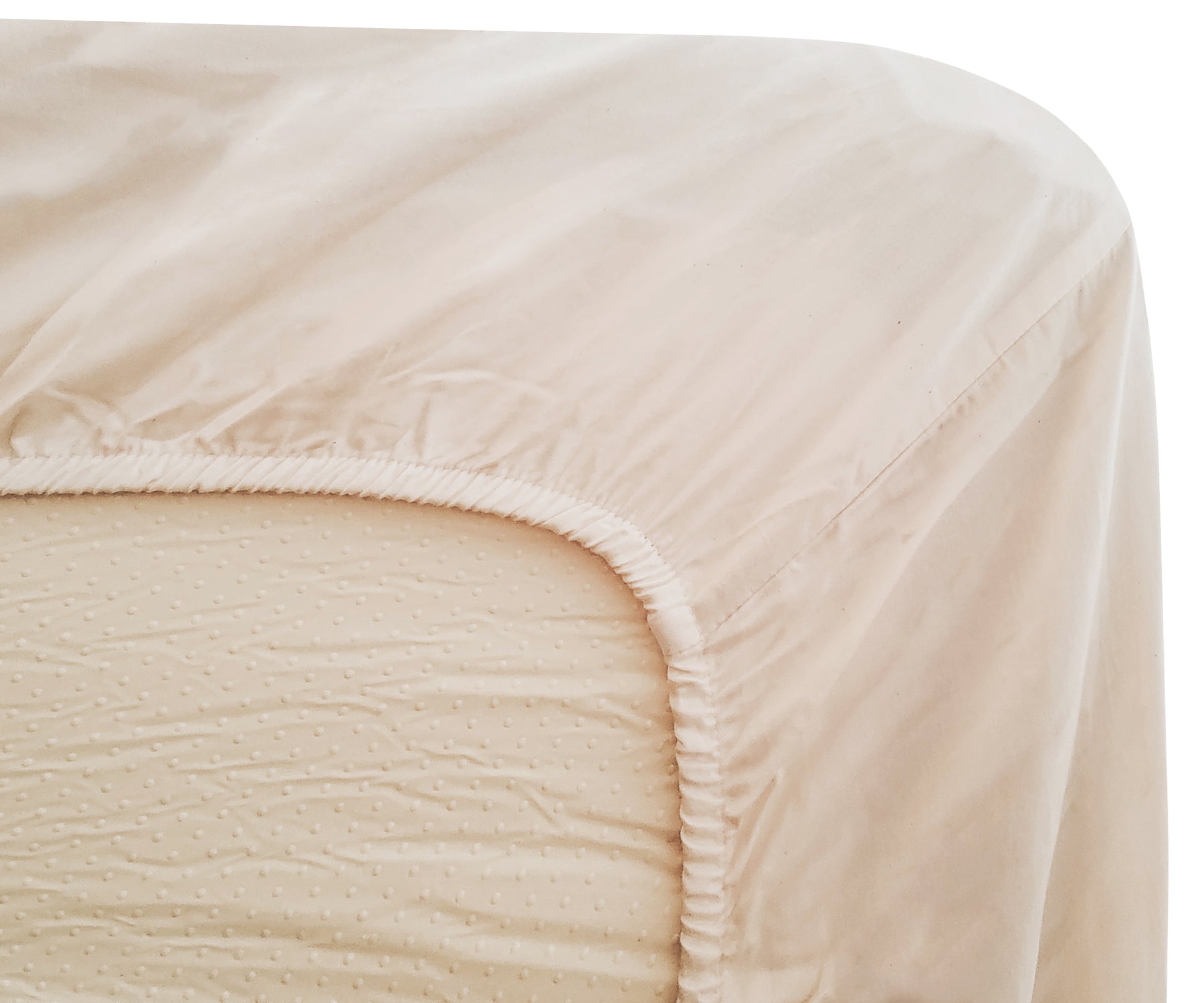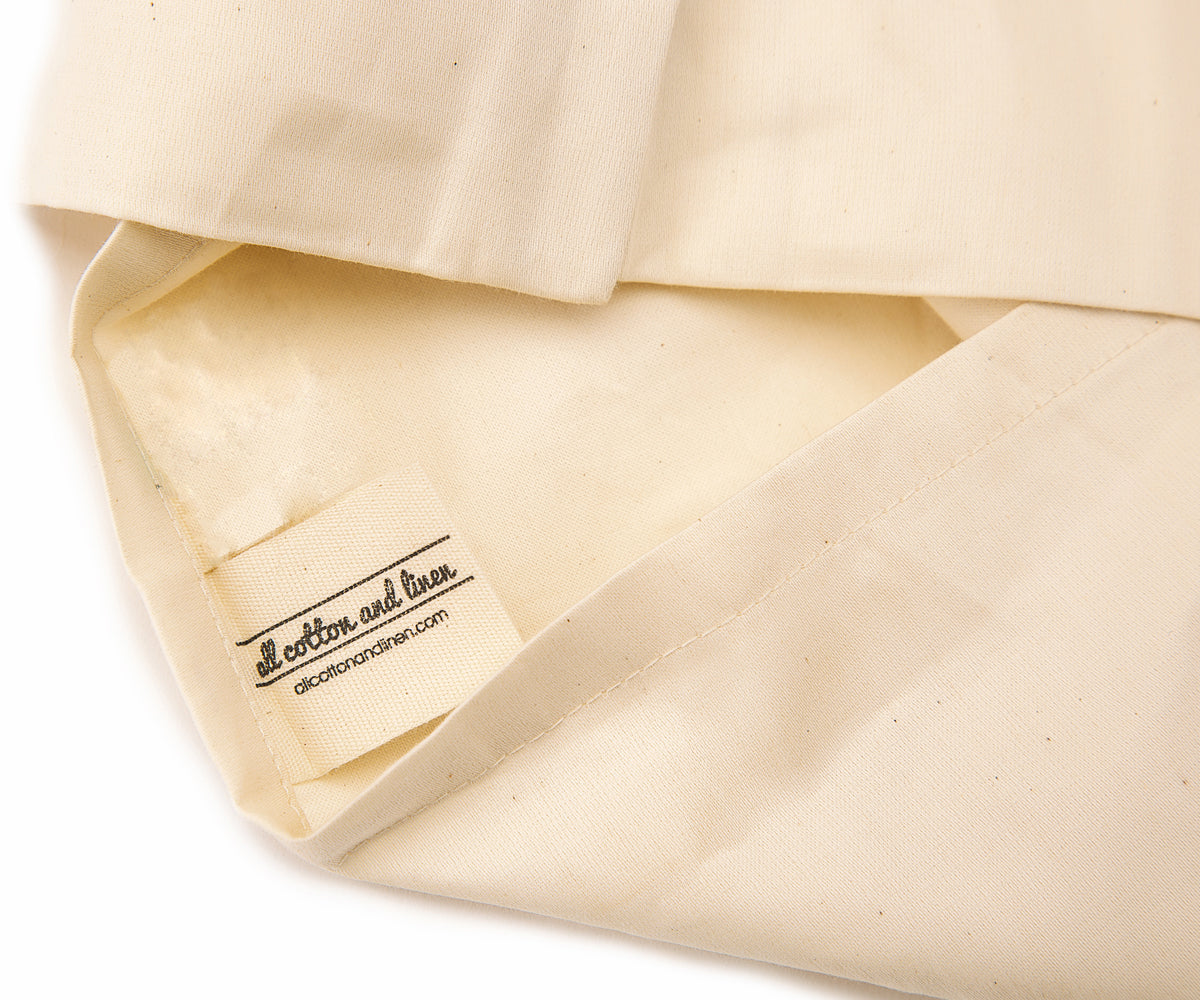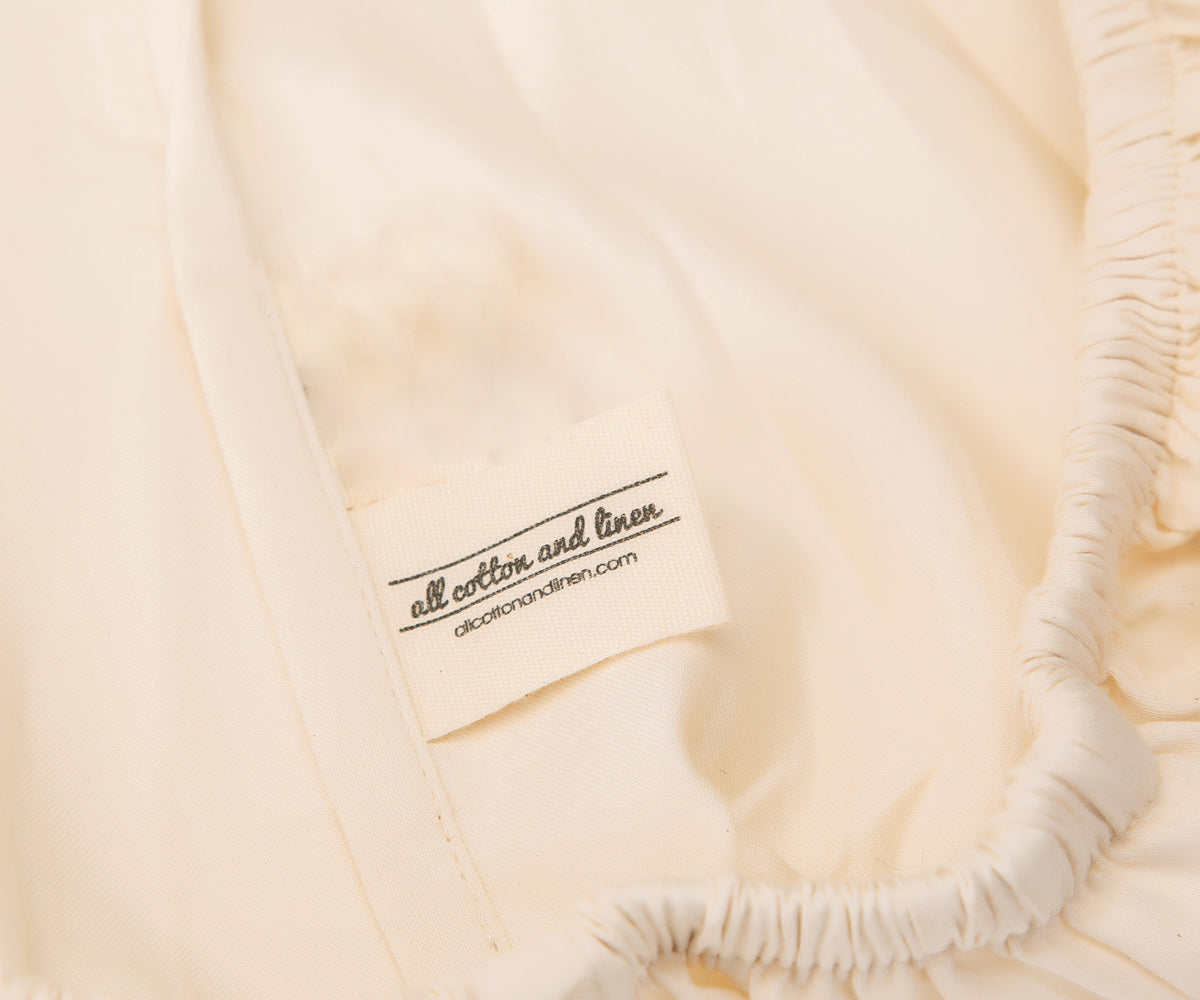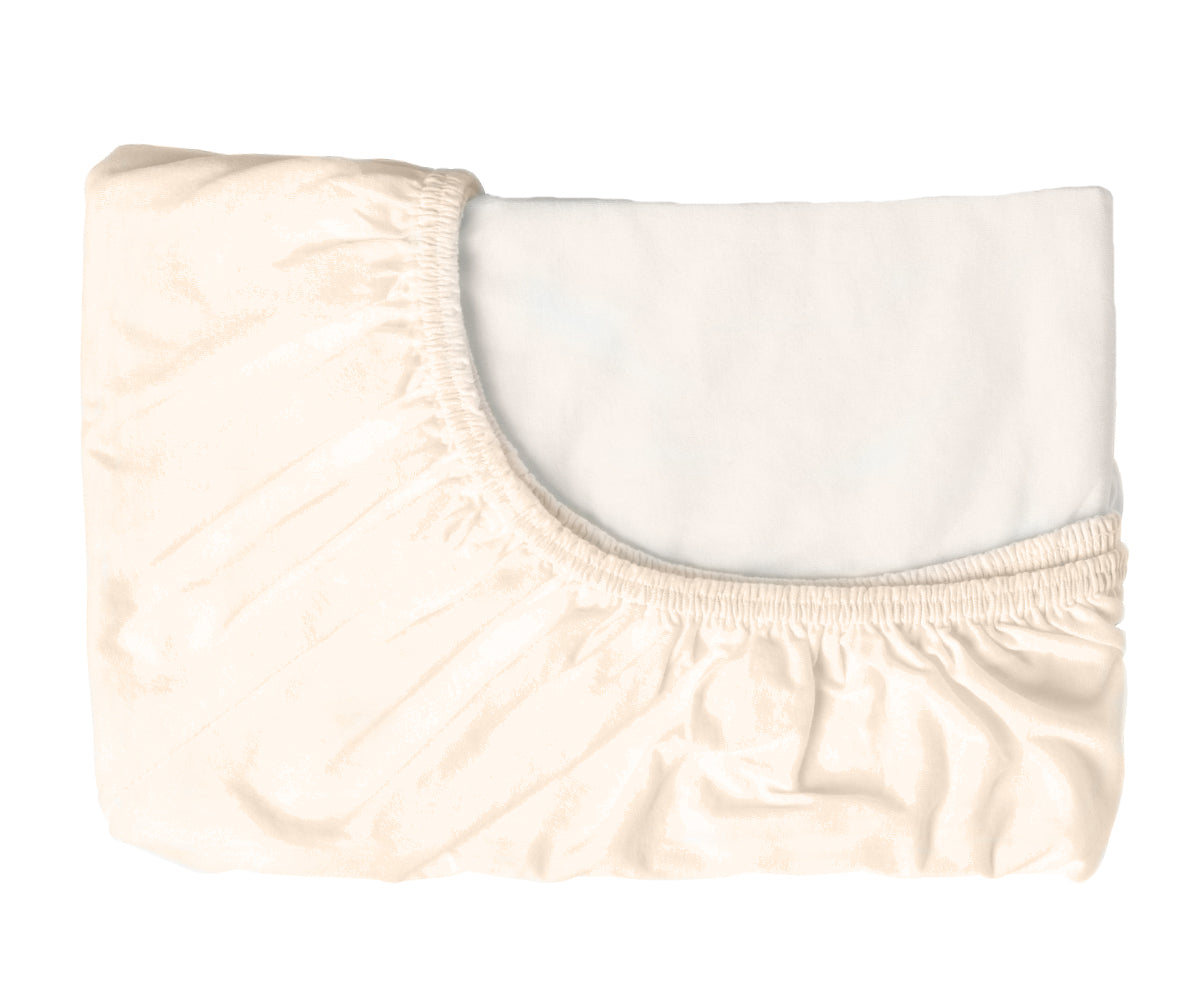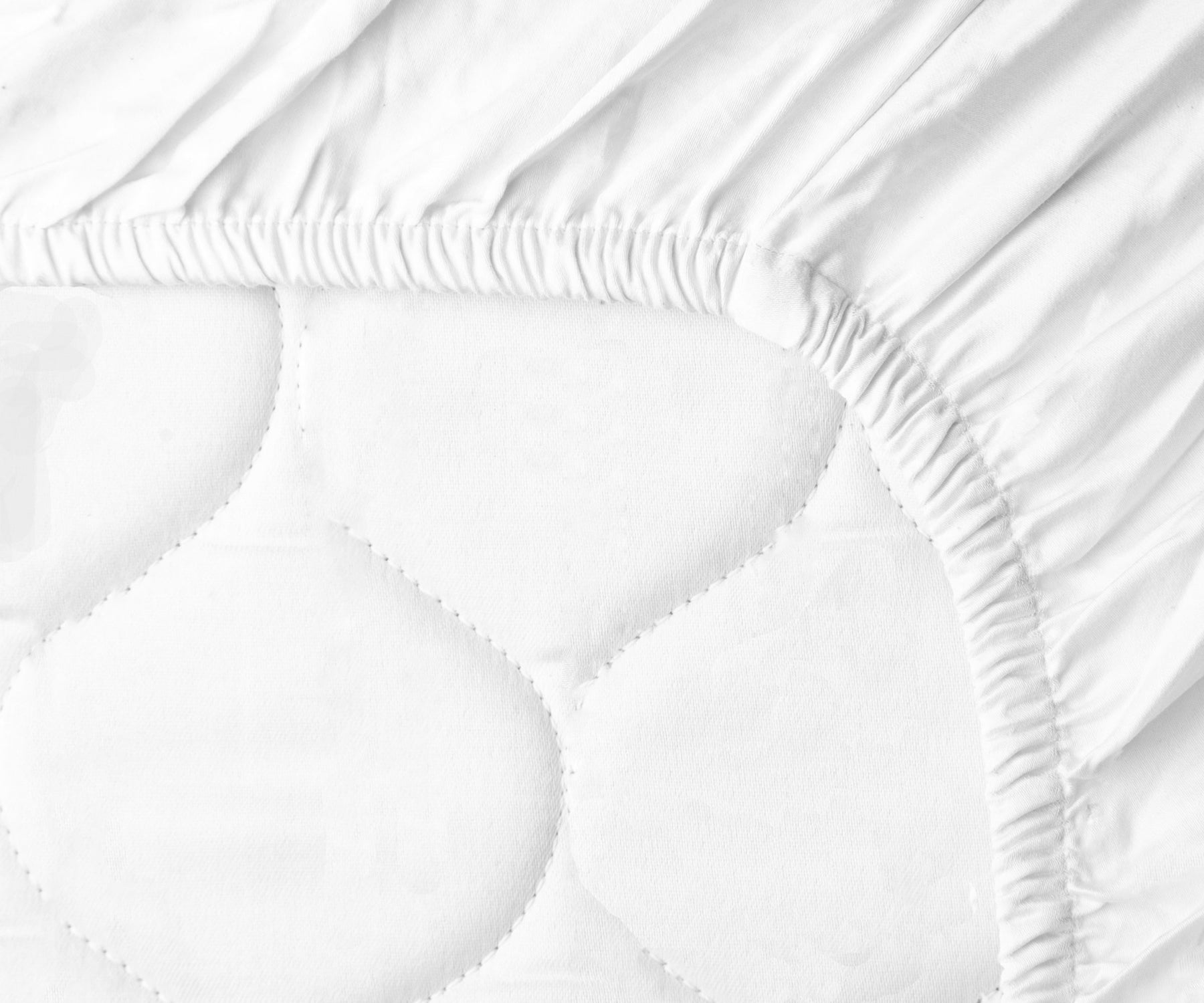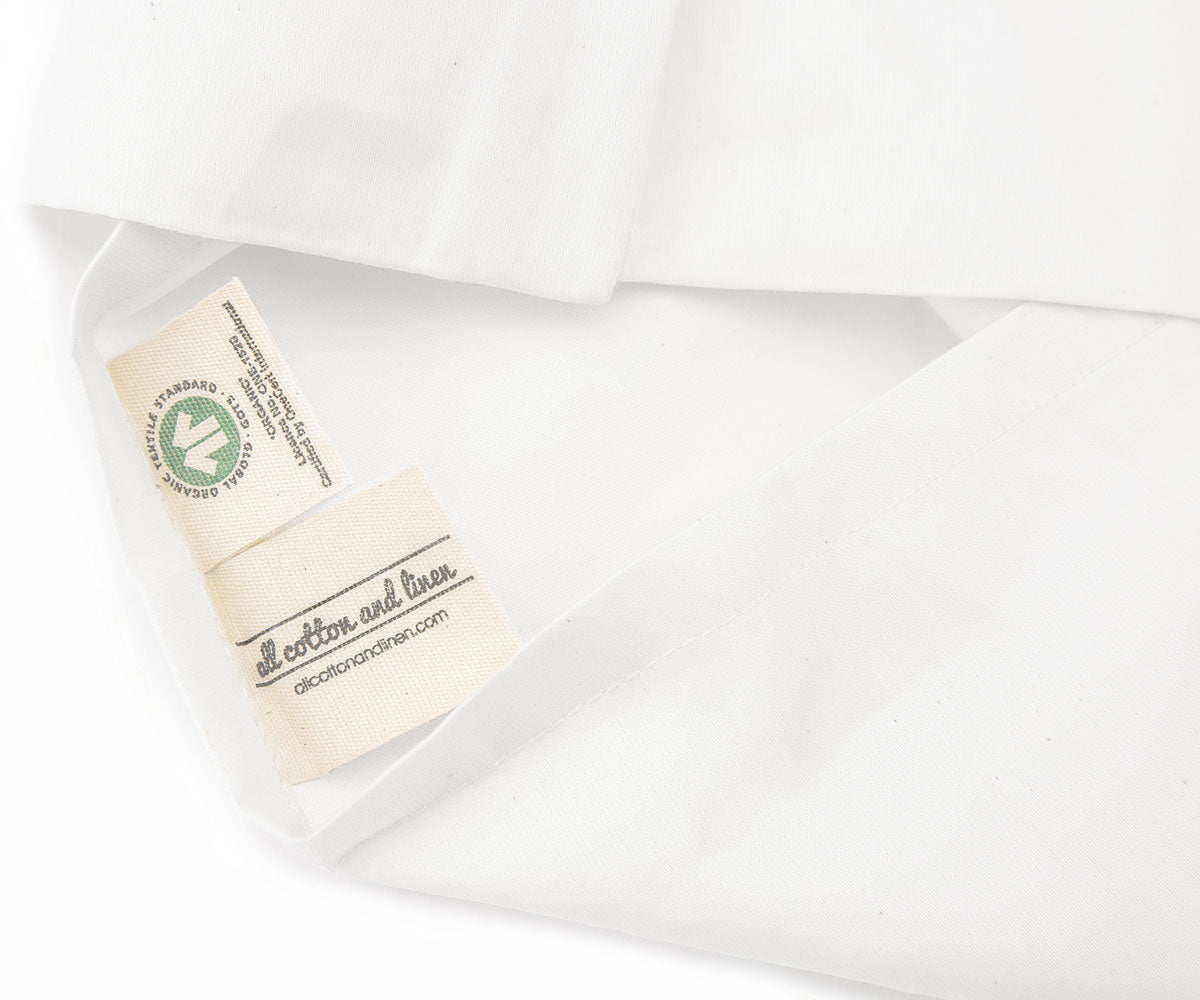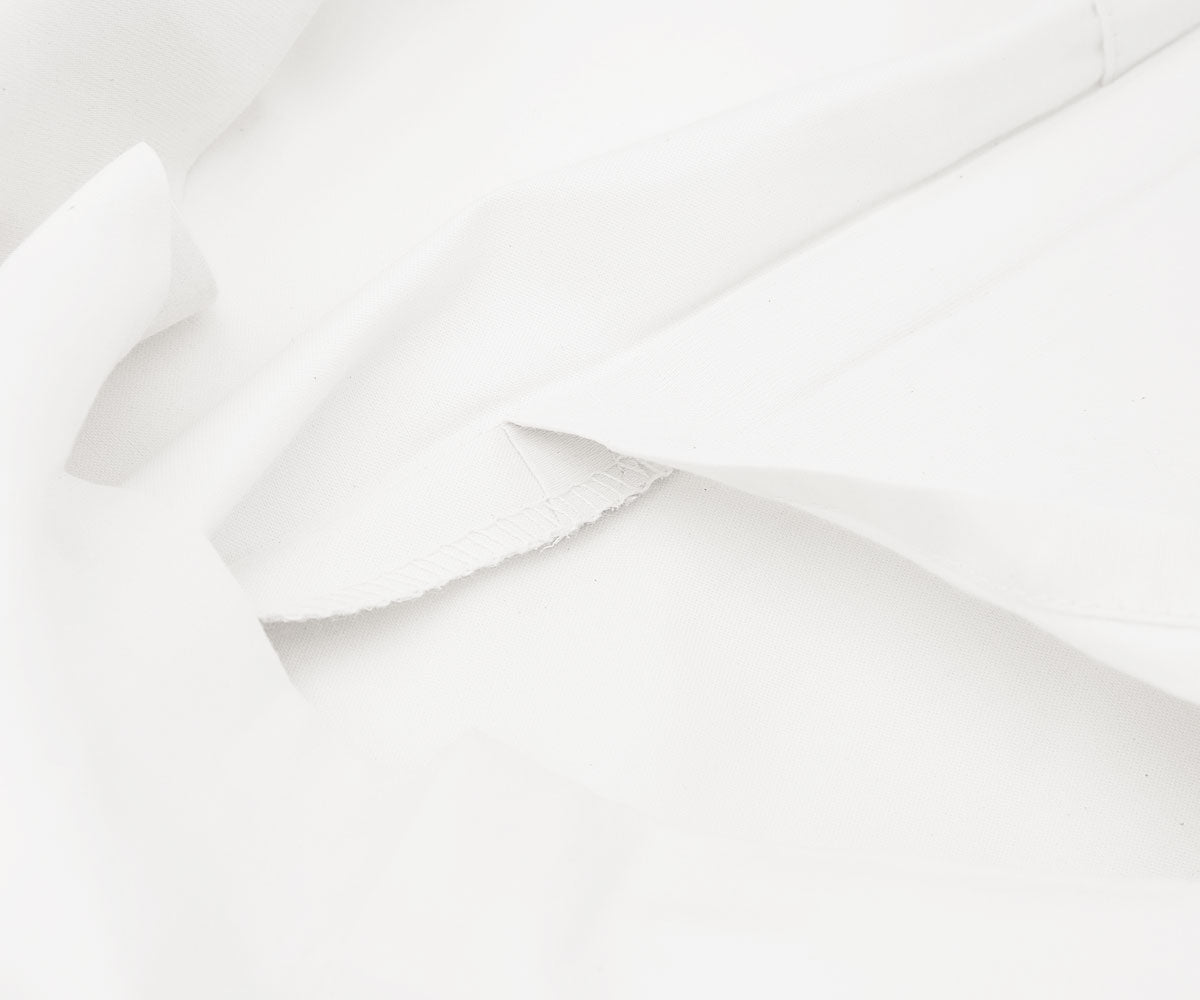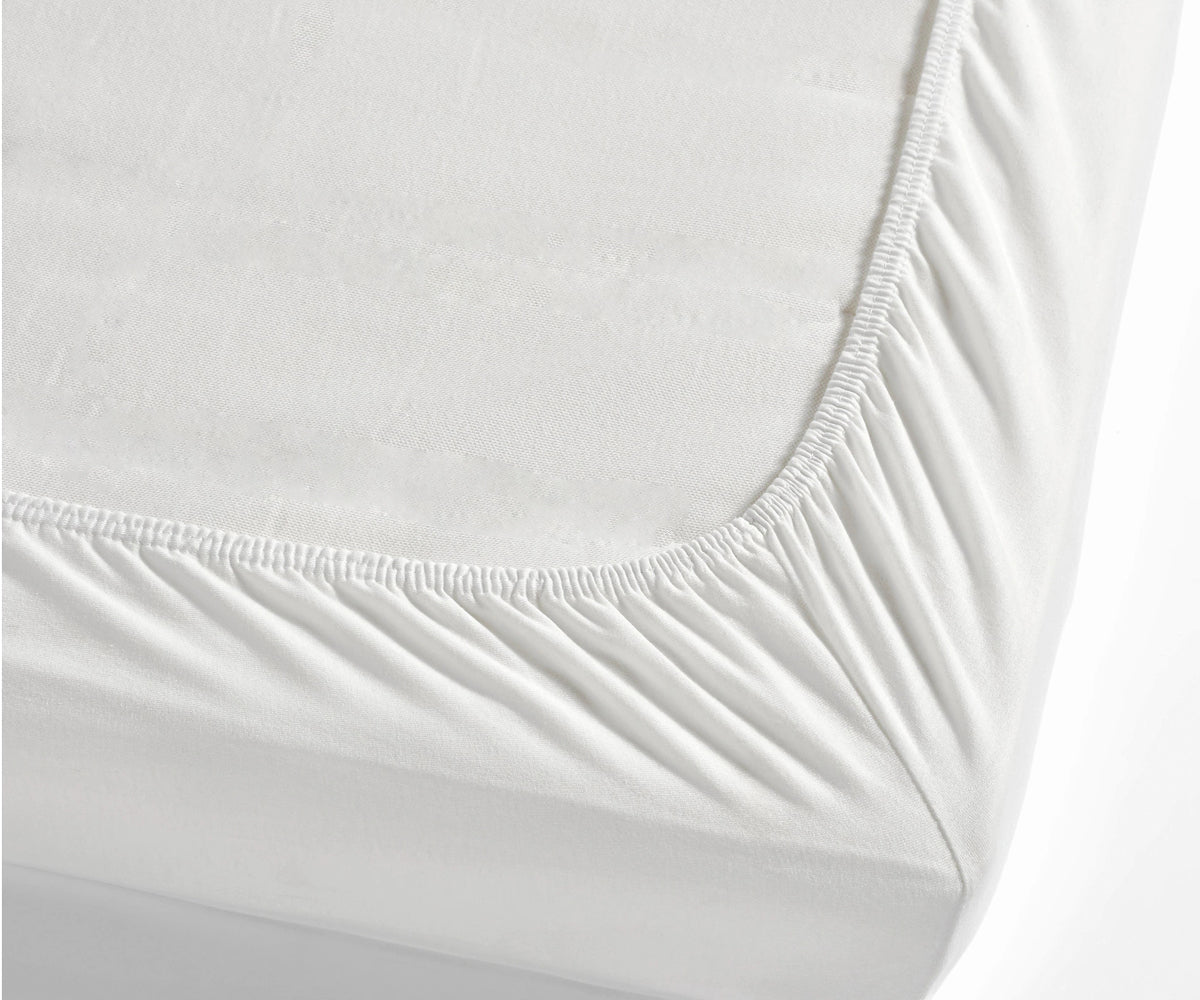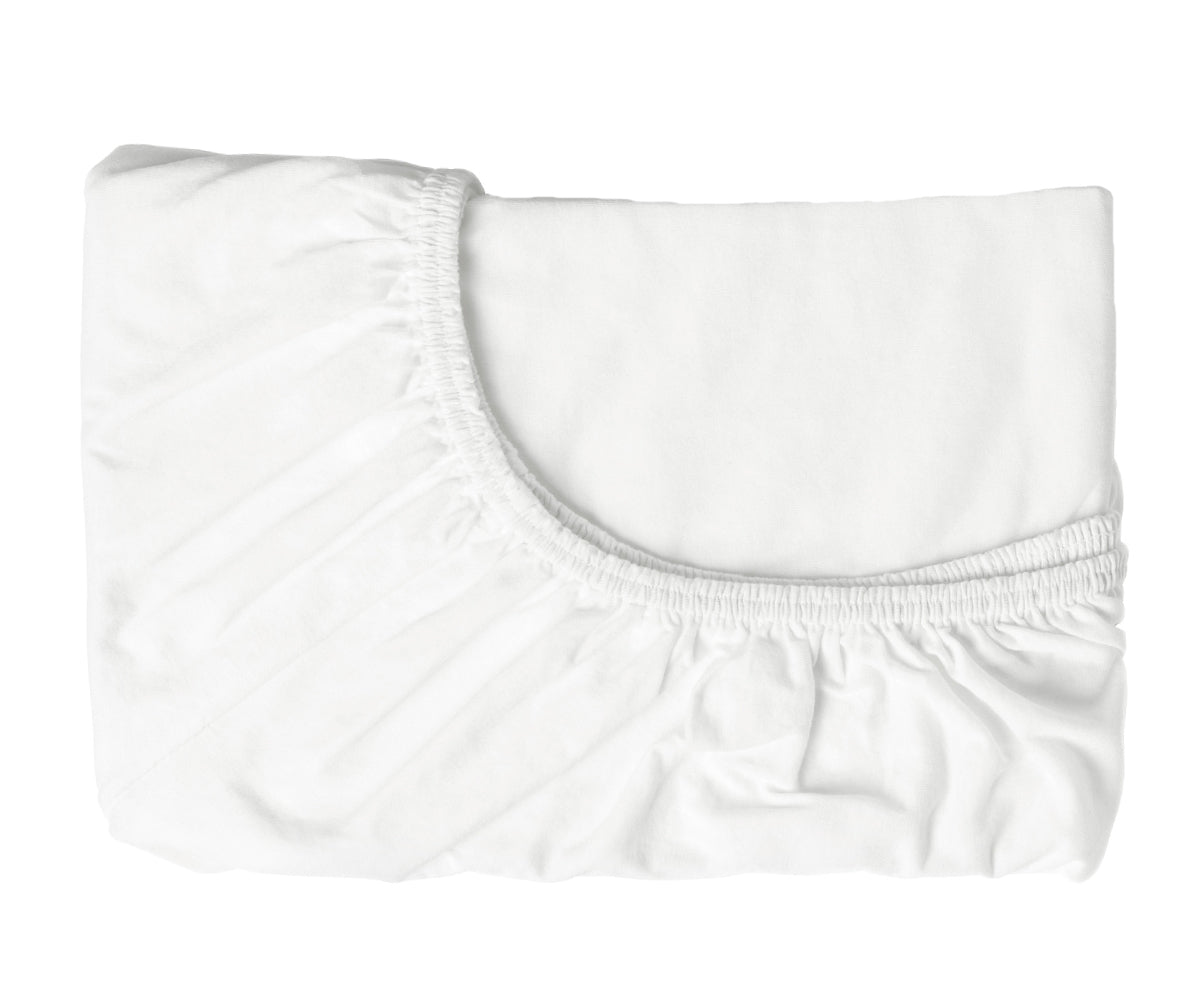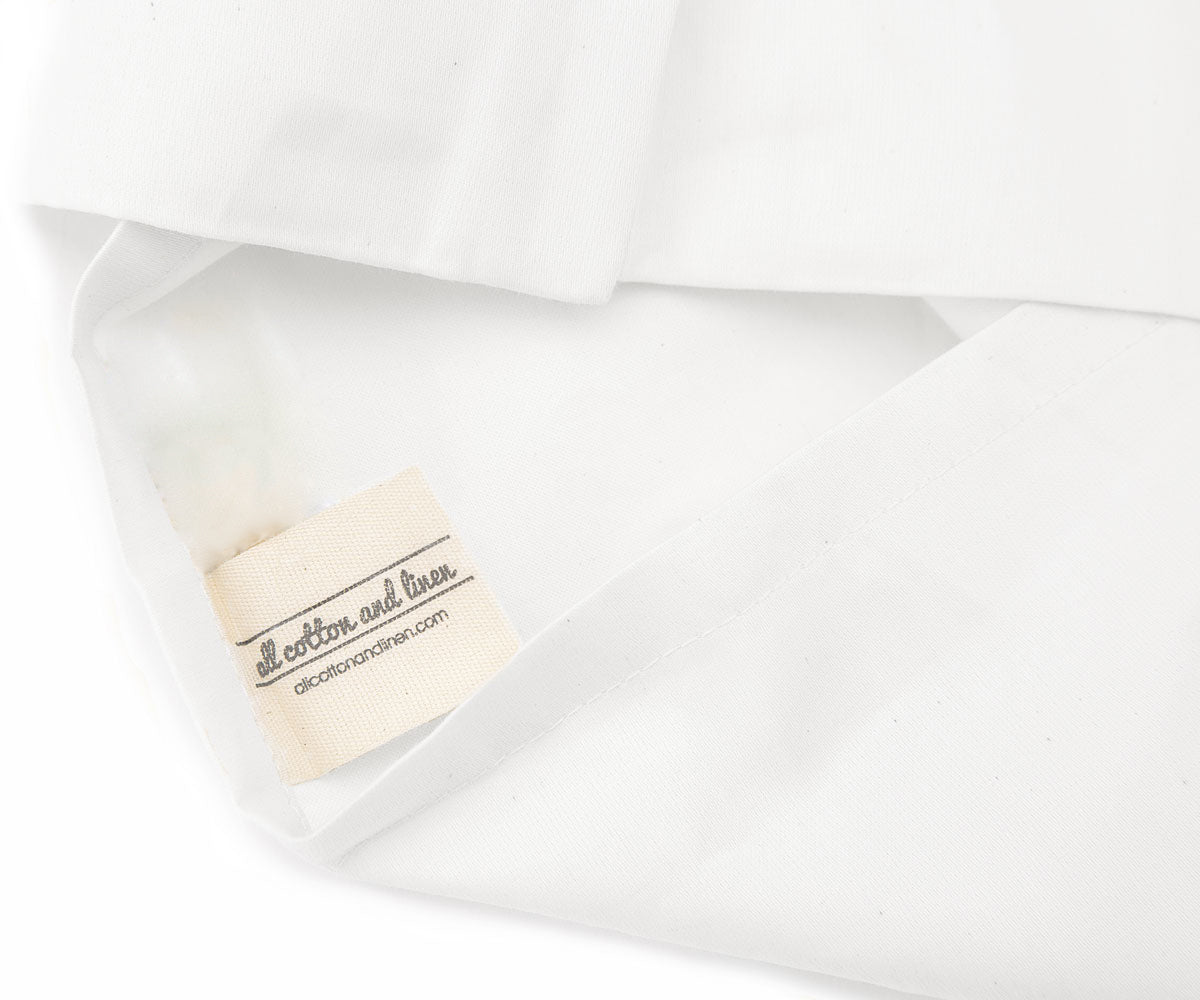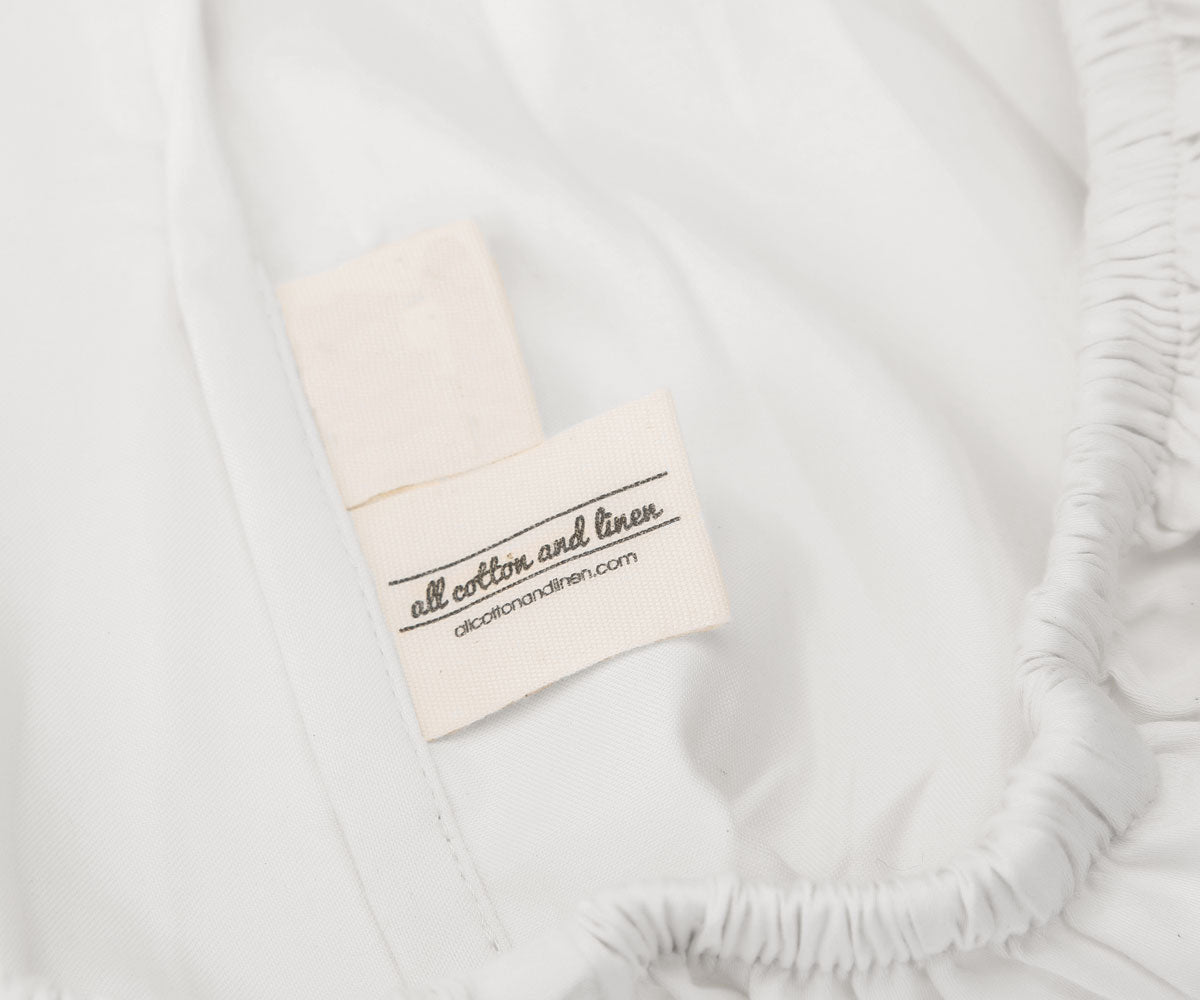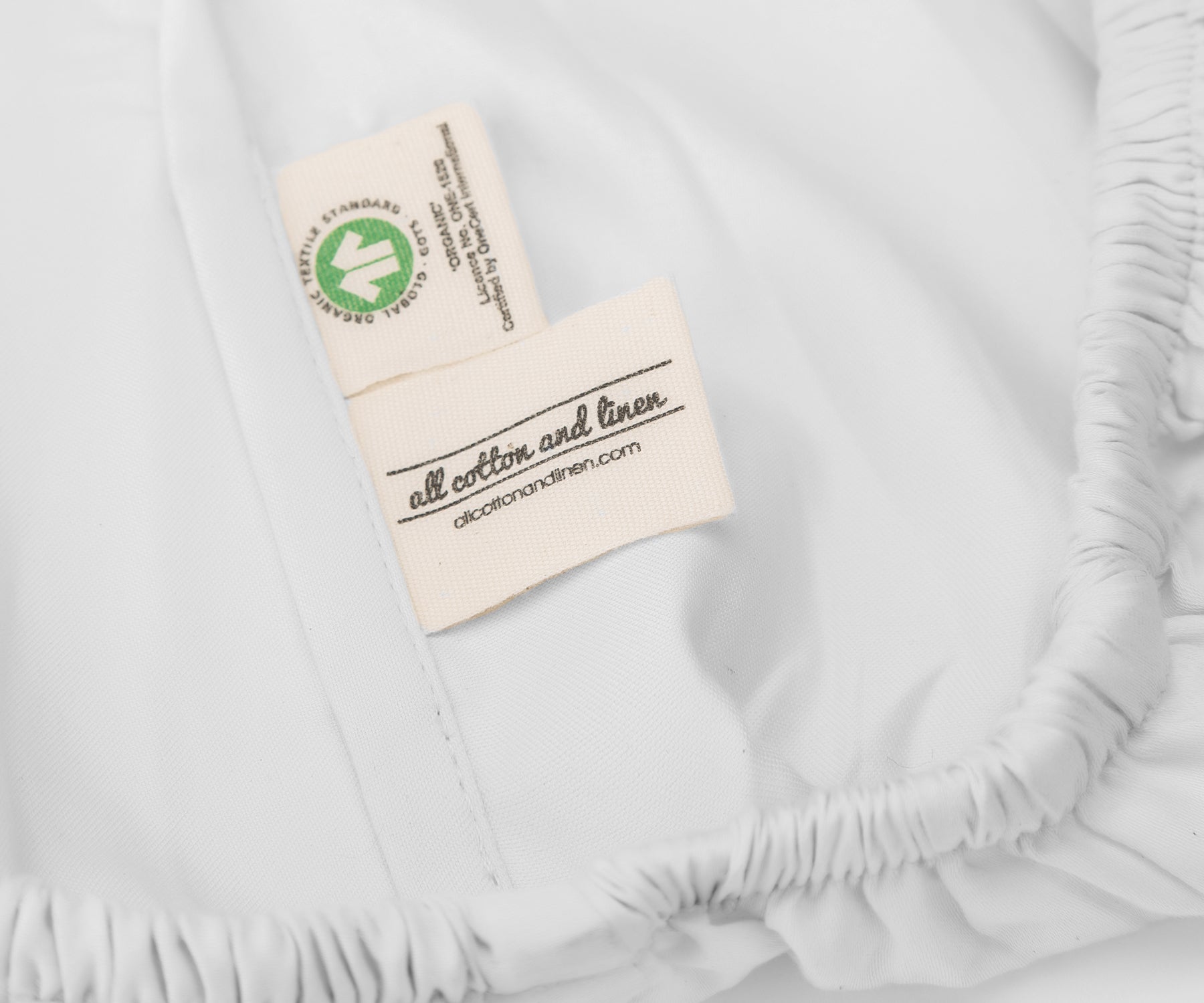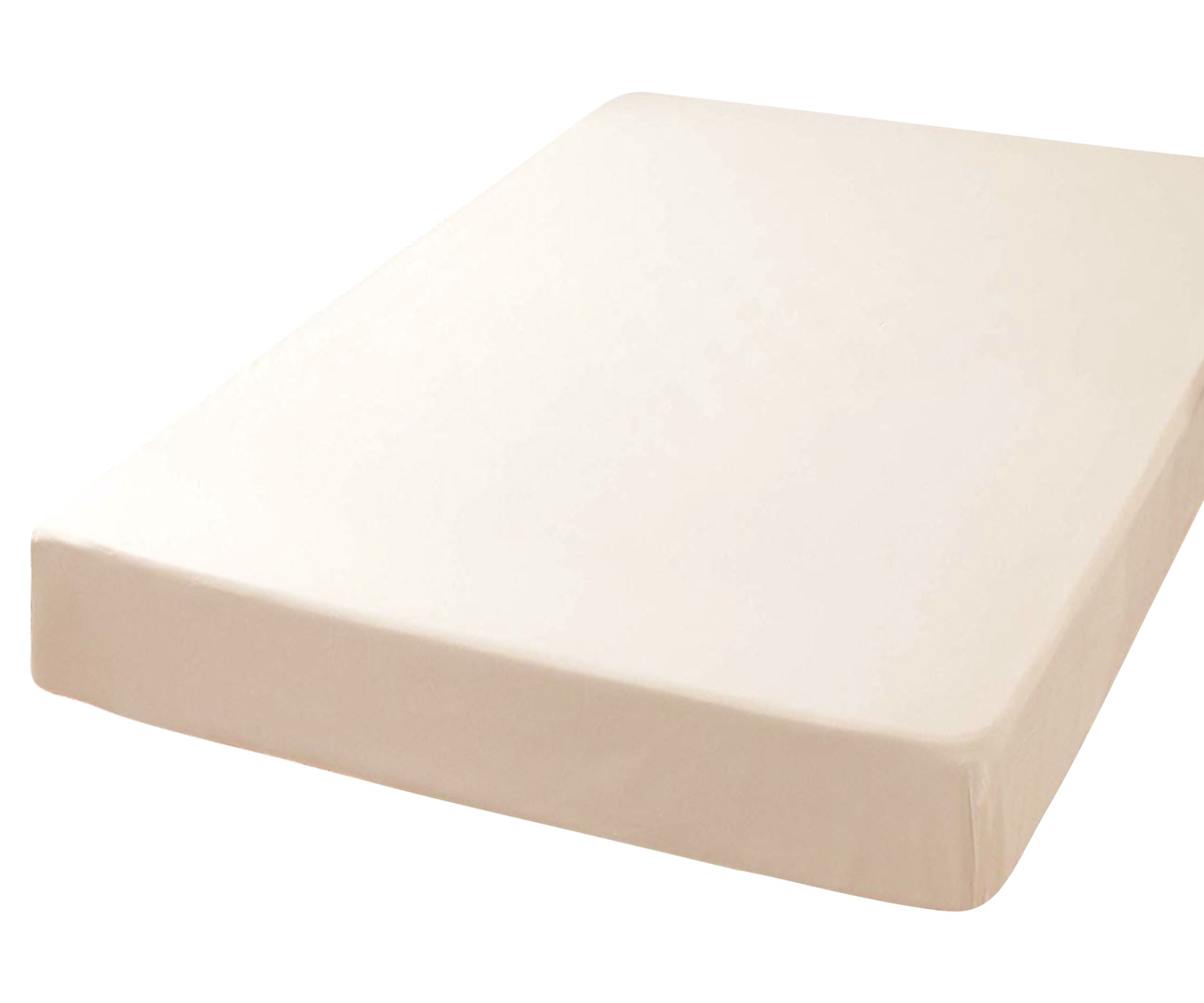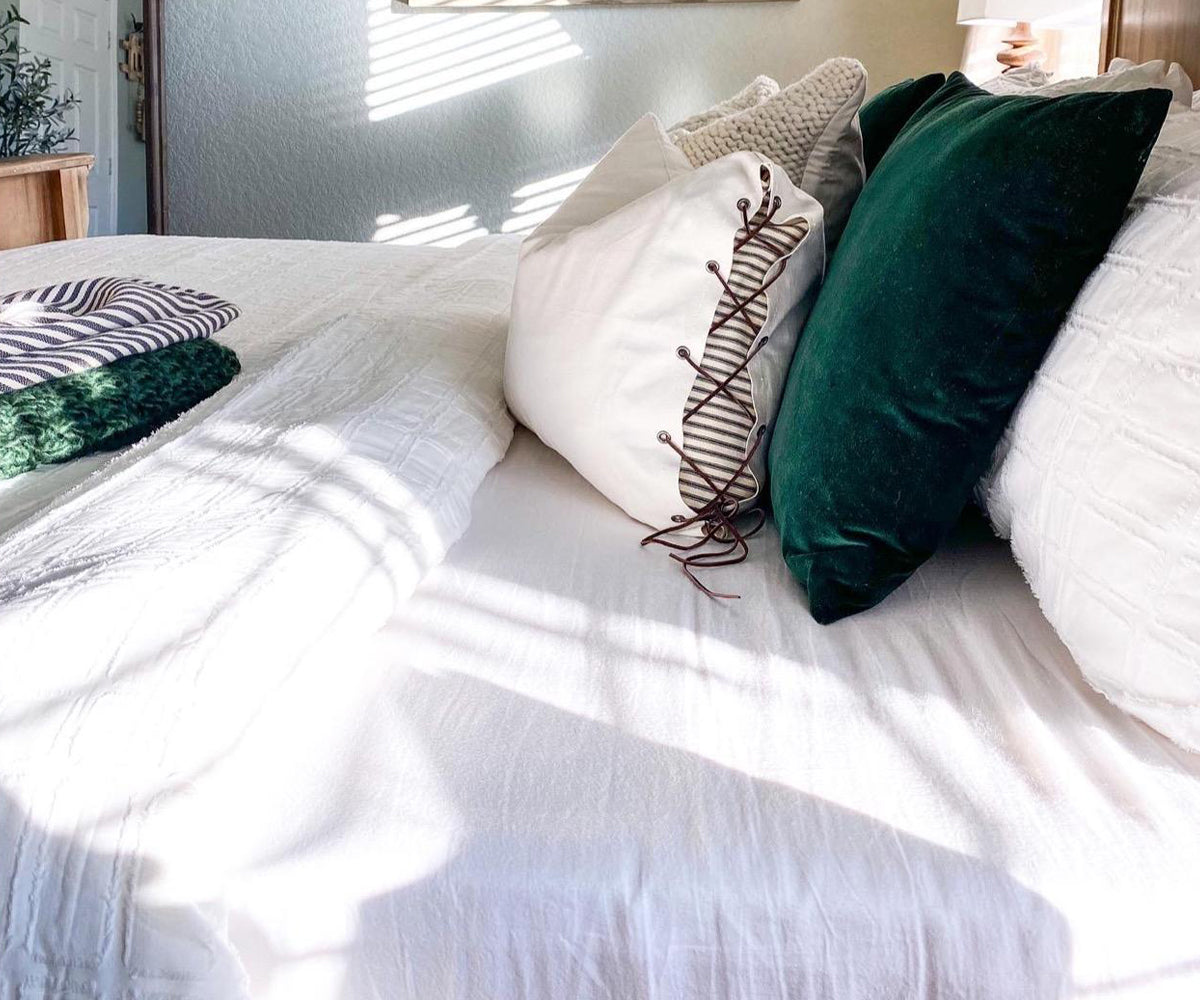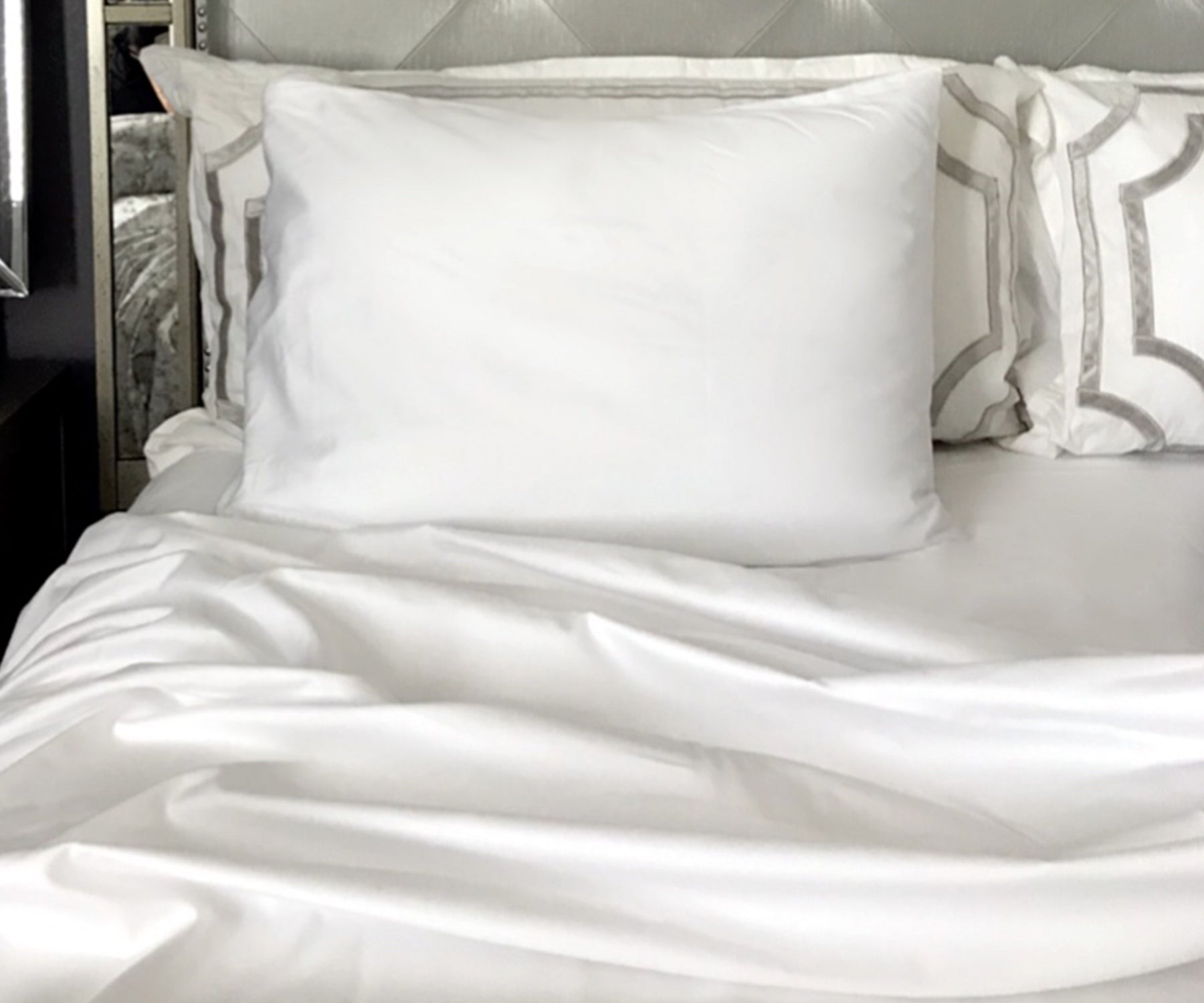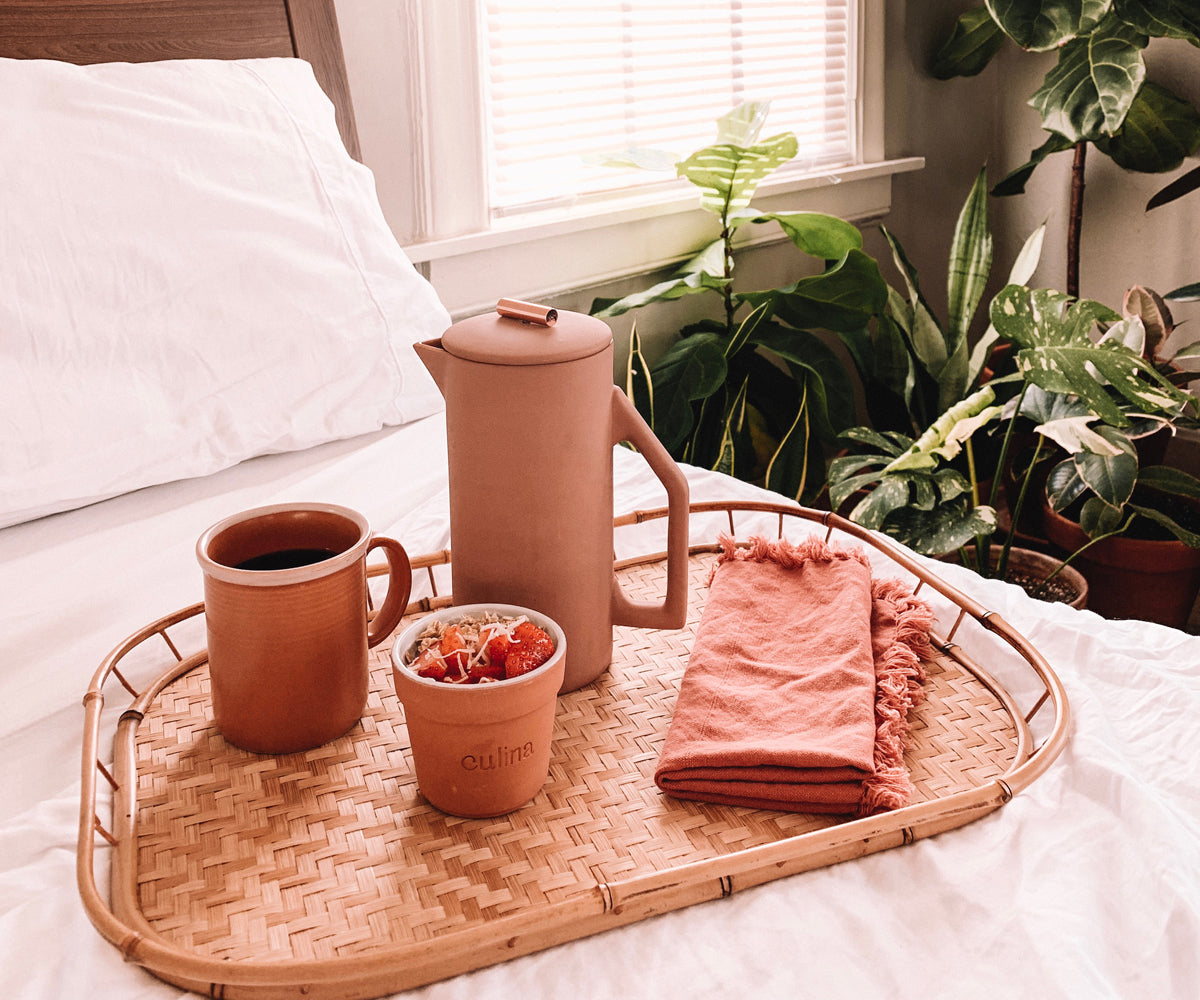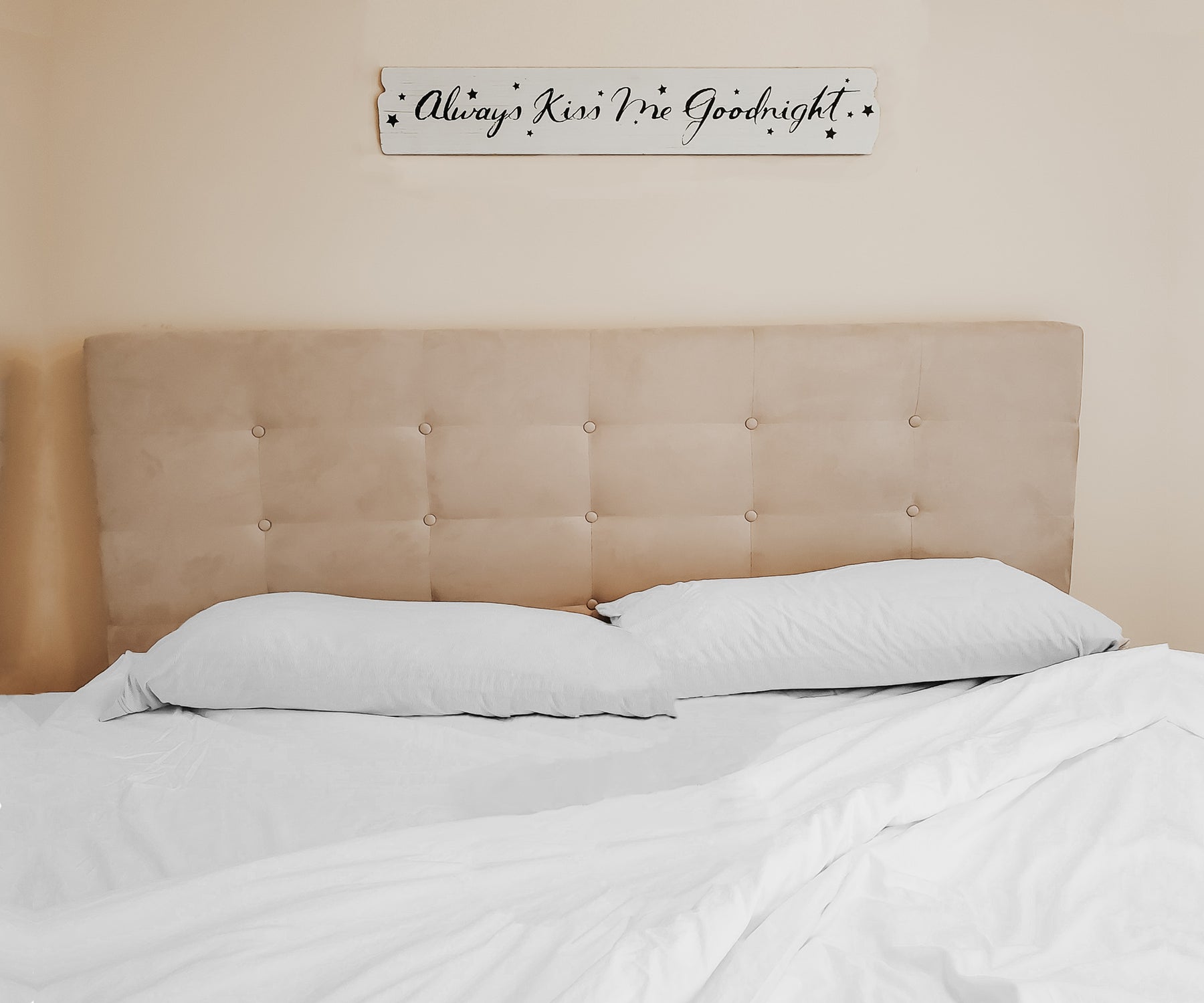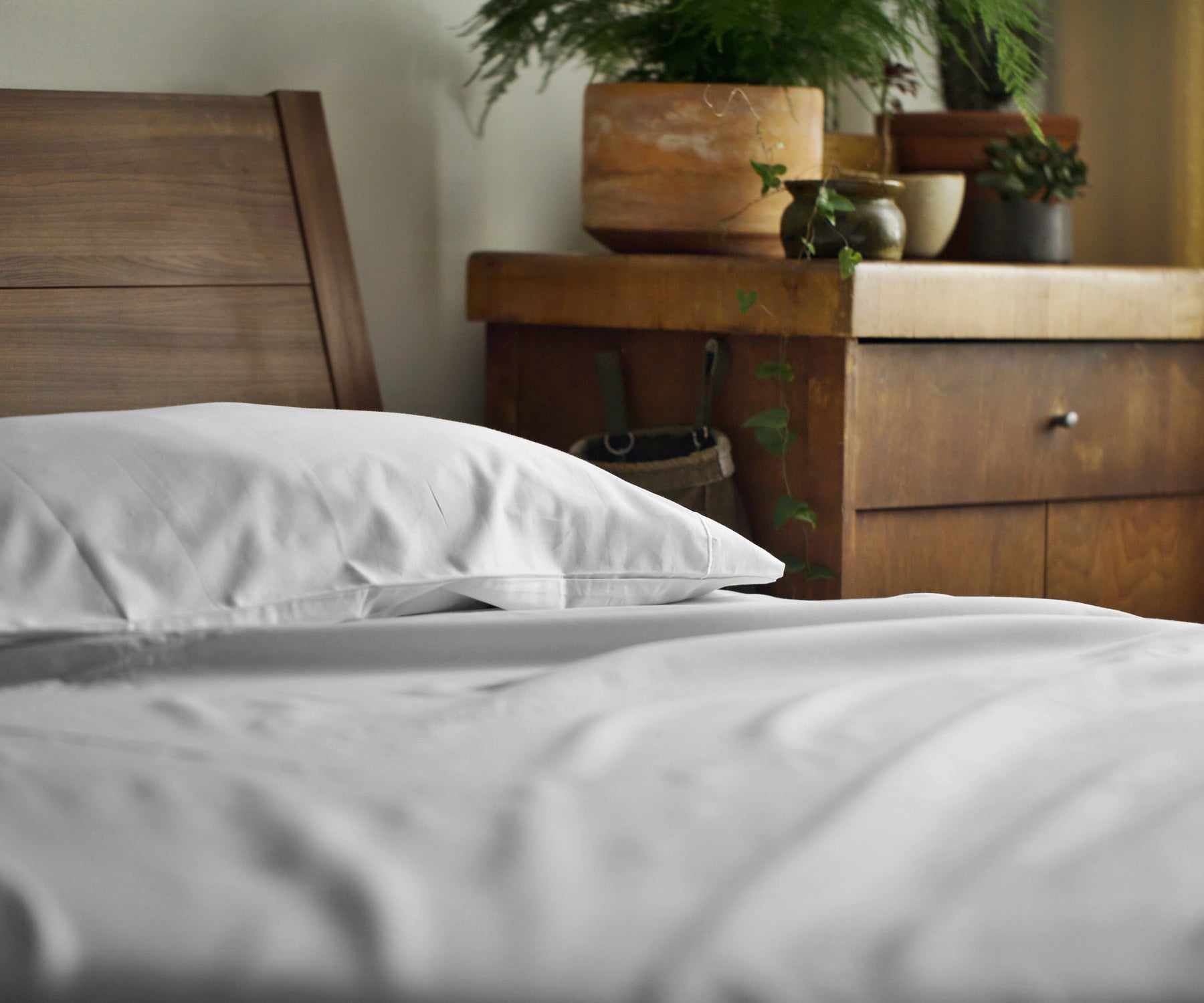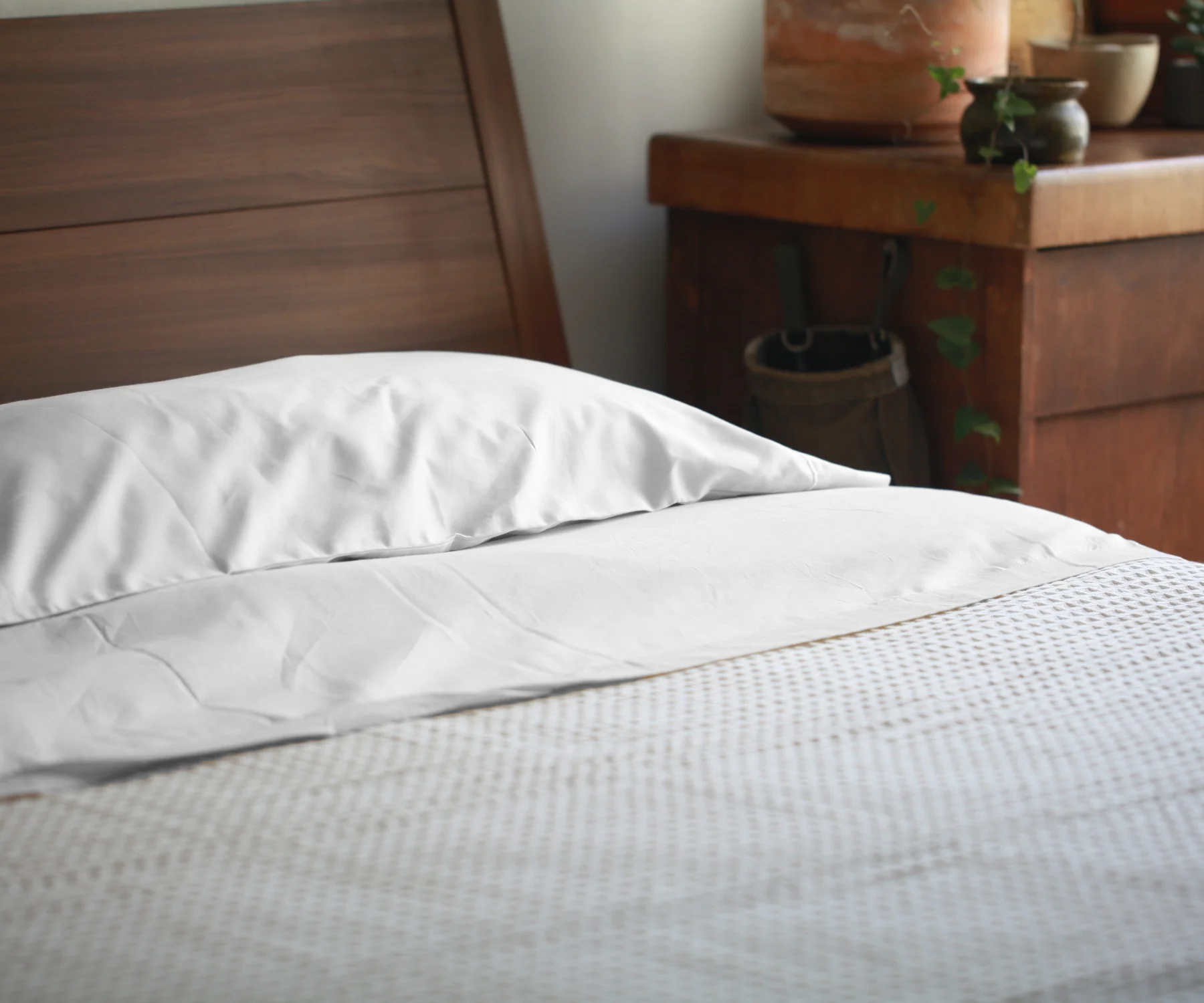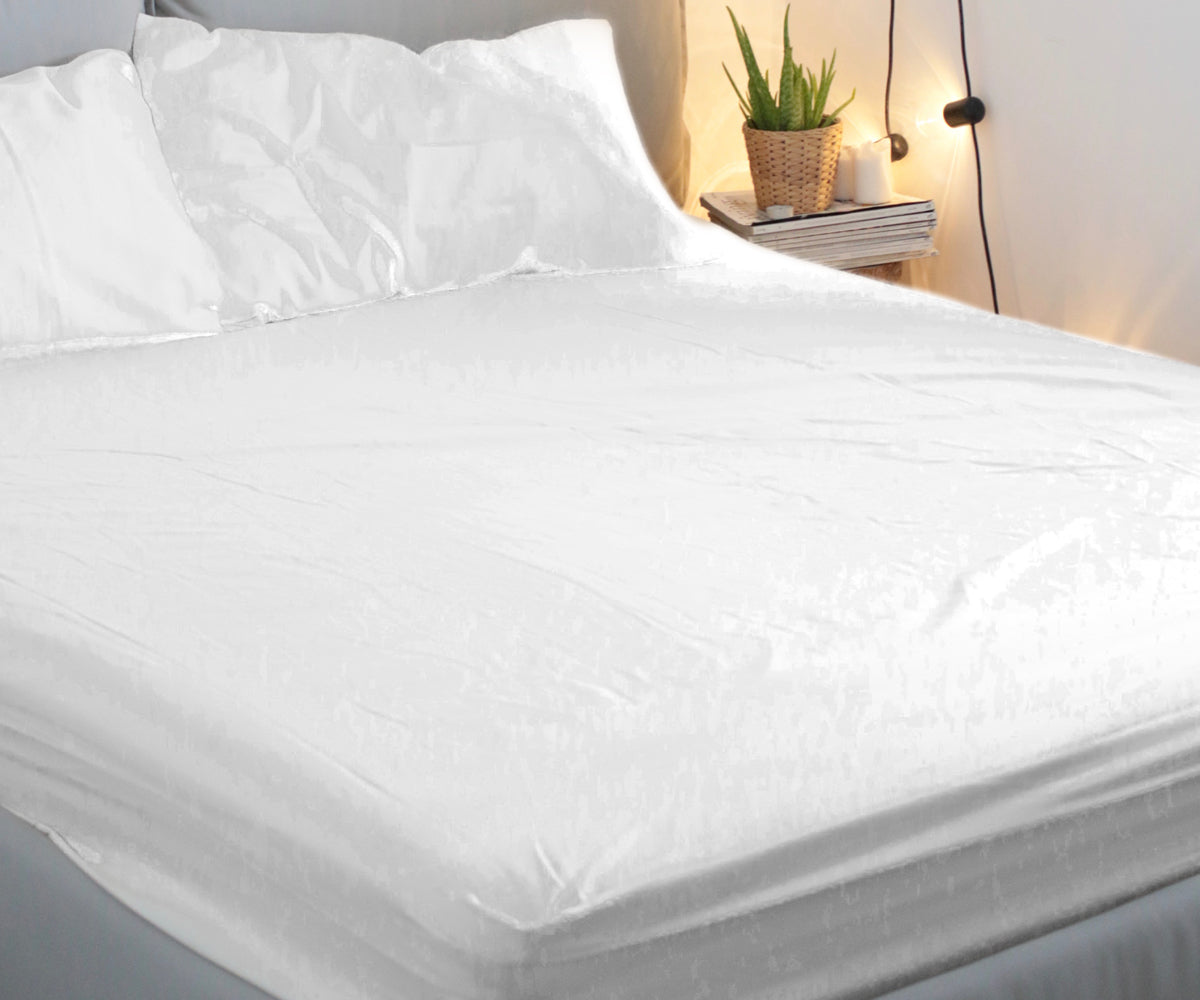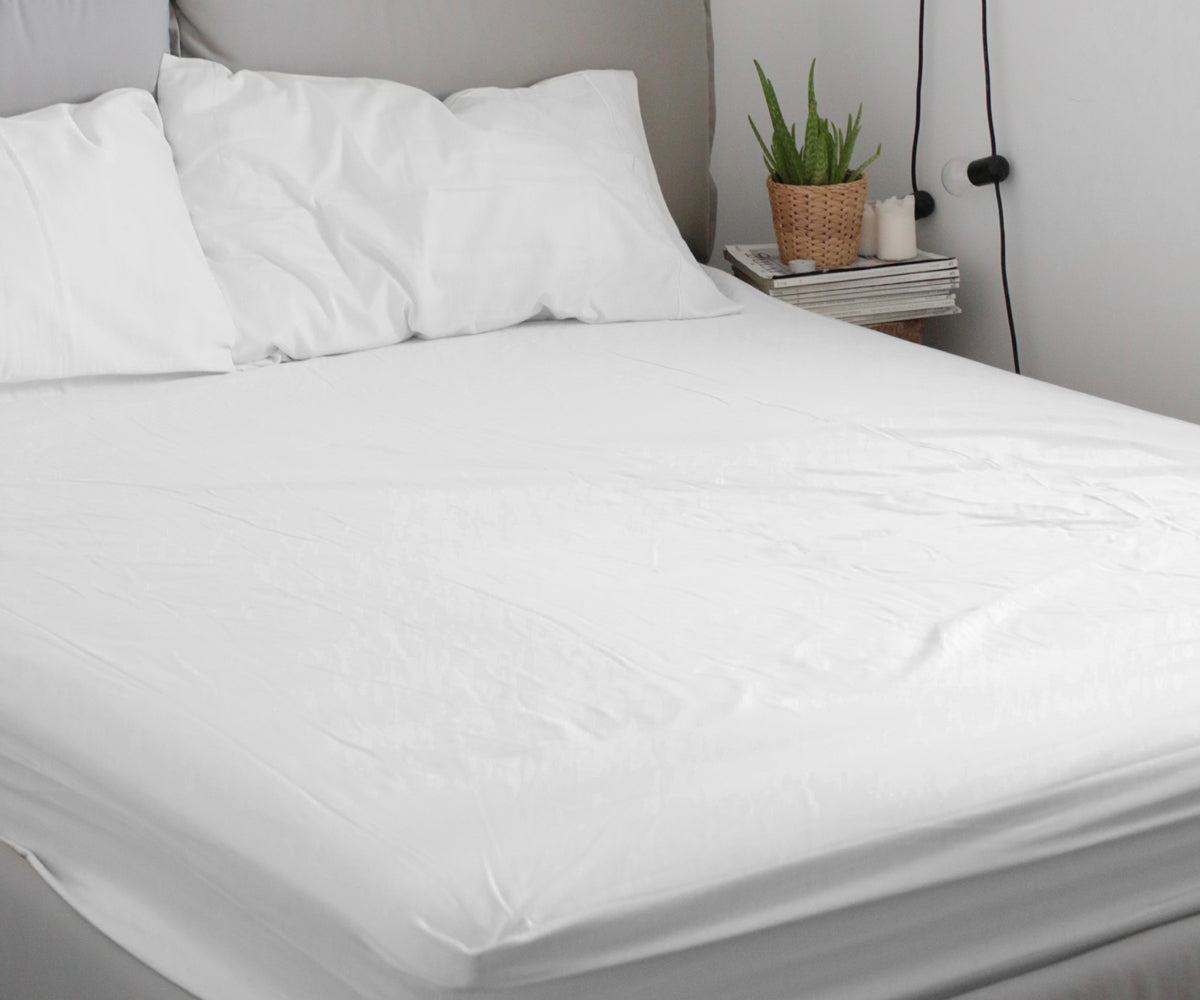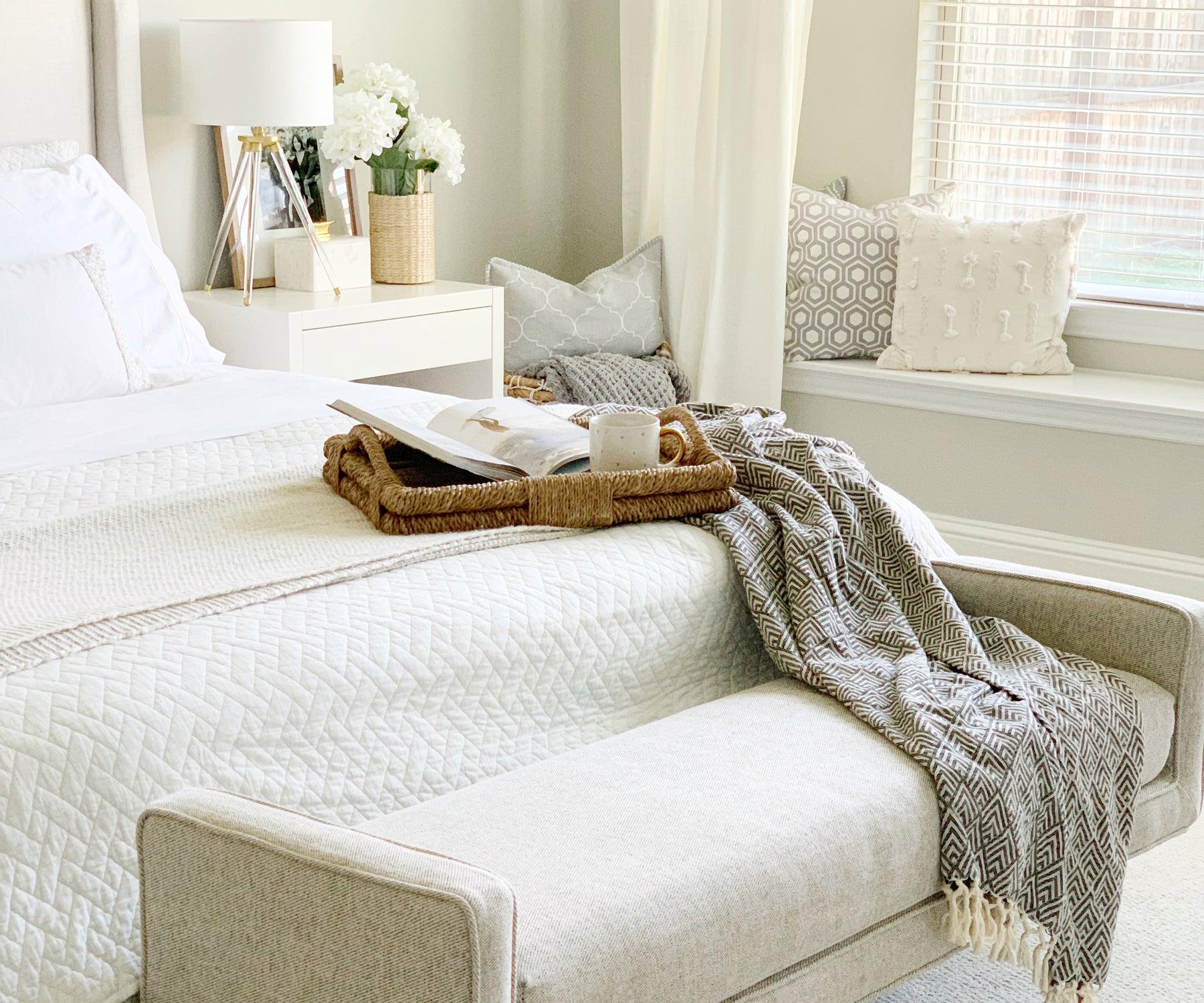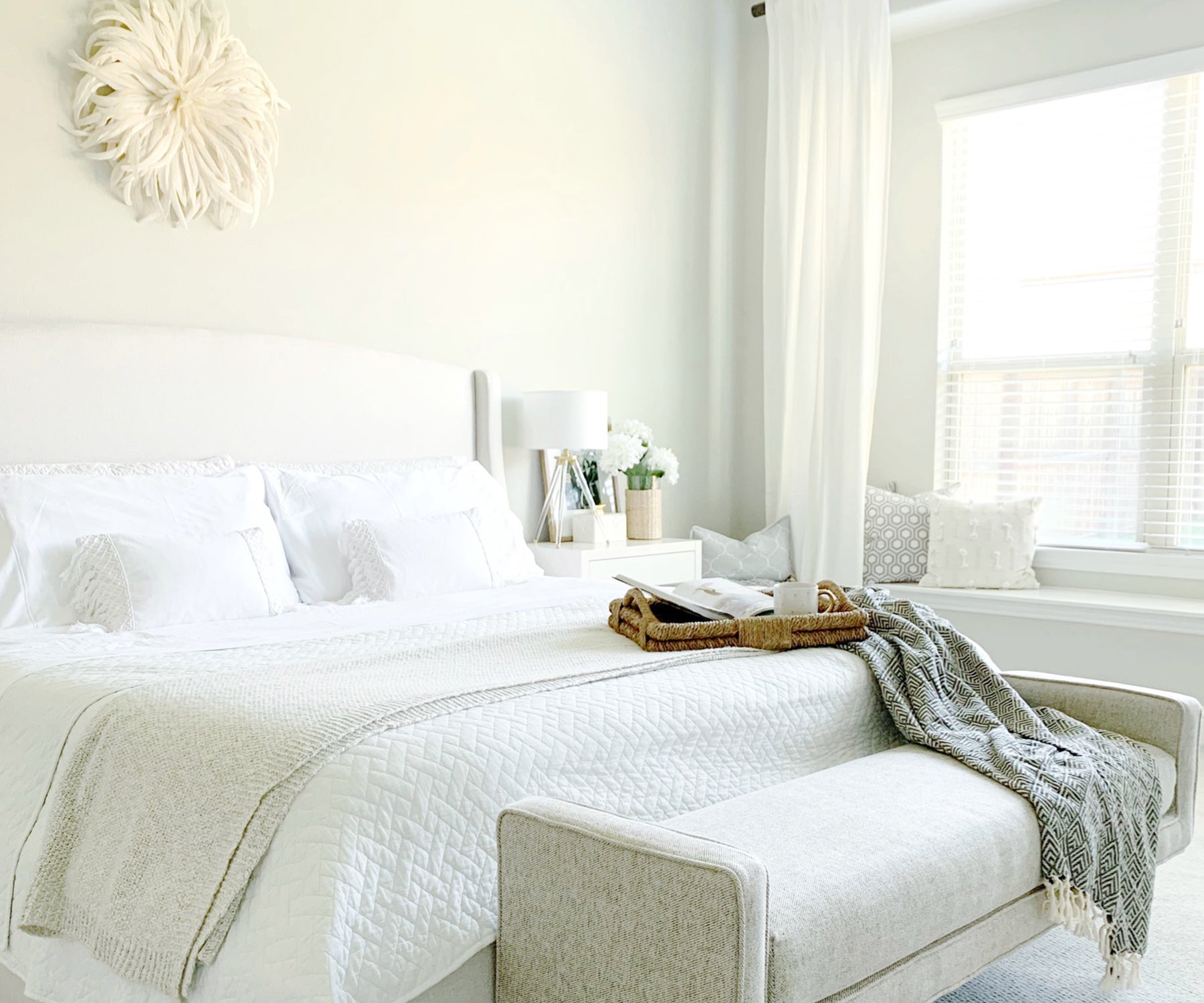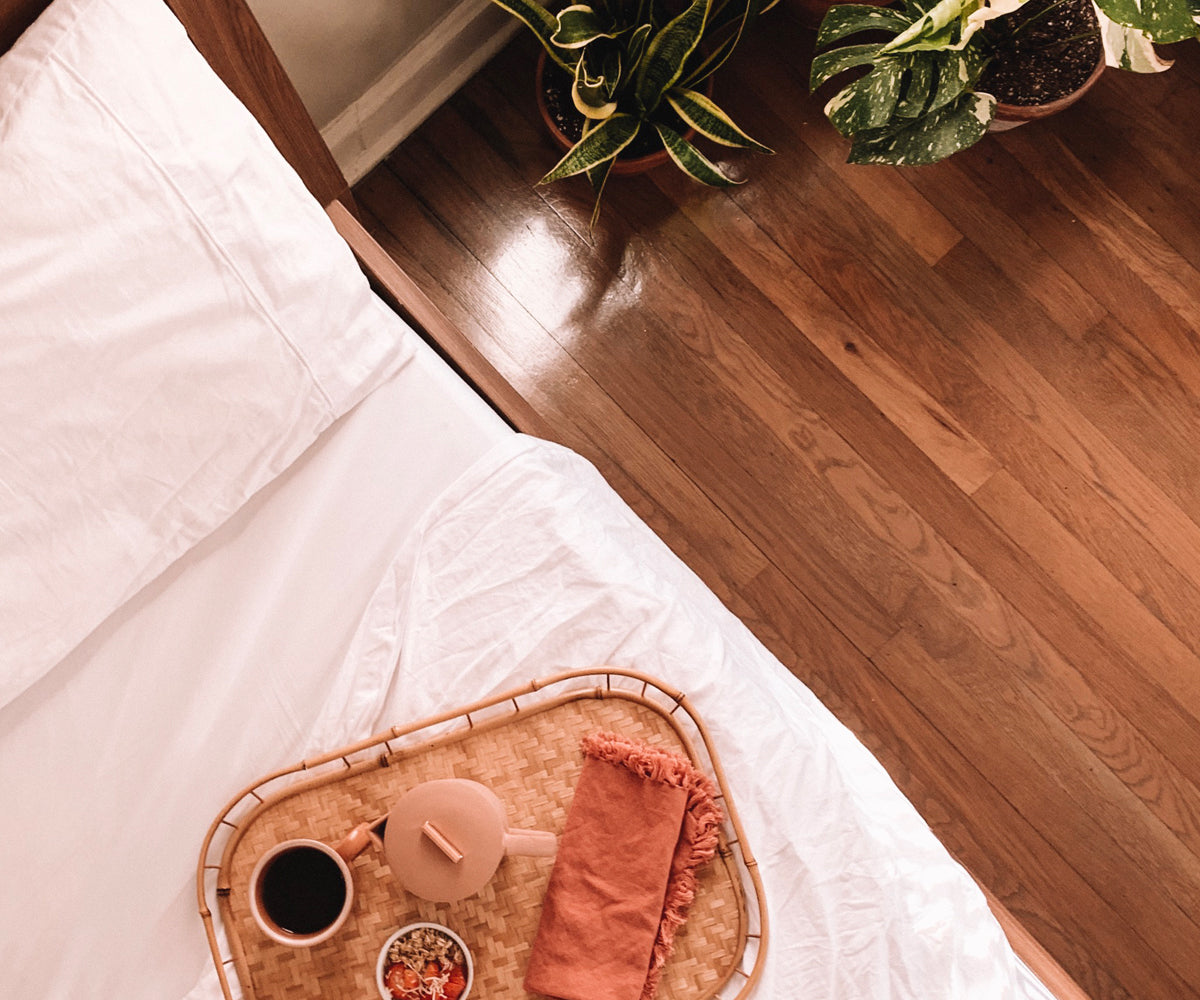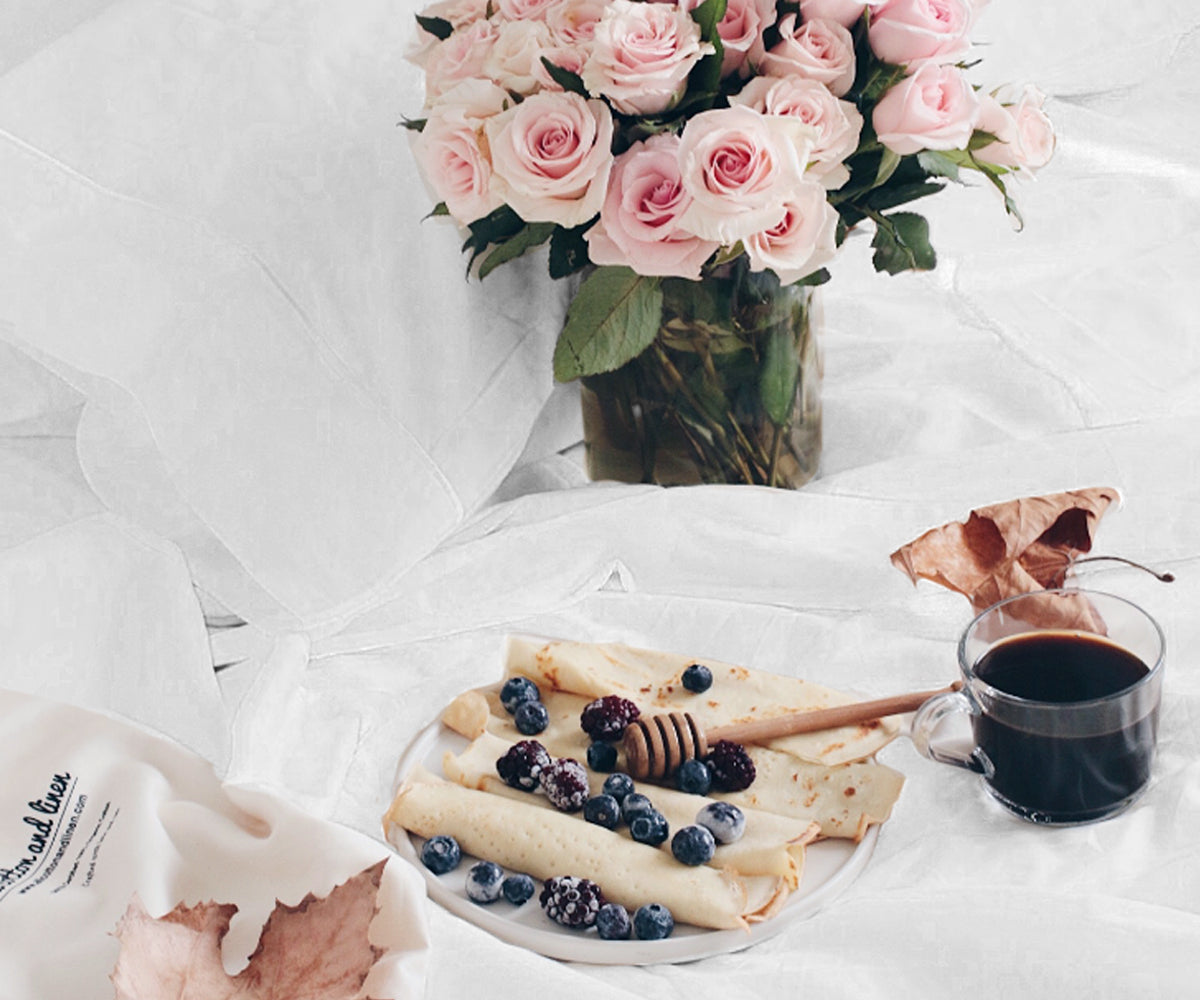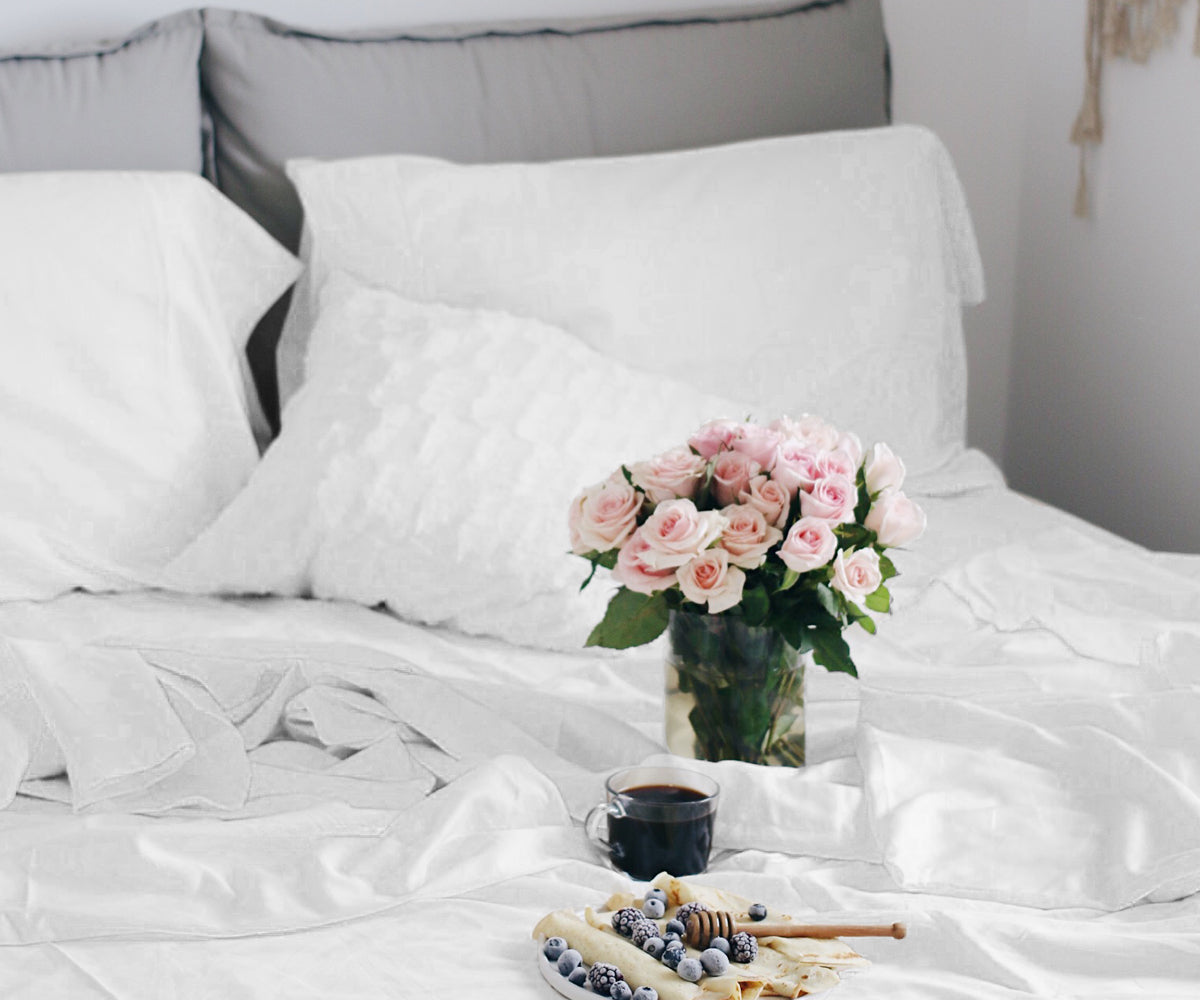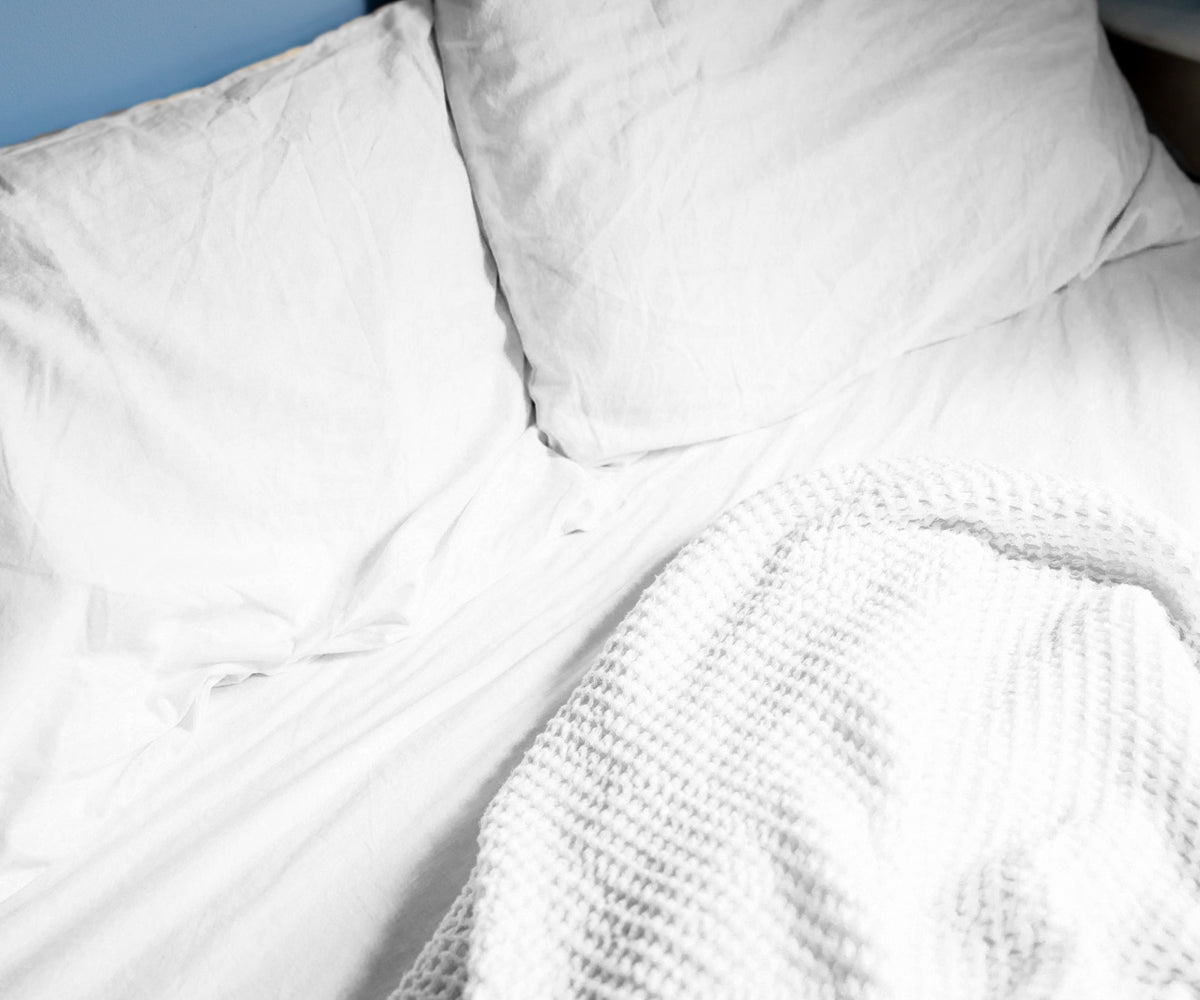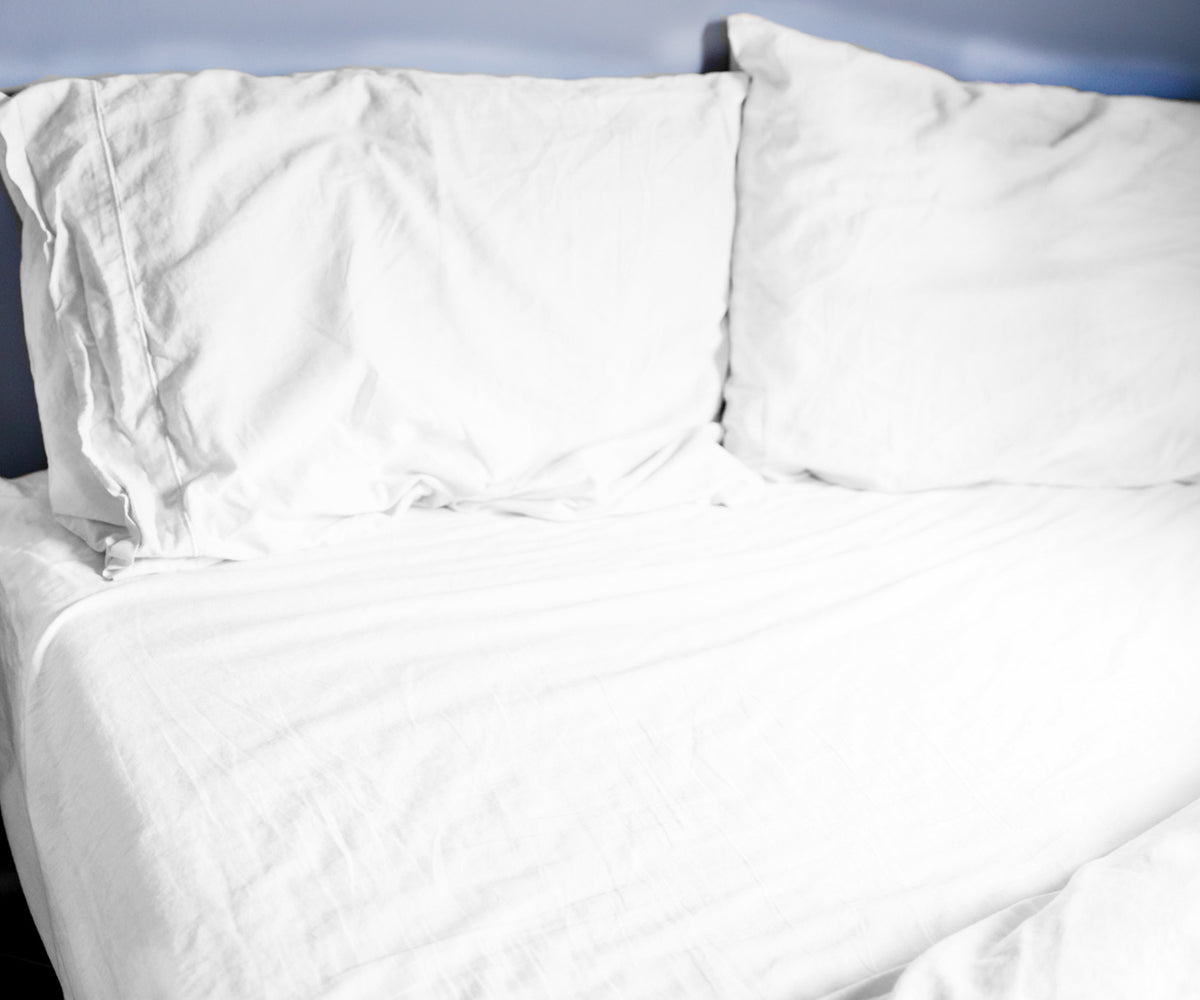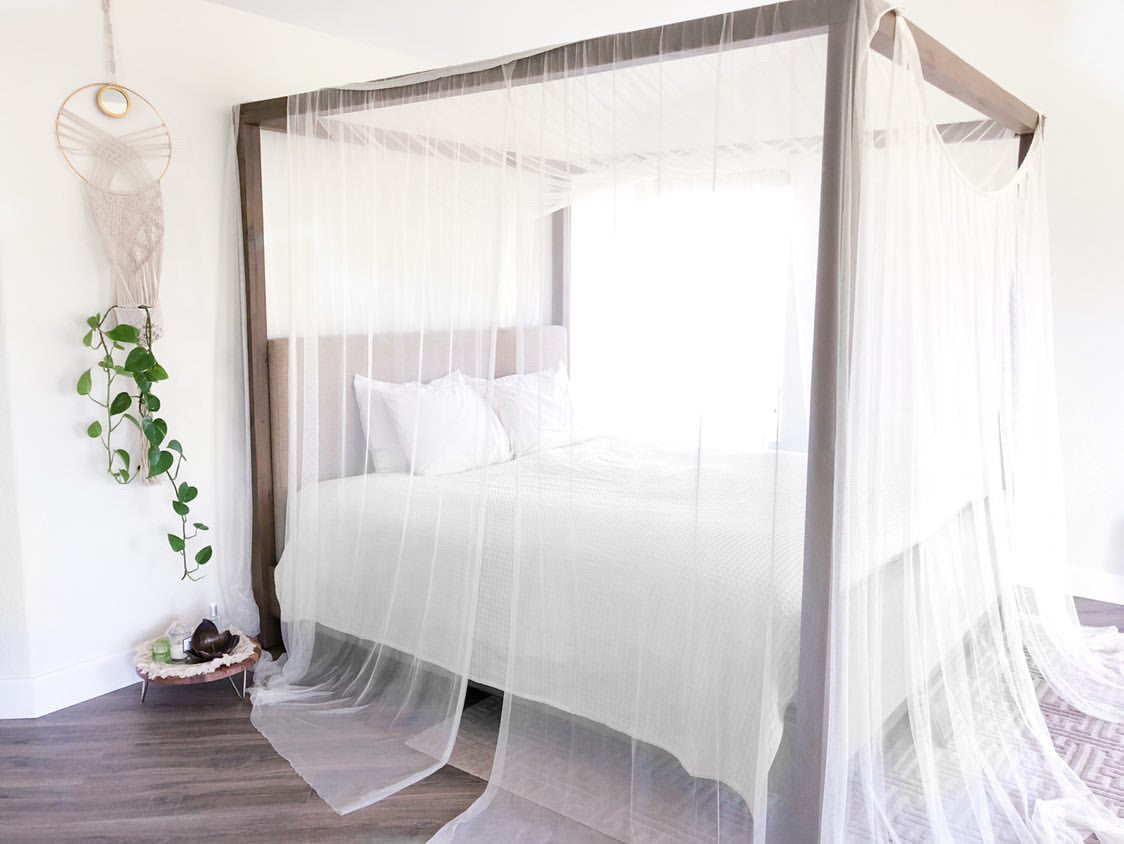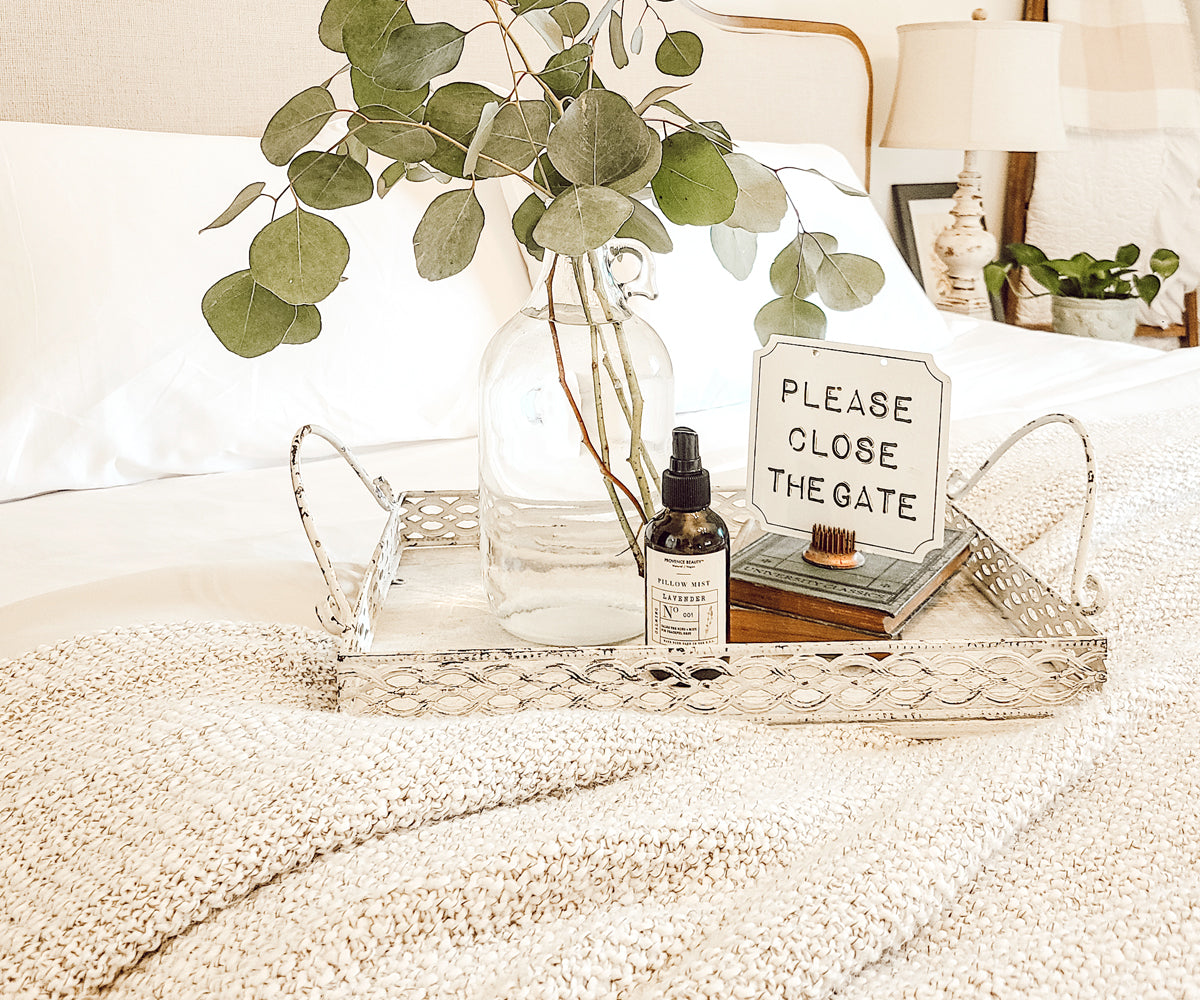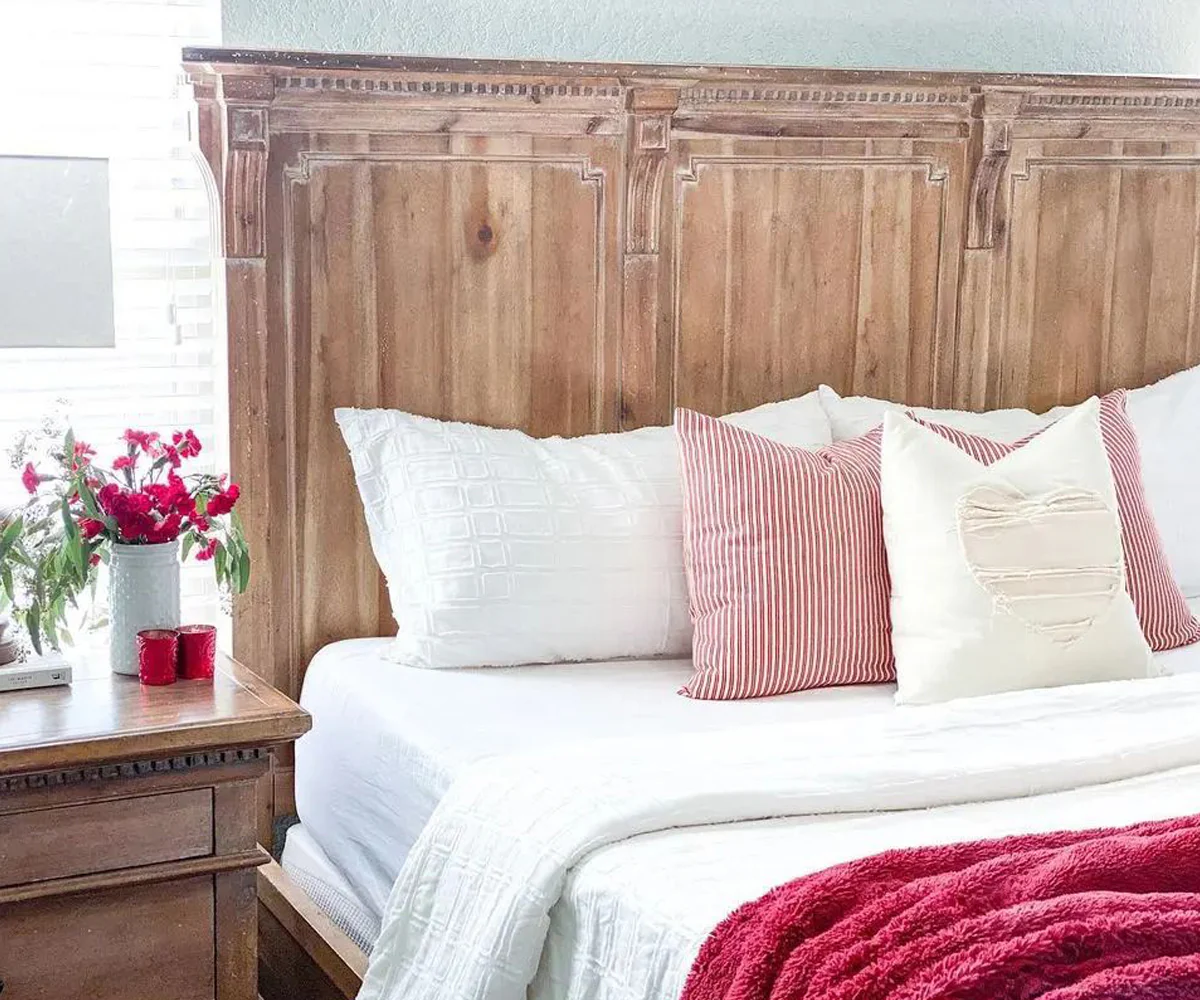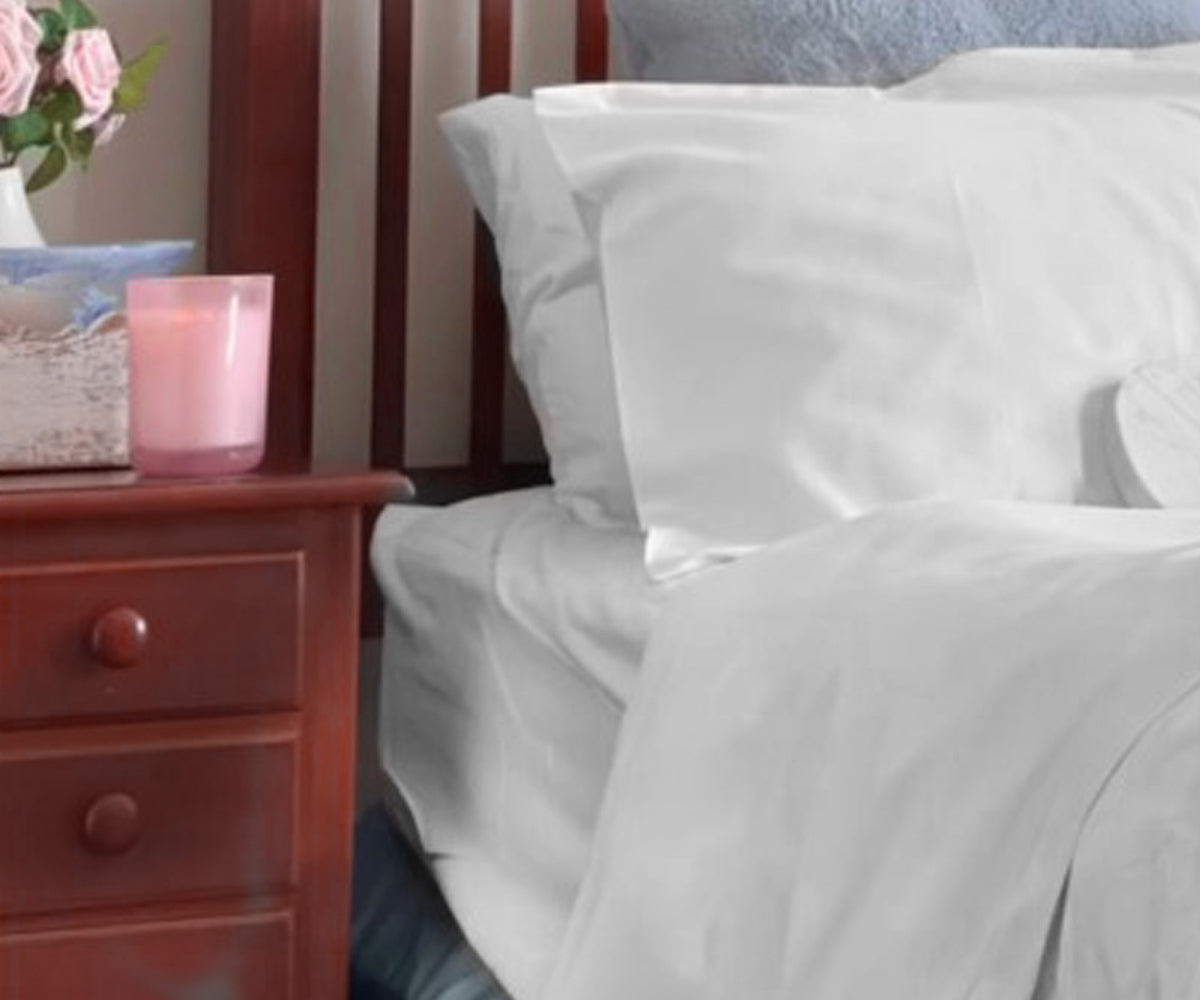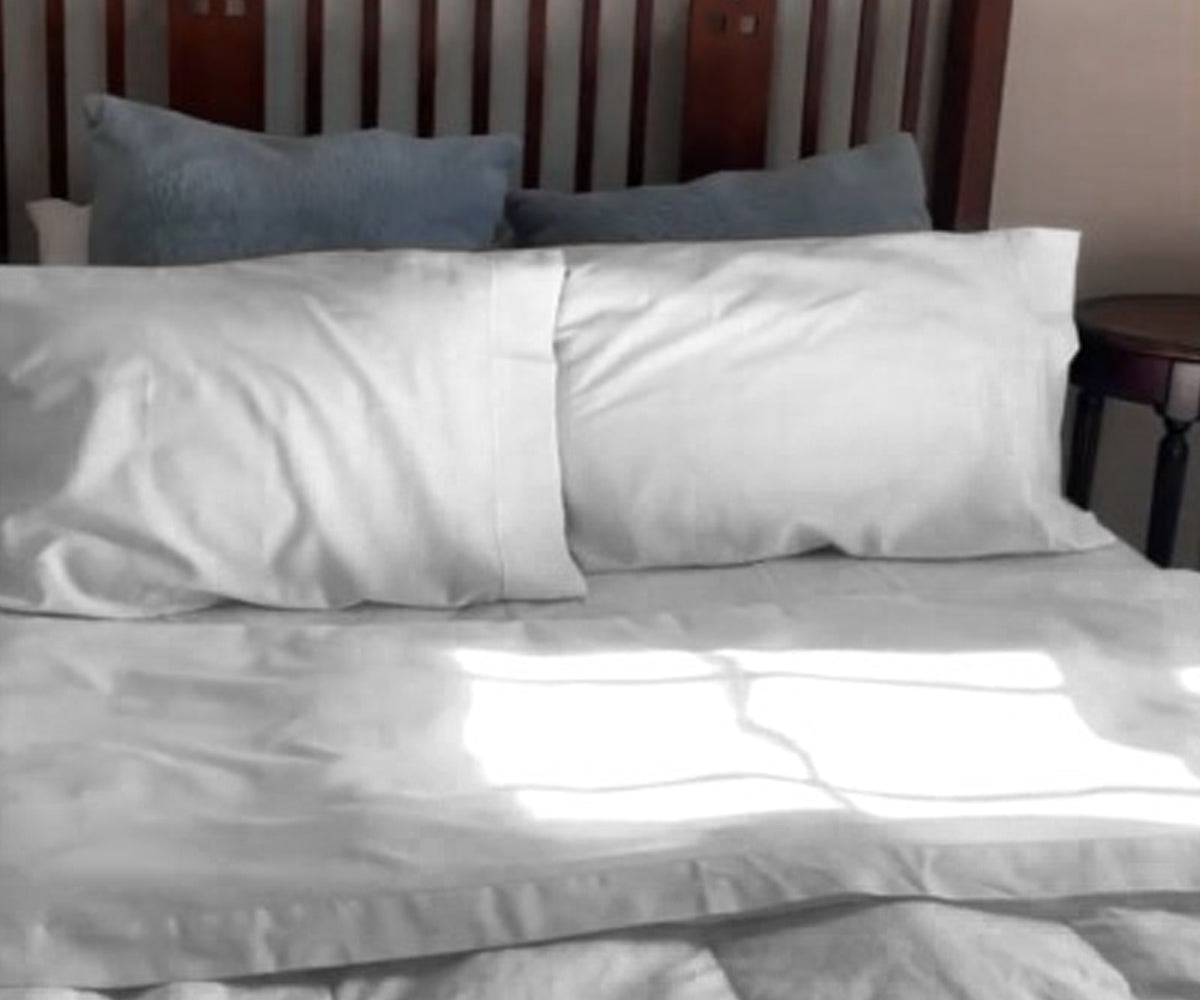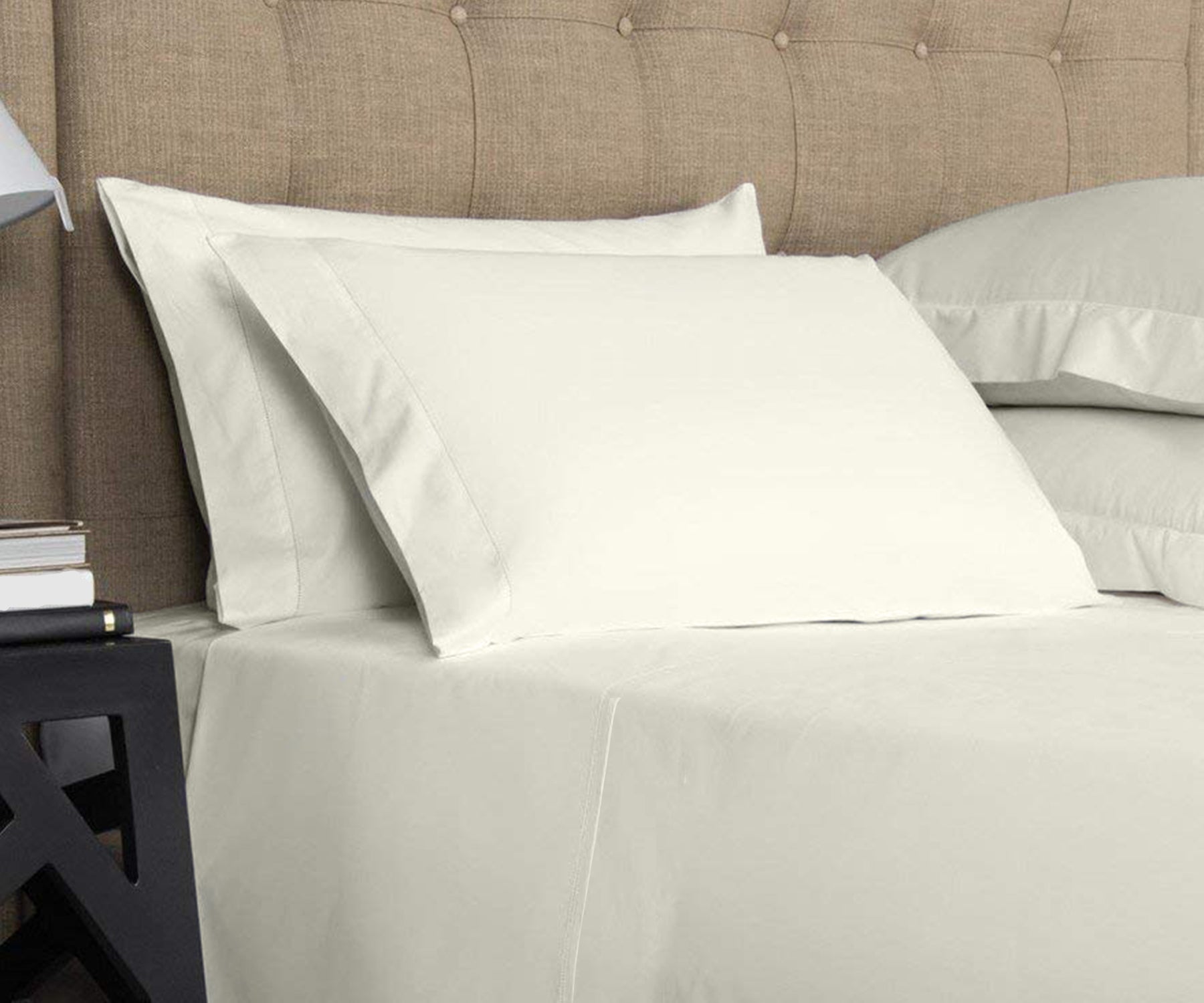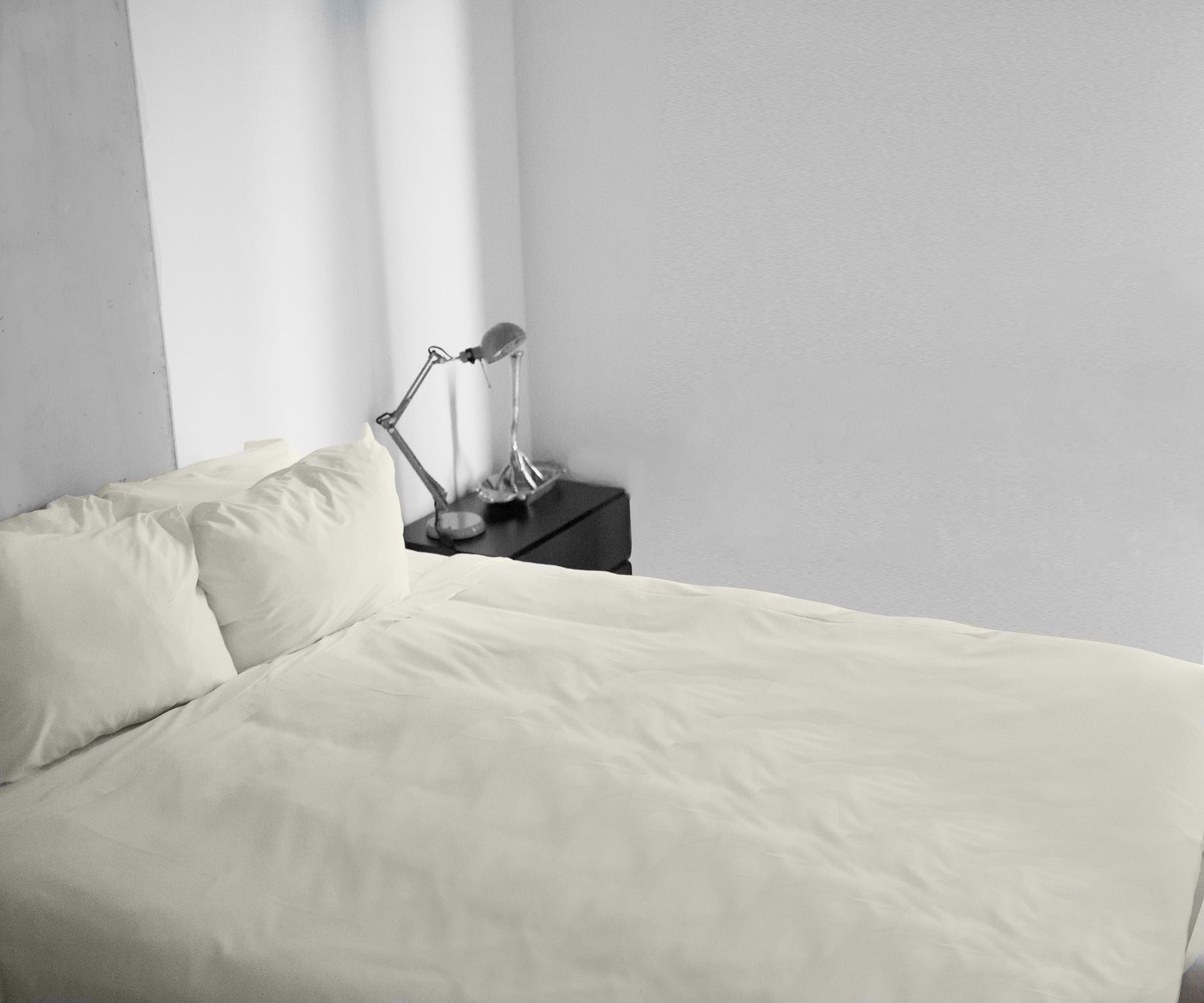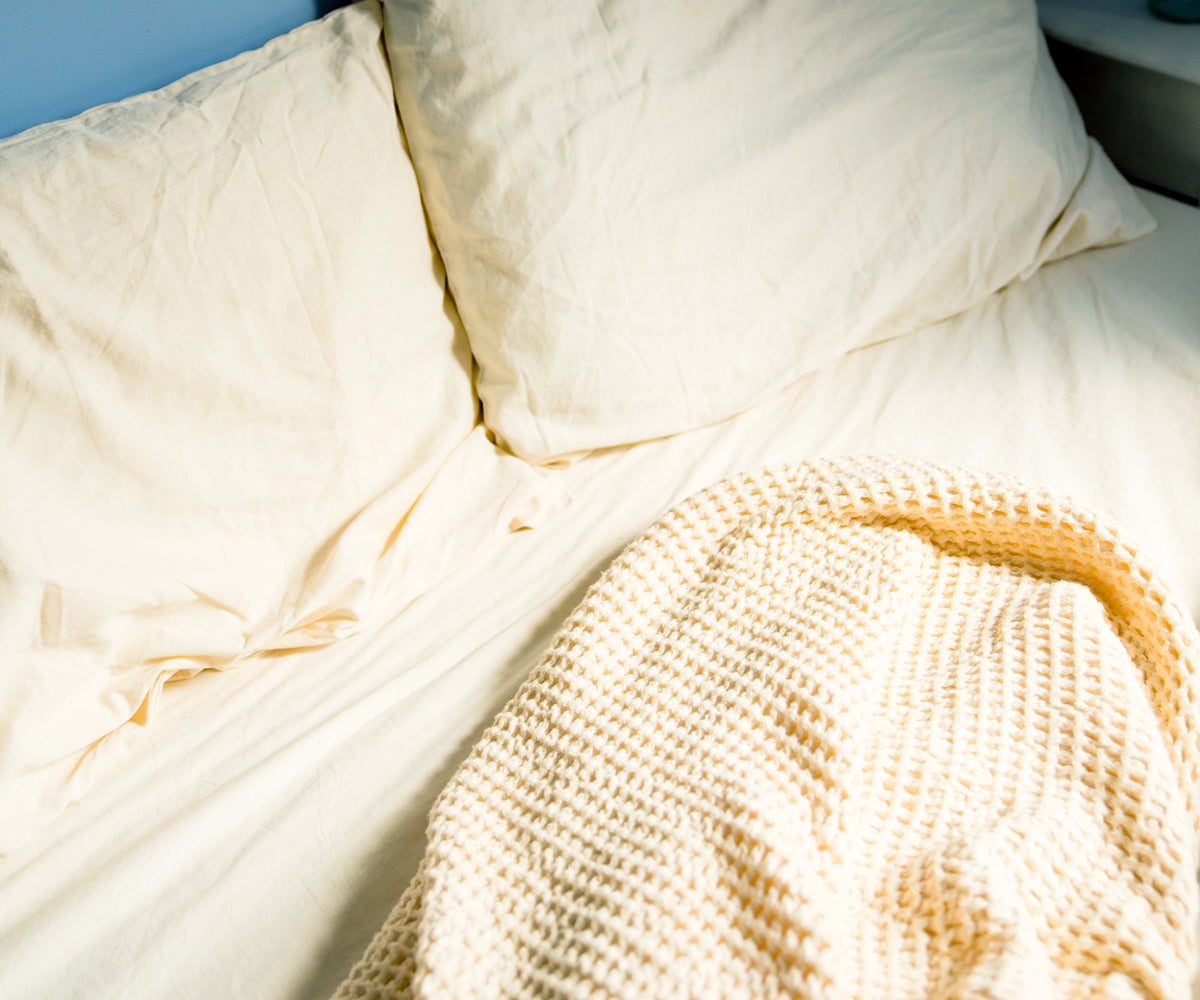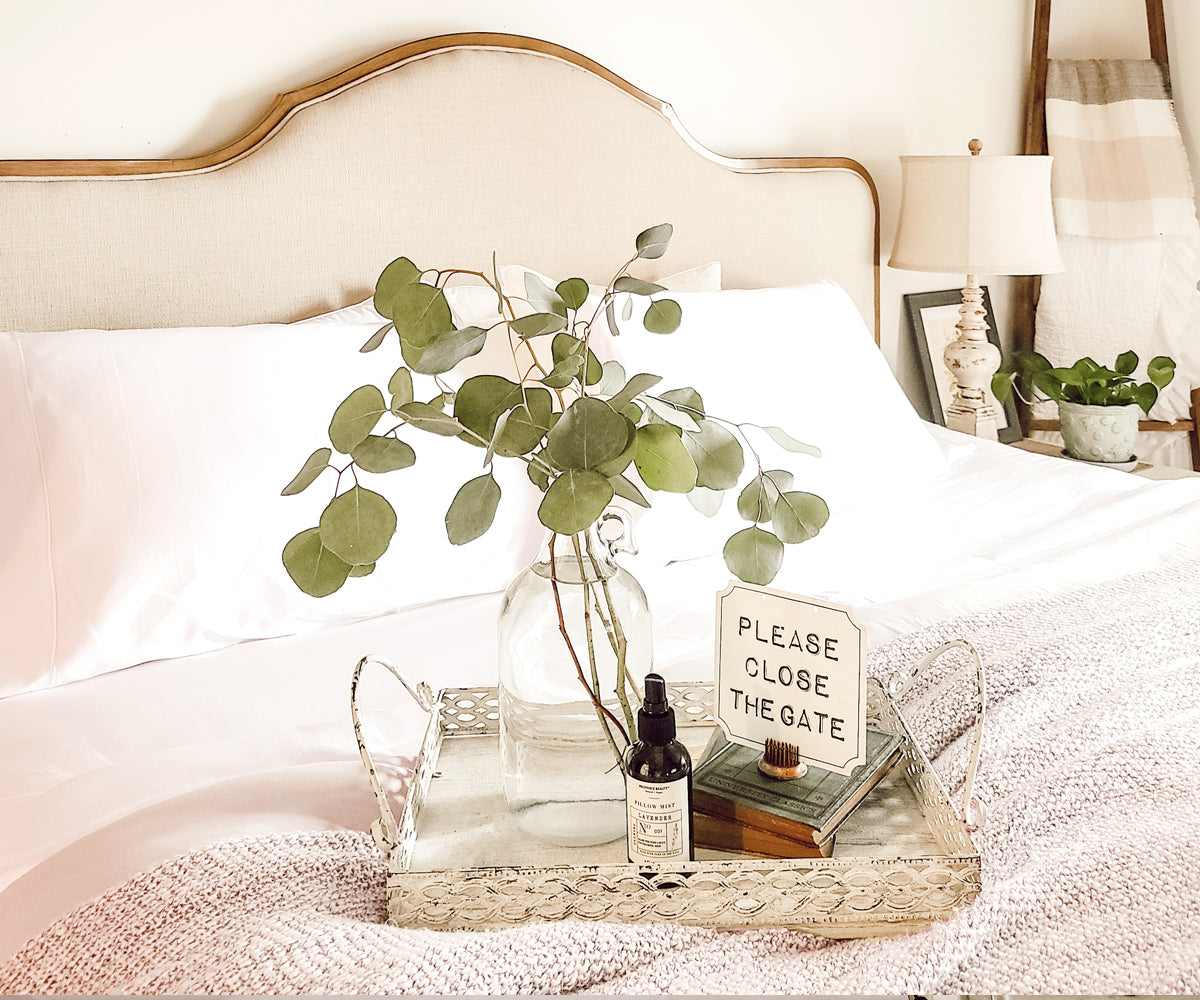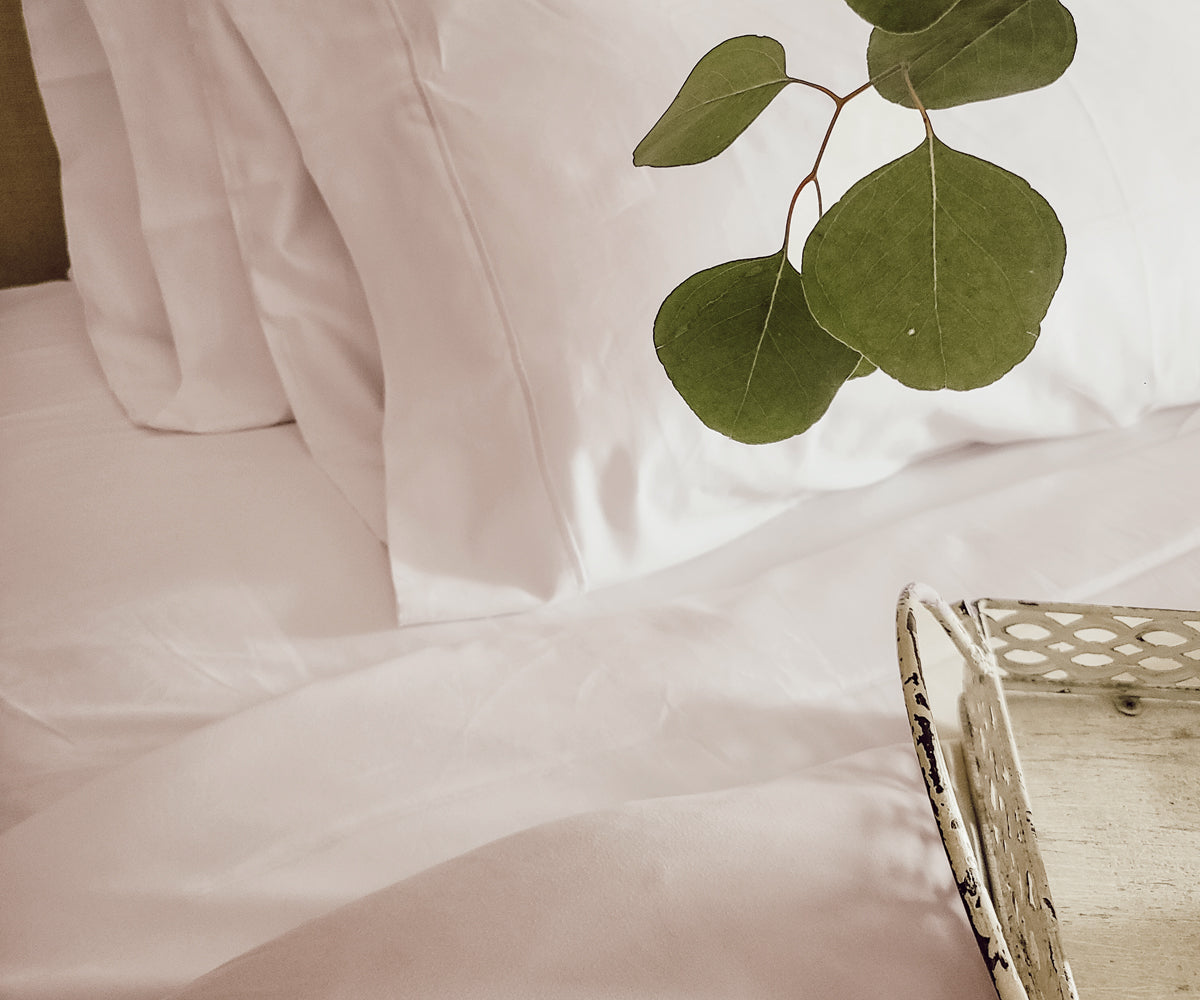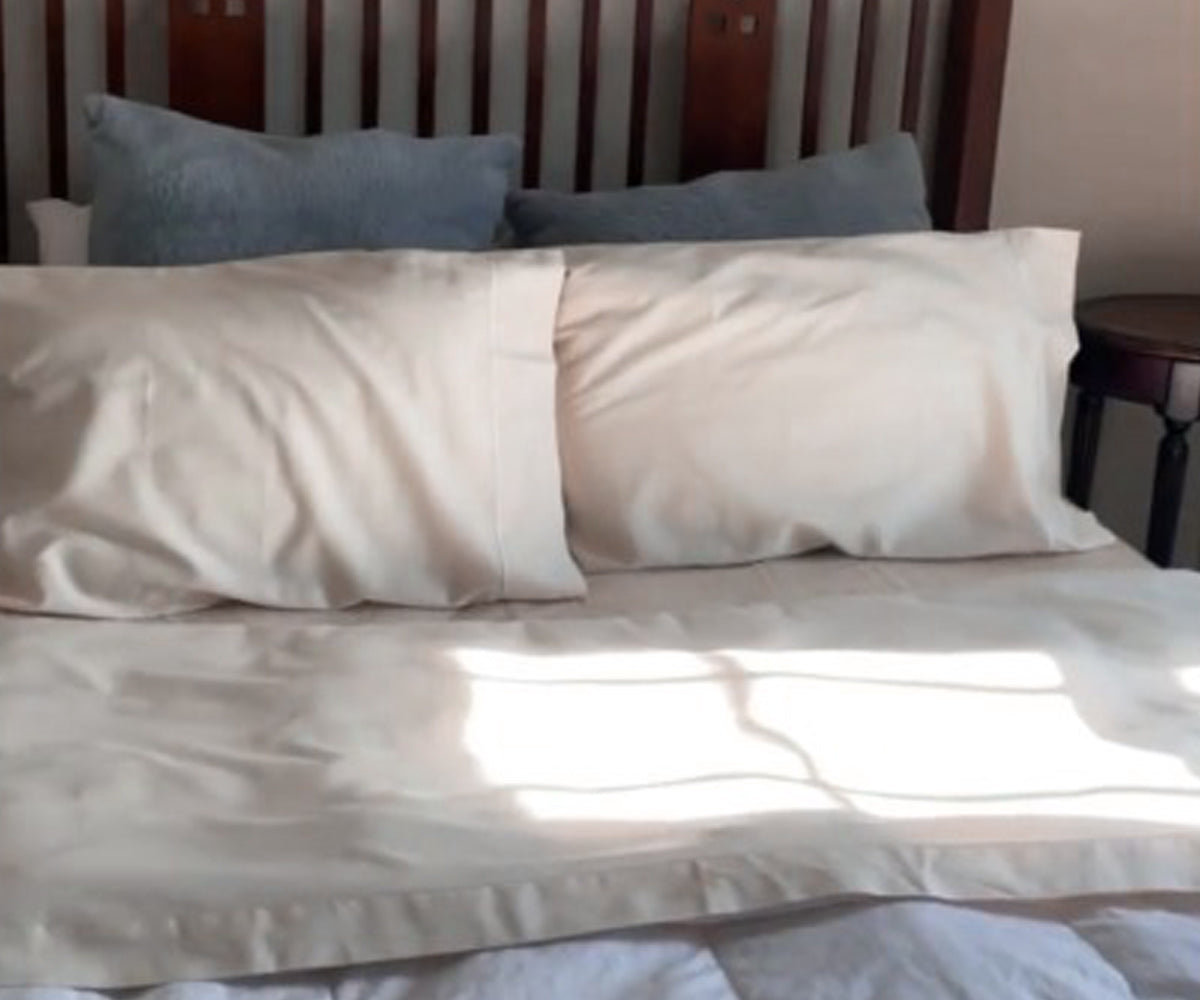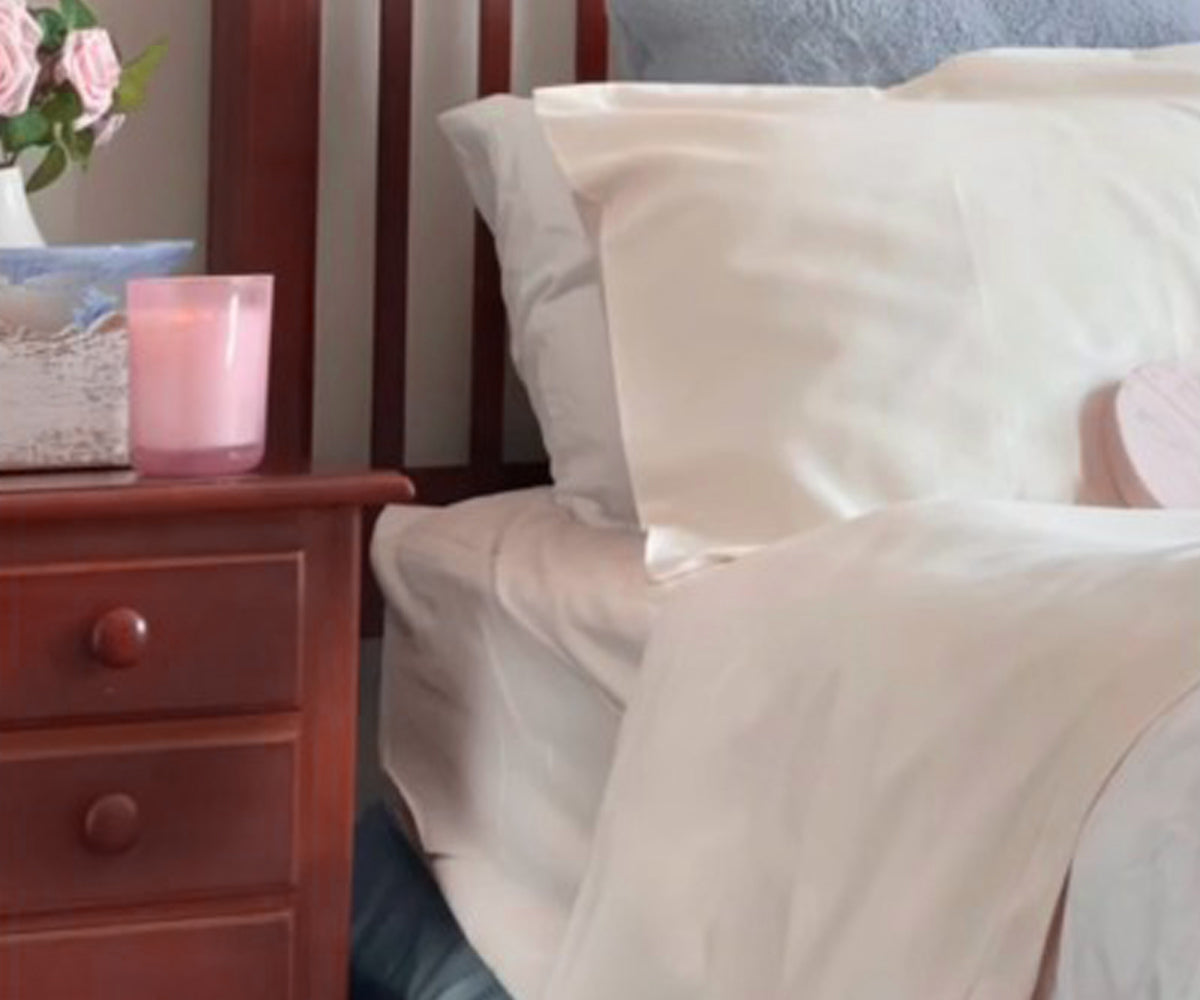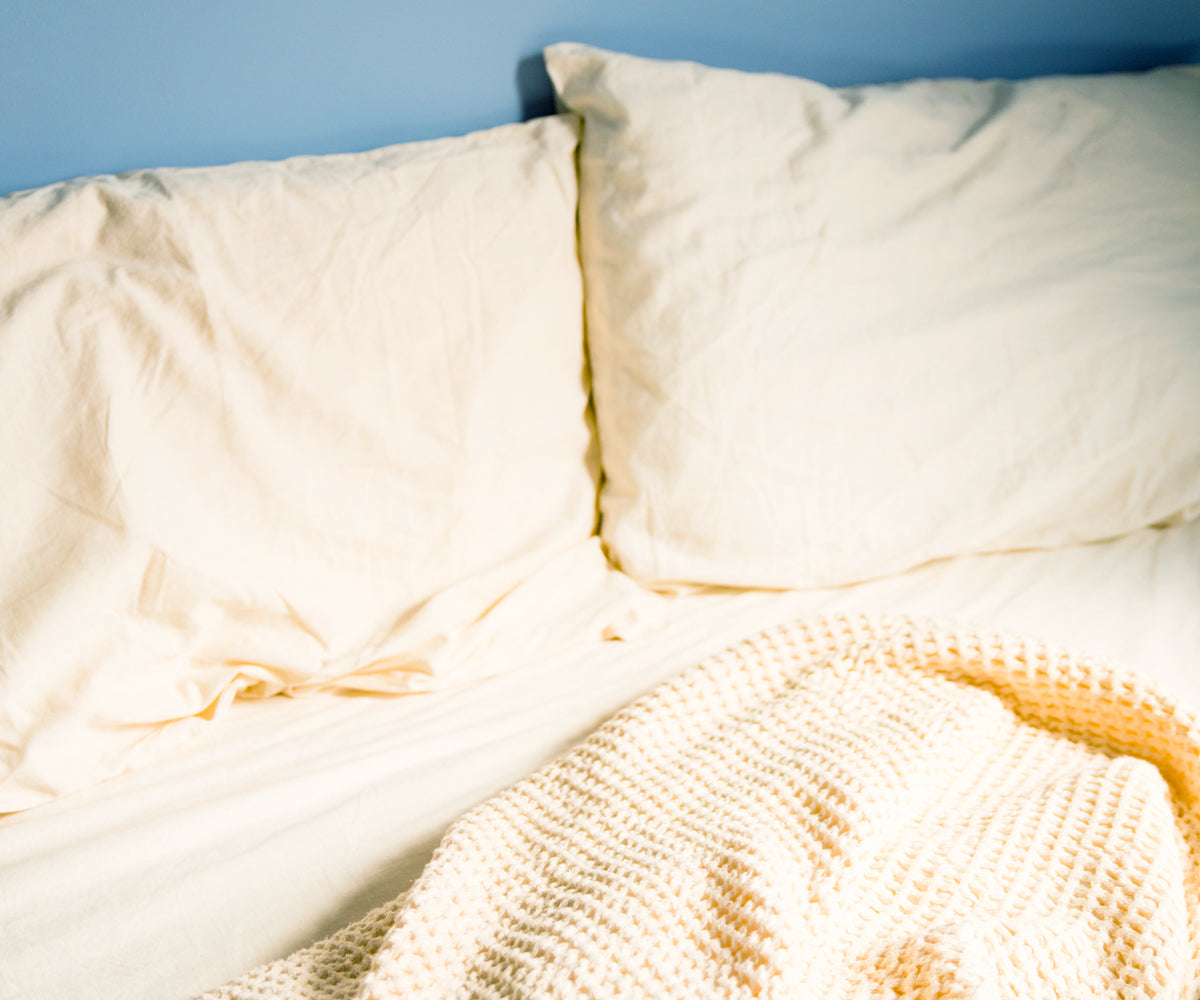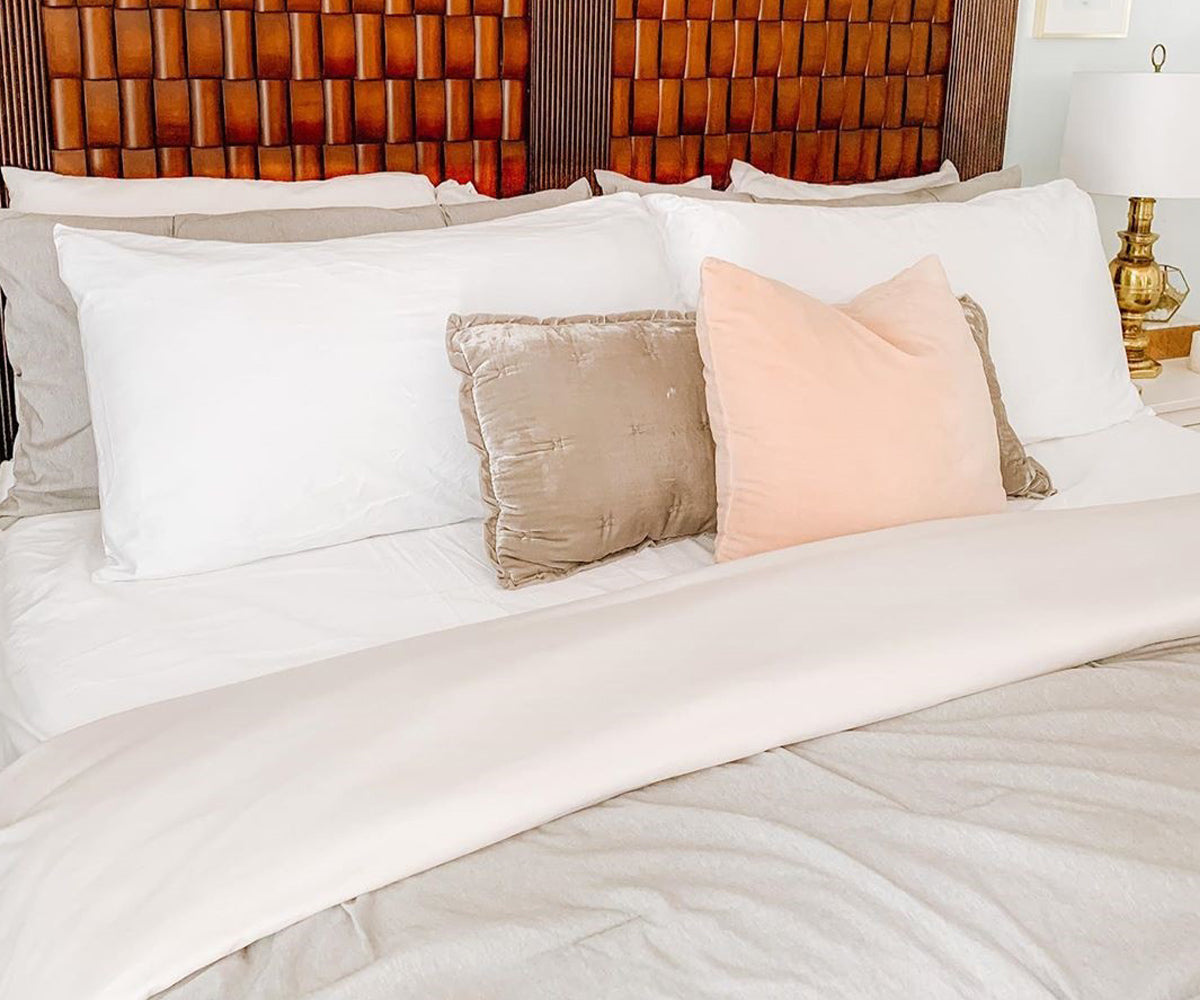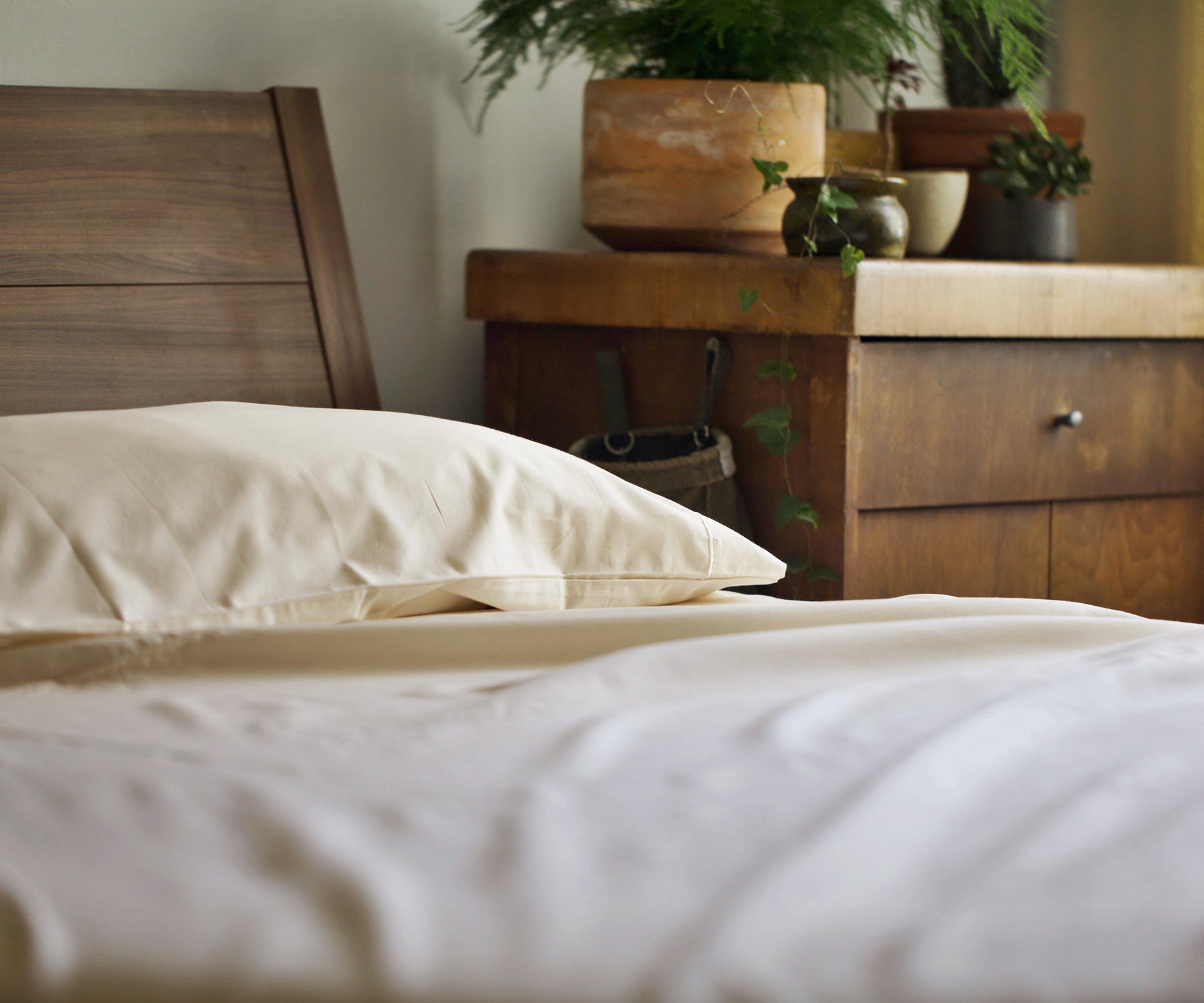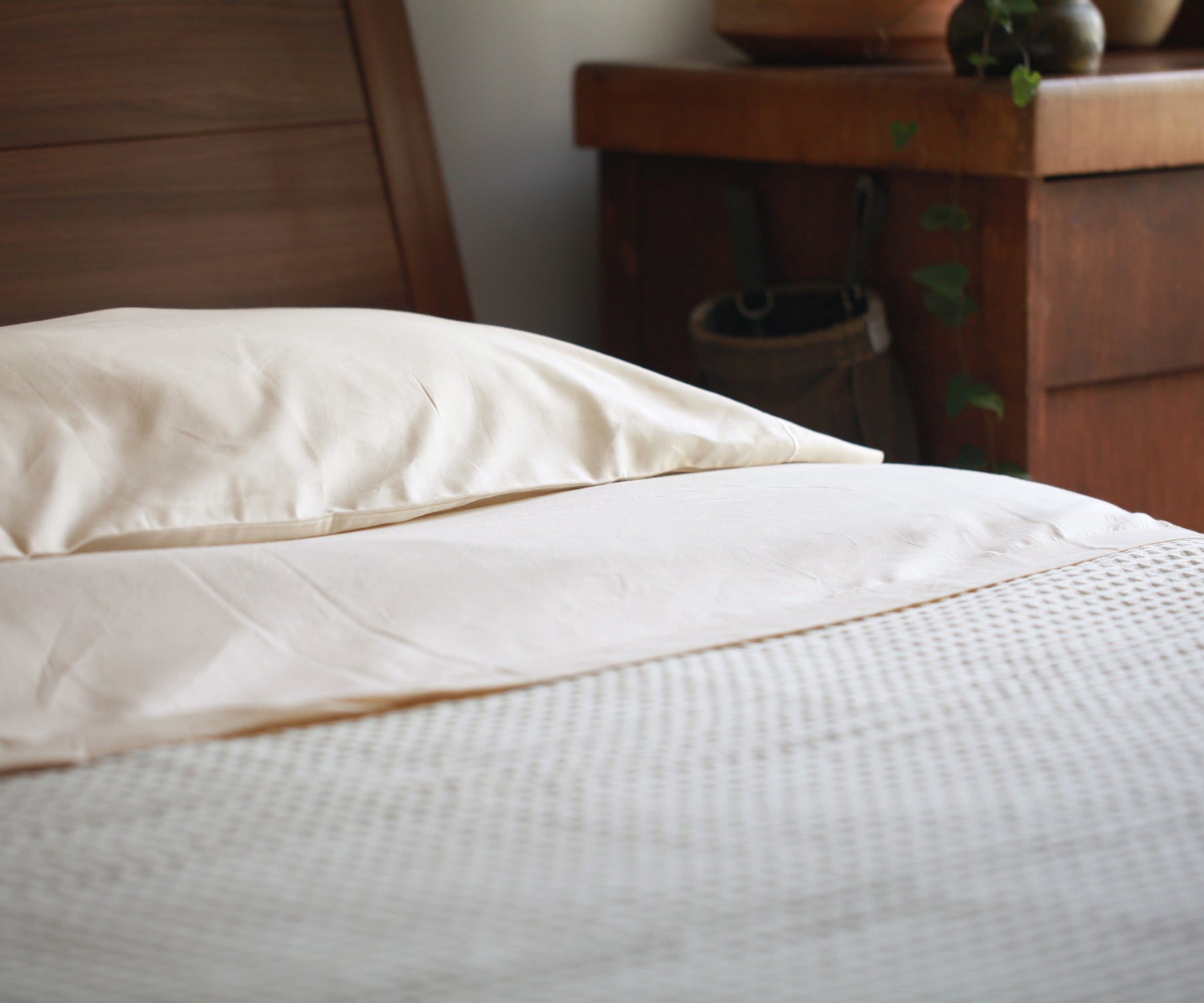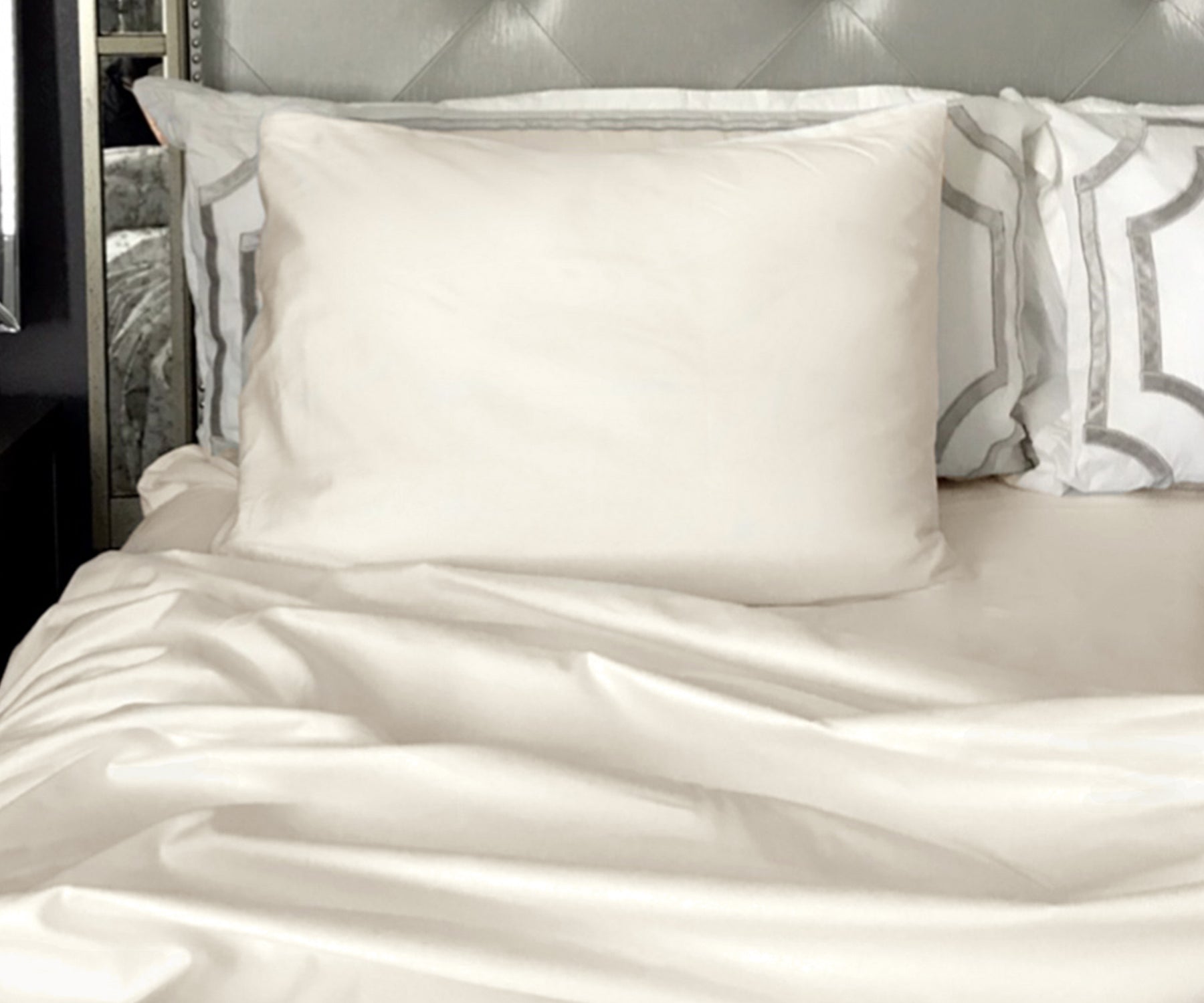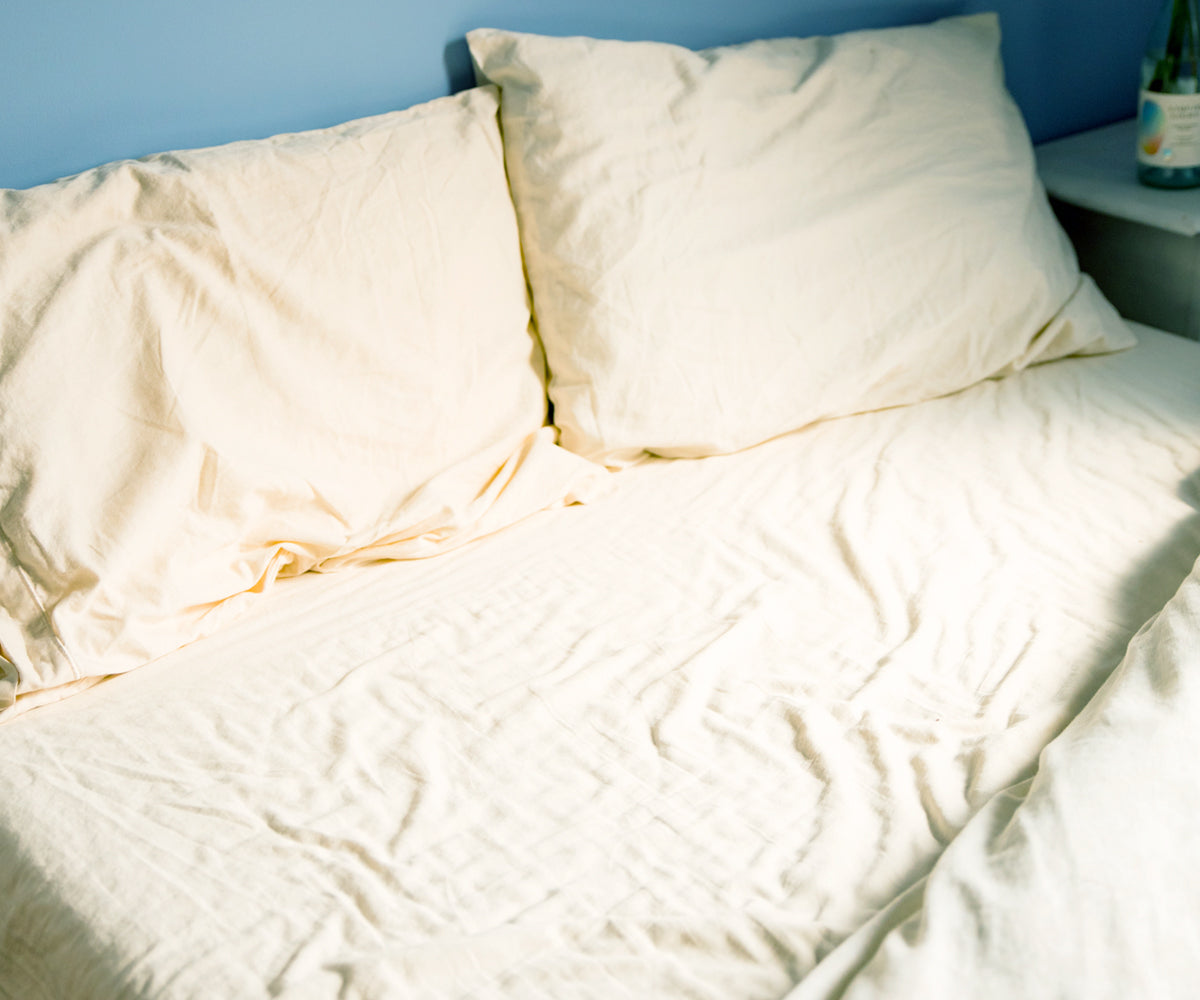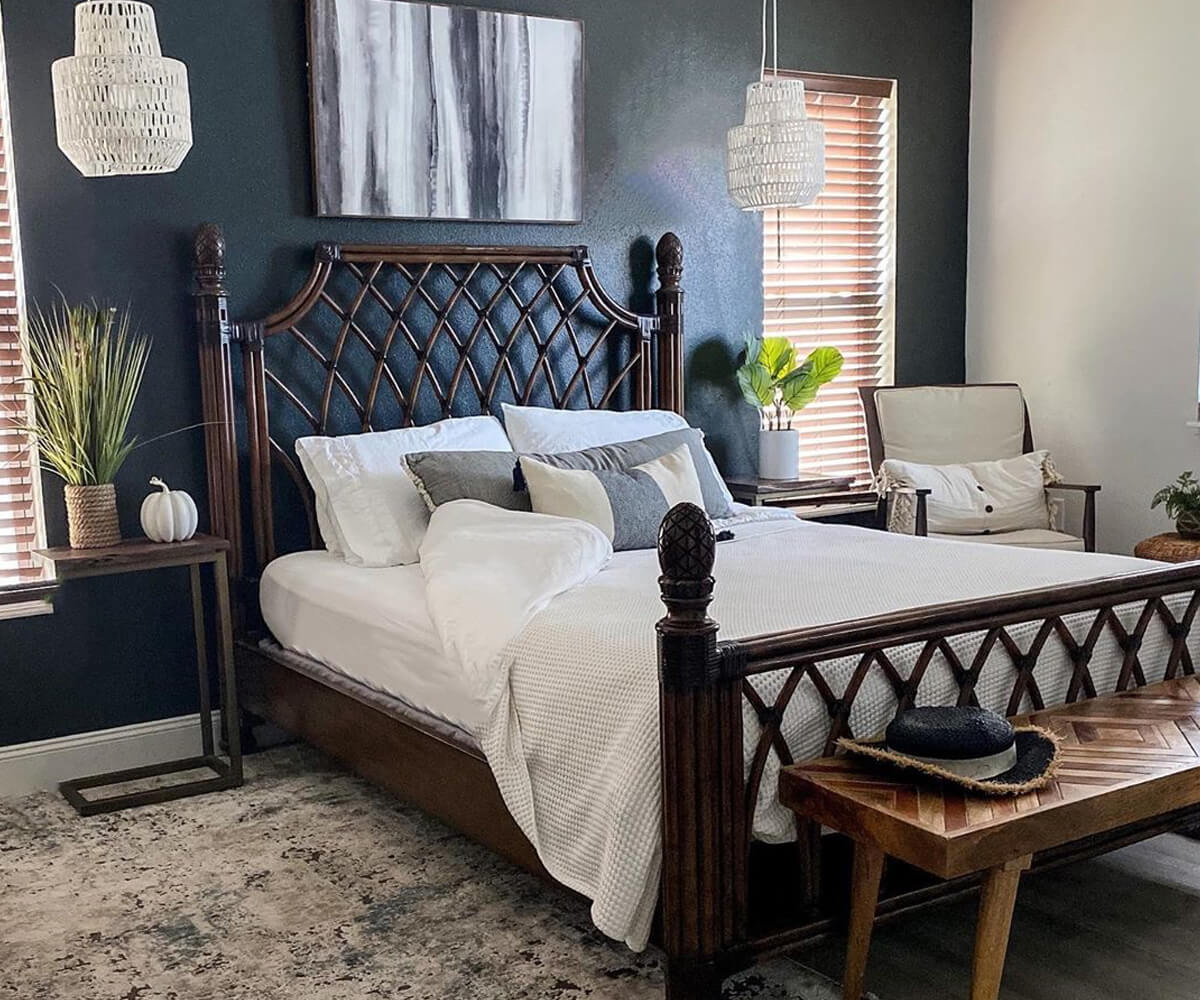Why Proper Care Matters for Linen Sheets
How to Wash Linen Sheets
Washing your linen bedding correctly is the key to keeping it soft and fresh. Here’s how to do it the right way:

Use Cold or Lukewarm Water
Always wash organic linen sheets in cold or lukewarm water. Hot water can weaken the fibers and cause shrinkage.
Choose a Mild Detergent
Harsh detergents can strip natural fibers of their softness. Opt for a gentle, eco-friendly detergent to protect the fabric.
Wash on a Gentle Cycle
Select the delicate or gentle cycle on your washing machine to prevent unnecessary friction. This helps maintain the integrity of the fabric.
Avoid Overloading the Machine
Overloading can prevent the sheets from washing properly and cause wrinkles. Give your queen linen sheets or king linen sheets enough space to move freely.
Skip Fabric Softeners and Bleach
Fabric softeners leave residue that can make linen feel stiff. Bleach weakens the fibers and should be avoided.
Also Read: Is Organic Cotton Sheet Necessary? What Are the Benefits of Organic Cotton Sheets?
How to Dry Linen Sheets Properly
Drying is just as important as washing when it comes to cleaning linen sheets. Here’s how to do it the right way:

Air Dry for the Best Results
The best method for drying linen is air drying. Hang your sheets on a clothesline or drying rack in a shaded area to prevent fading.
Use a Low Heat Setting if Using a Dryer
If air drying isn’t an option, use a tumble dryer on a low heat or delicate setting. High heat can cause shrinkage and make the fabric feel rough.
Remove While Slightly Damp
Take your best linen sheets out of the dryer while they are still slightly damp. This prevents over-drying, which can make them stiff and wrinkled.
Shake and Smooth Before Folding
Give the sheets a good shake before folding or placing them on your bed. This helps prevent deep wrinkles.
You May Also Like: A Creative Fitted Sheet Folding: 5 Hacks to Try
How Often Should You Wash Linen Sheets?
Linen bedding should be washed every one to two weeks, depending on use. If you sweat a lot at night or have allergies, washing them weekly is ideal.
How to Keep Linen Sheets Soft Over Time
Proper care doesn’t stop after washing and drying. Here are some tips to keep your organic linen sheets soft and comfortable:
-
Use Wool Dryer Balls - These help soften fabric naturally in the dryer.
-
Iron with Steam - If needed, use a steam iron on low heat to smooth out wrinkles.
-
Store in a Cool, Dry Place - Avoid plastic bags, which trap moisture and can lead to mildew.
Read More: 10 Benefits of Using Organic Cotton Sheet Set
Considering Cotton Sheets?
While linen sheets are a luxurious choice, some prefer the smooth and crisp feel of cotton sheets. Cotton bedding is softer from the start, requires less maintenance, and is just as breathable. If you love low-maintenance yet cozy bedding, 100% cotton sheets from All Cotton and Linen are an excellent alternative.
Taking care of your queen linen sheets or king linen sheets doesn’t have to be complicated. By washing with mild detergent, using the right drying techniques, and following proper storage methods, your linen sheets will stay soft, breathable, and luxurious for years to come. Invest in quality linen and treat it well—it’s worth it!


